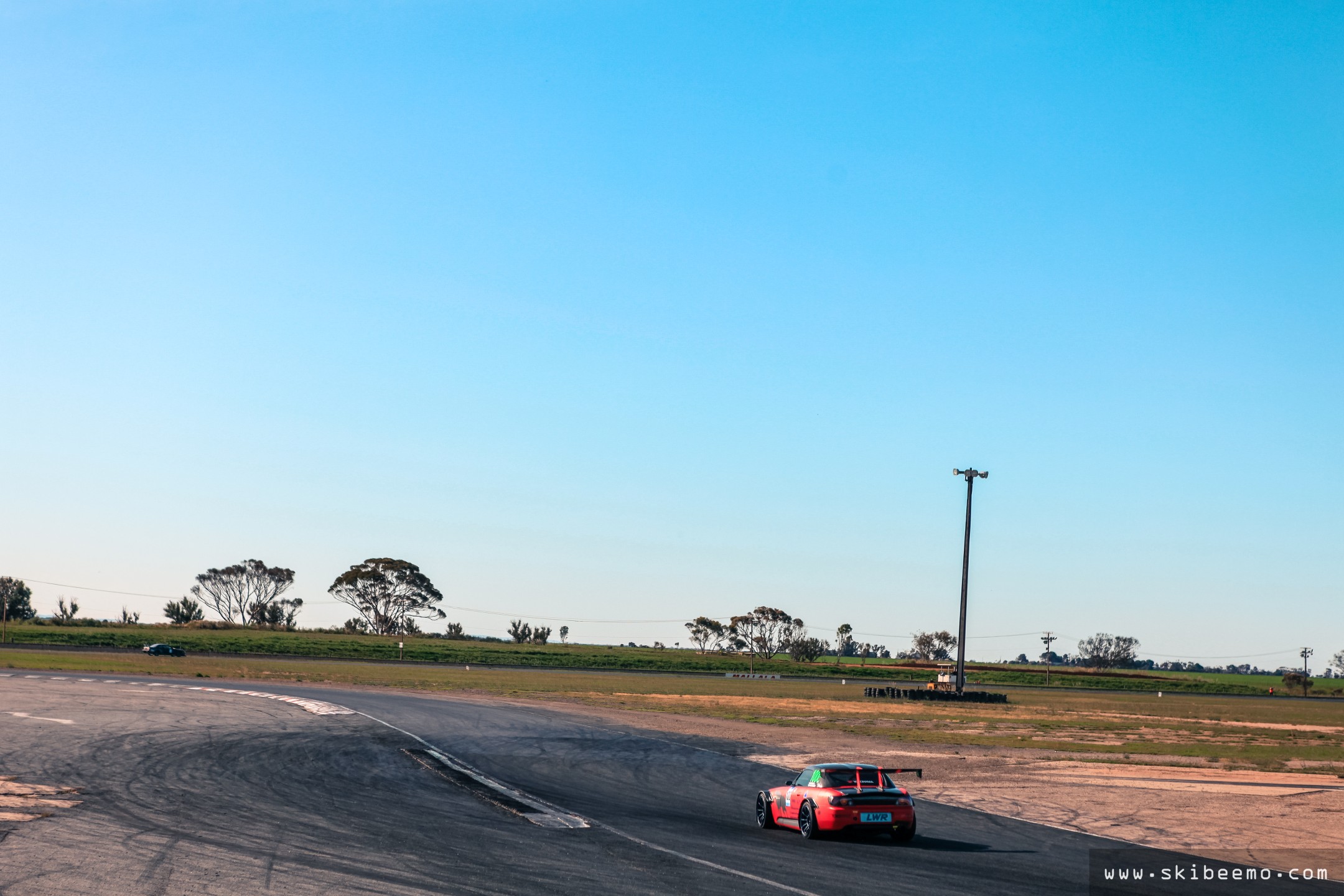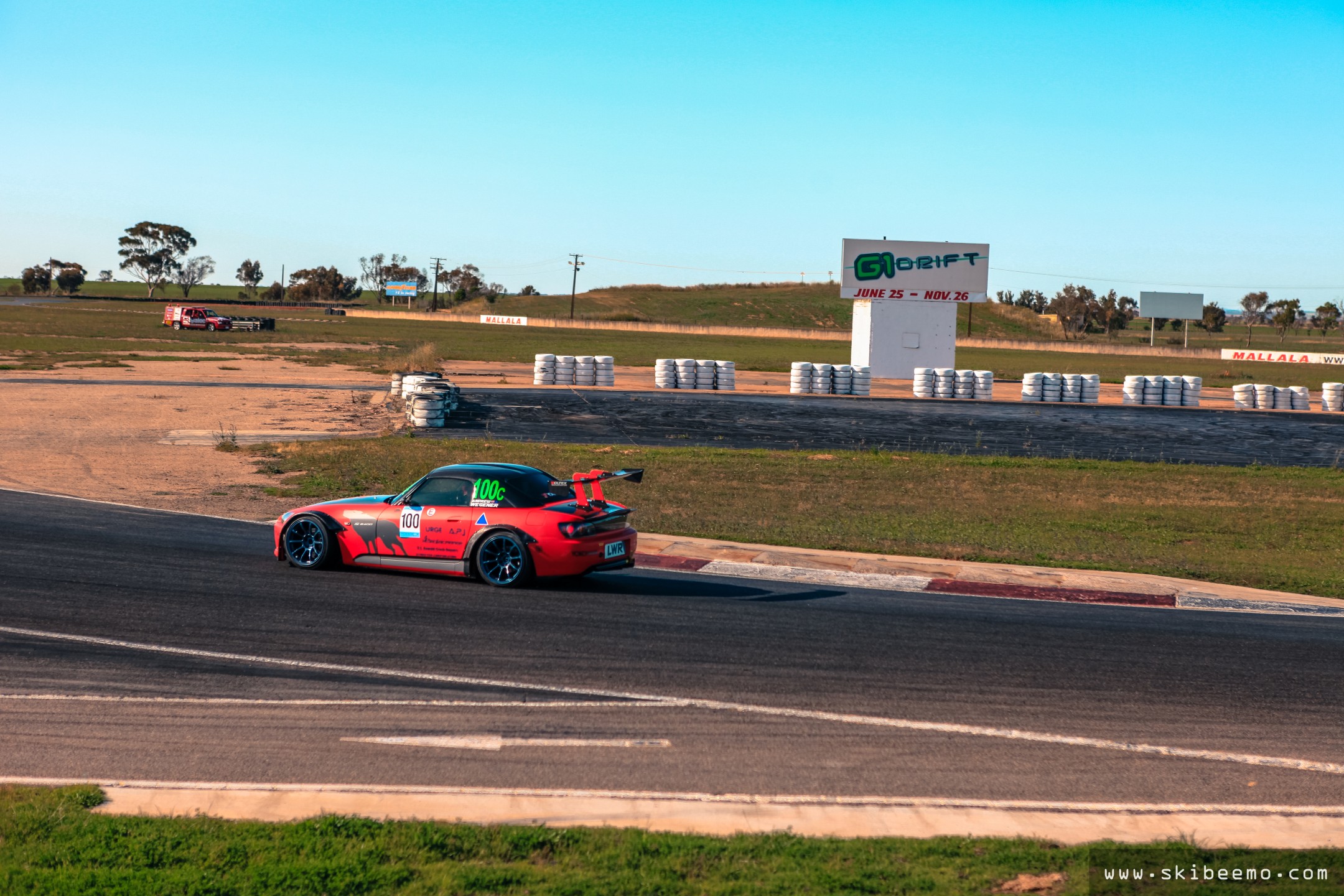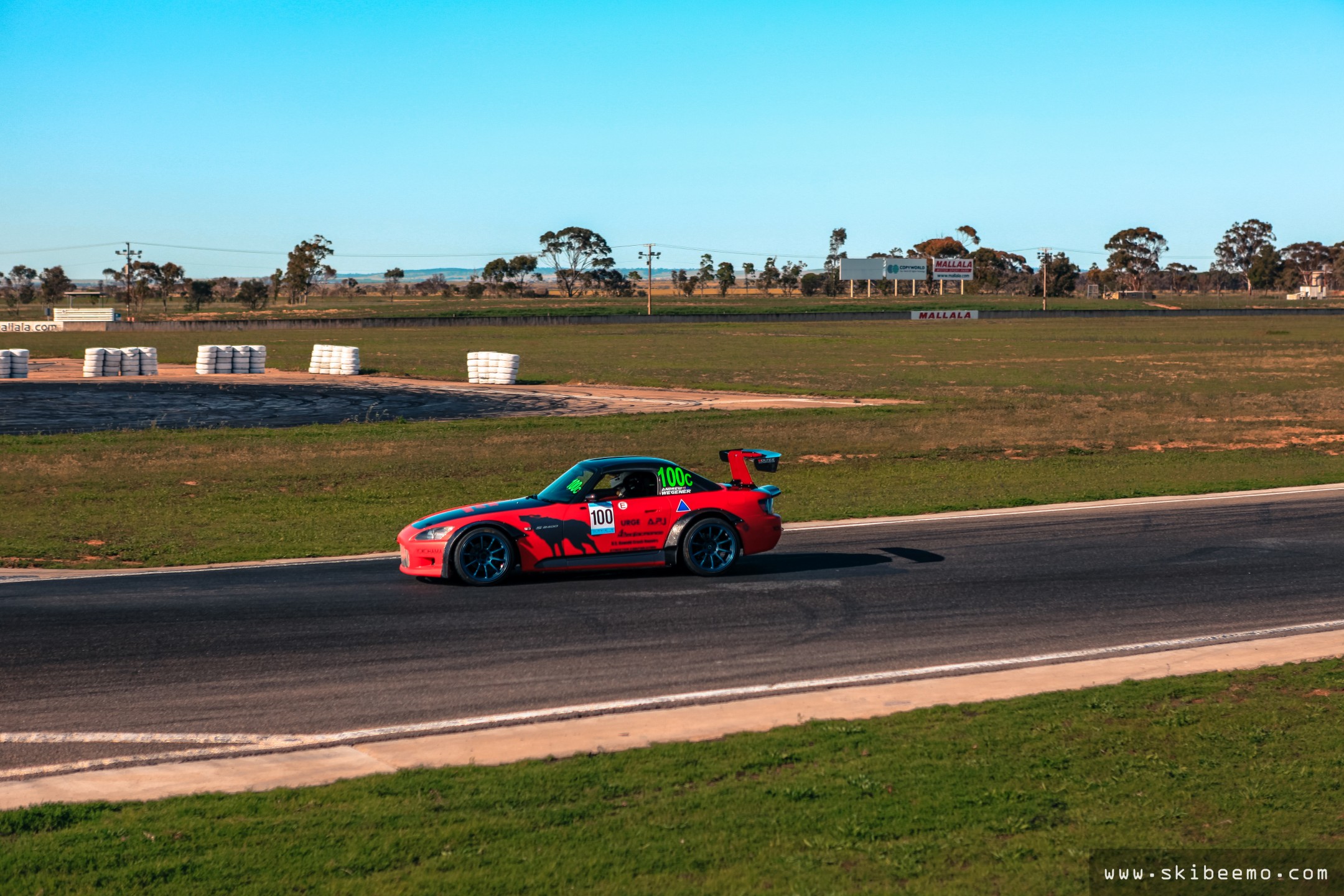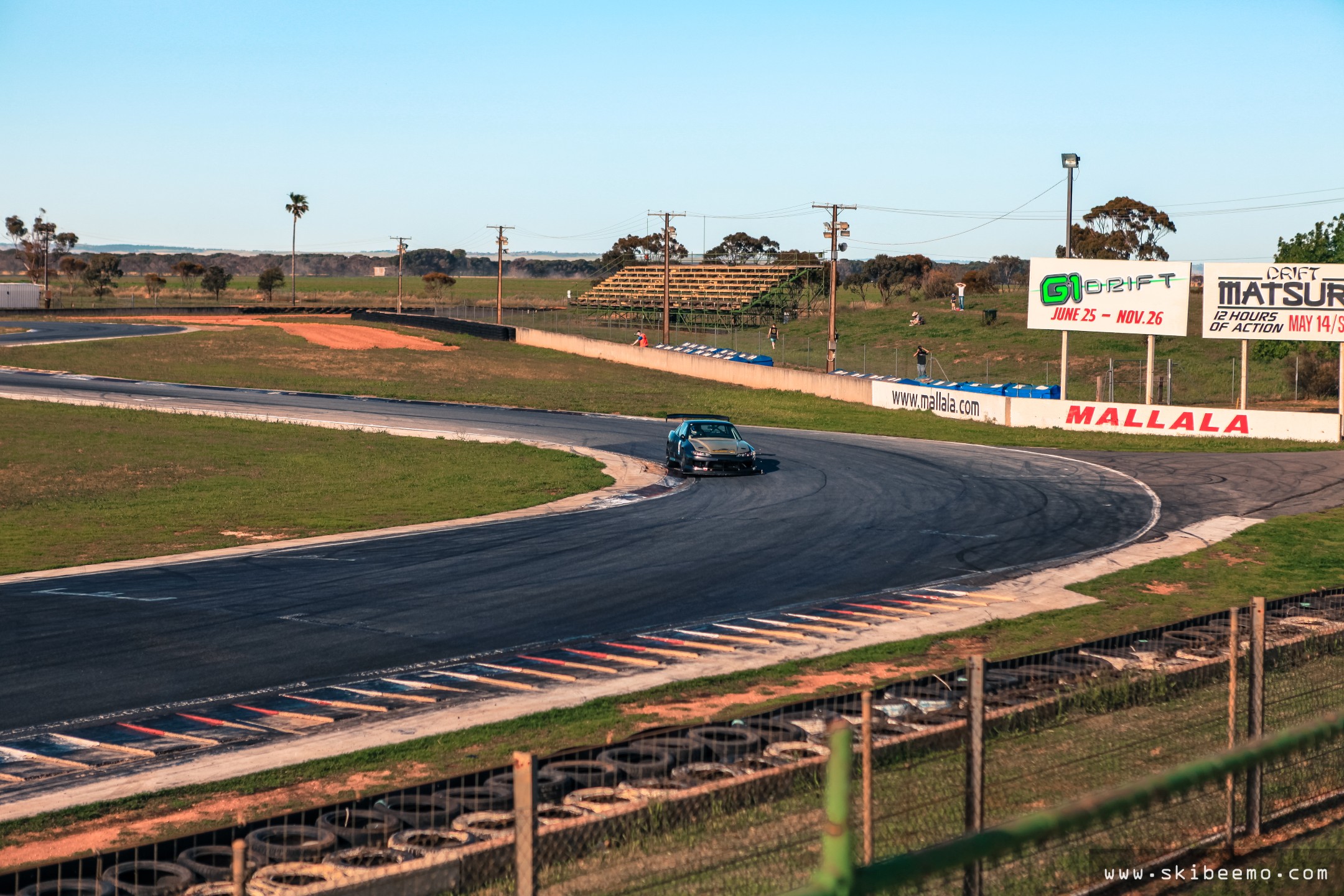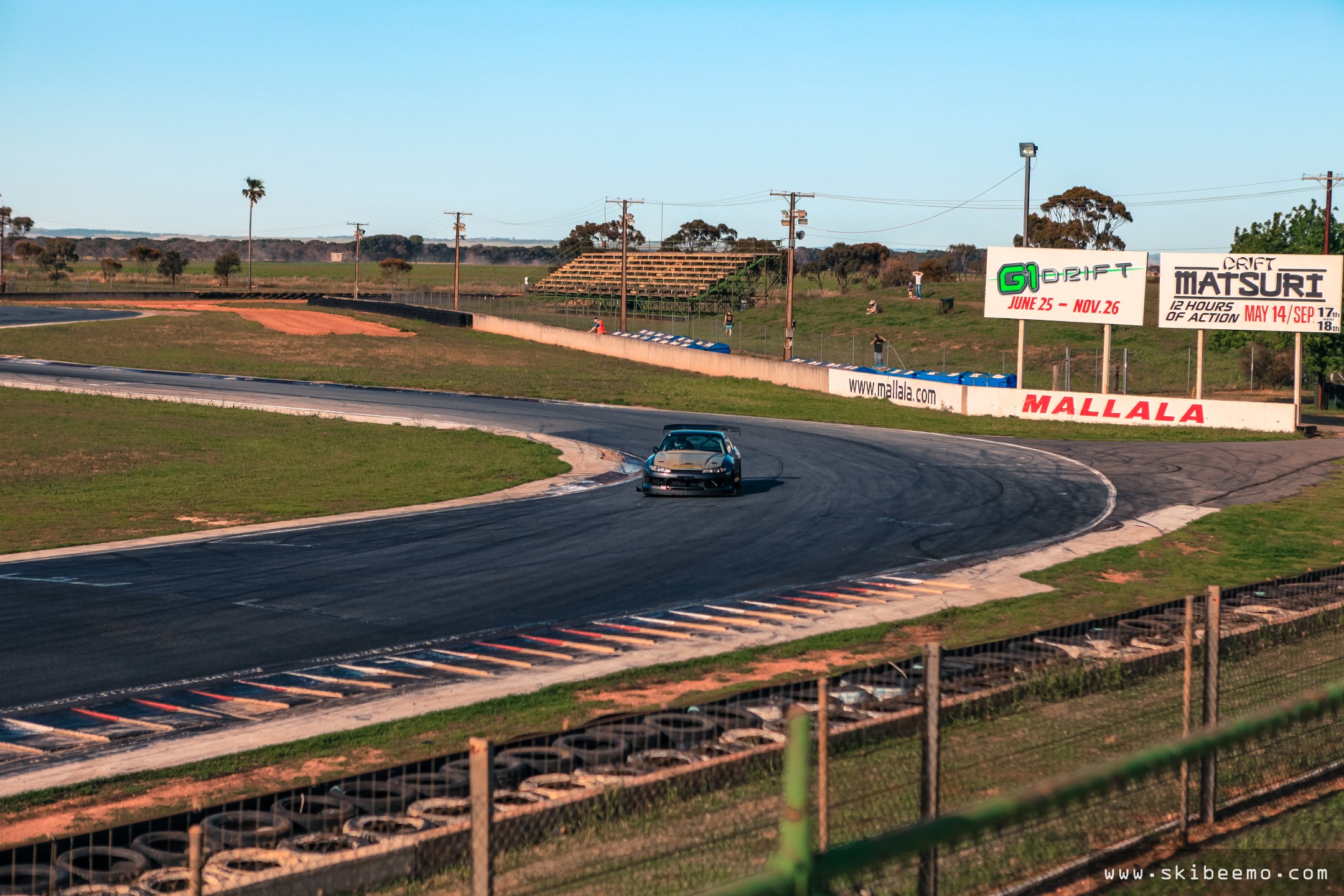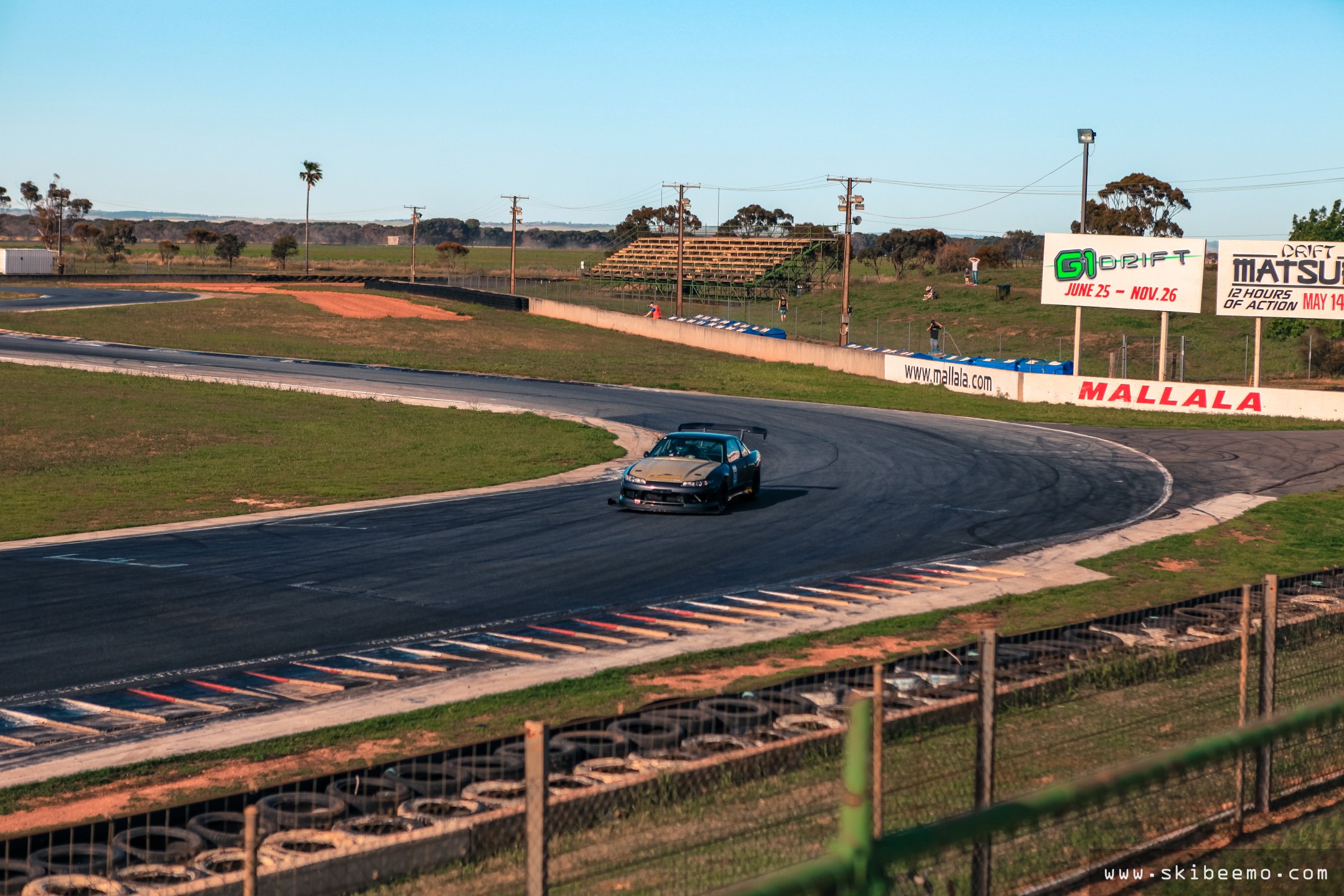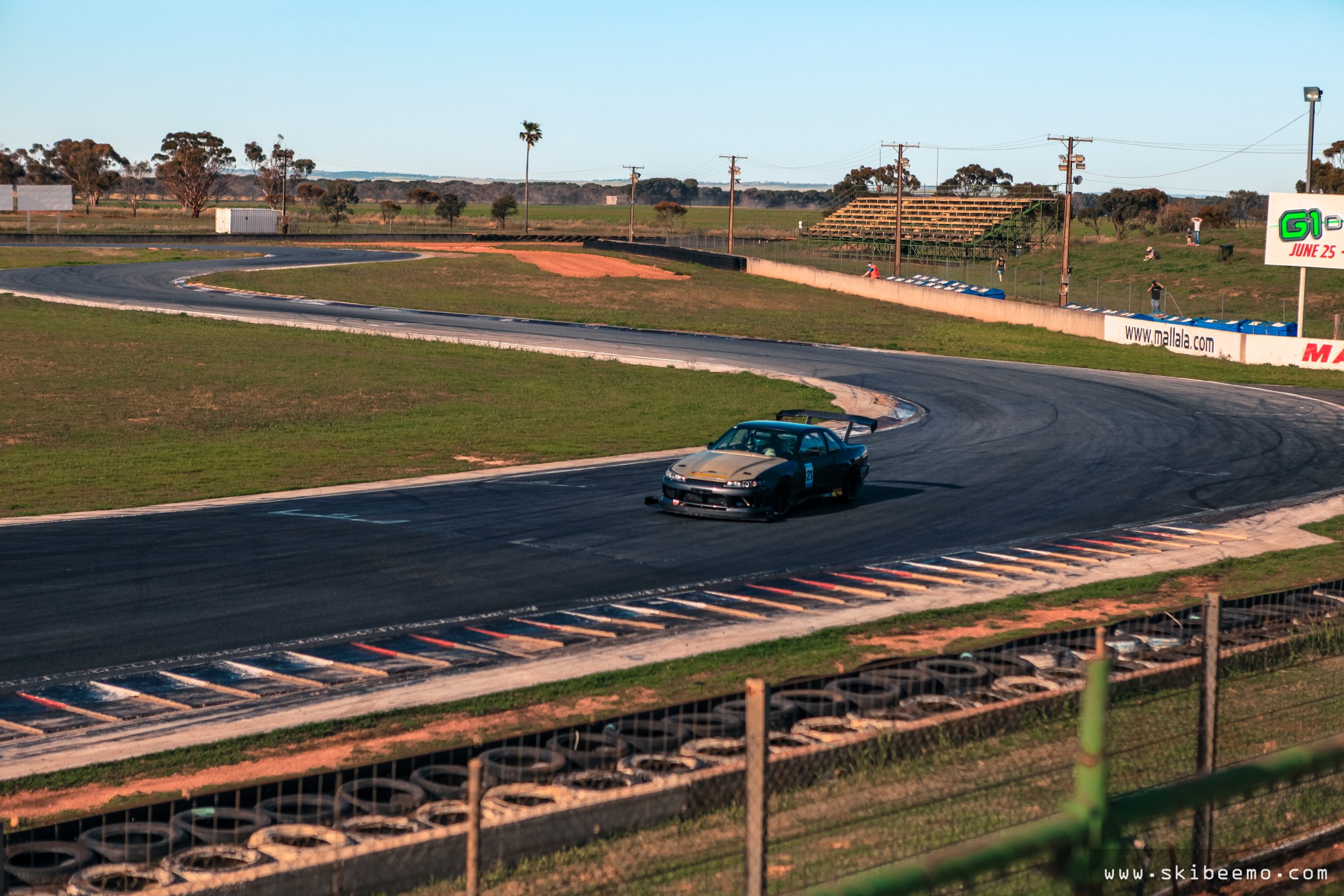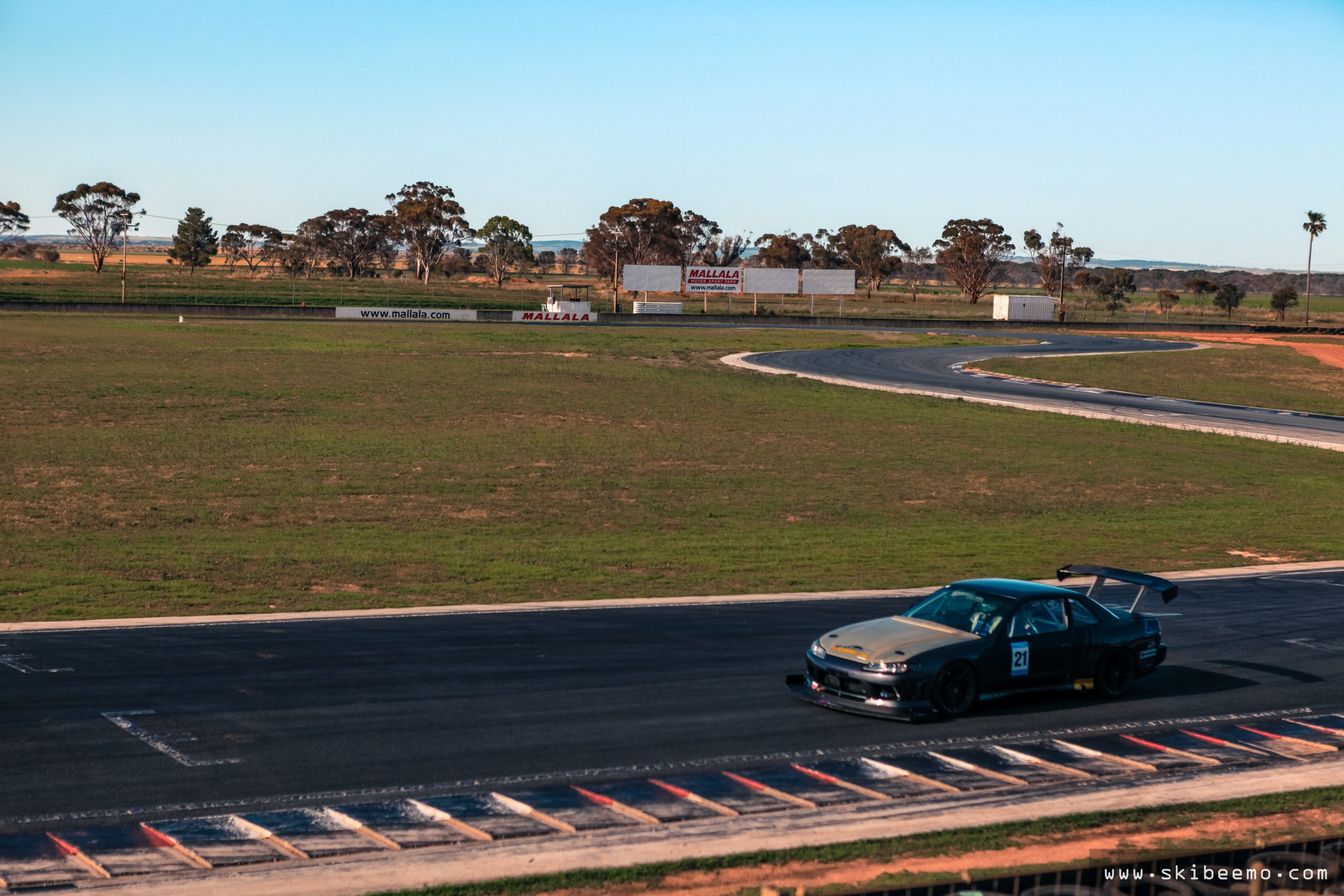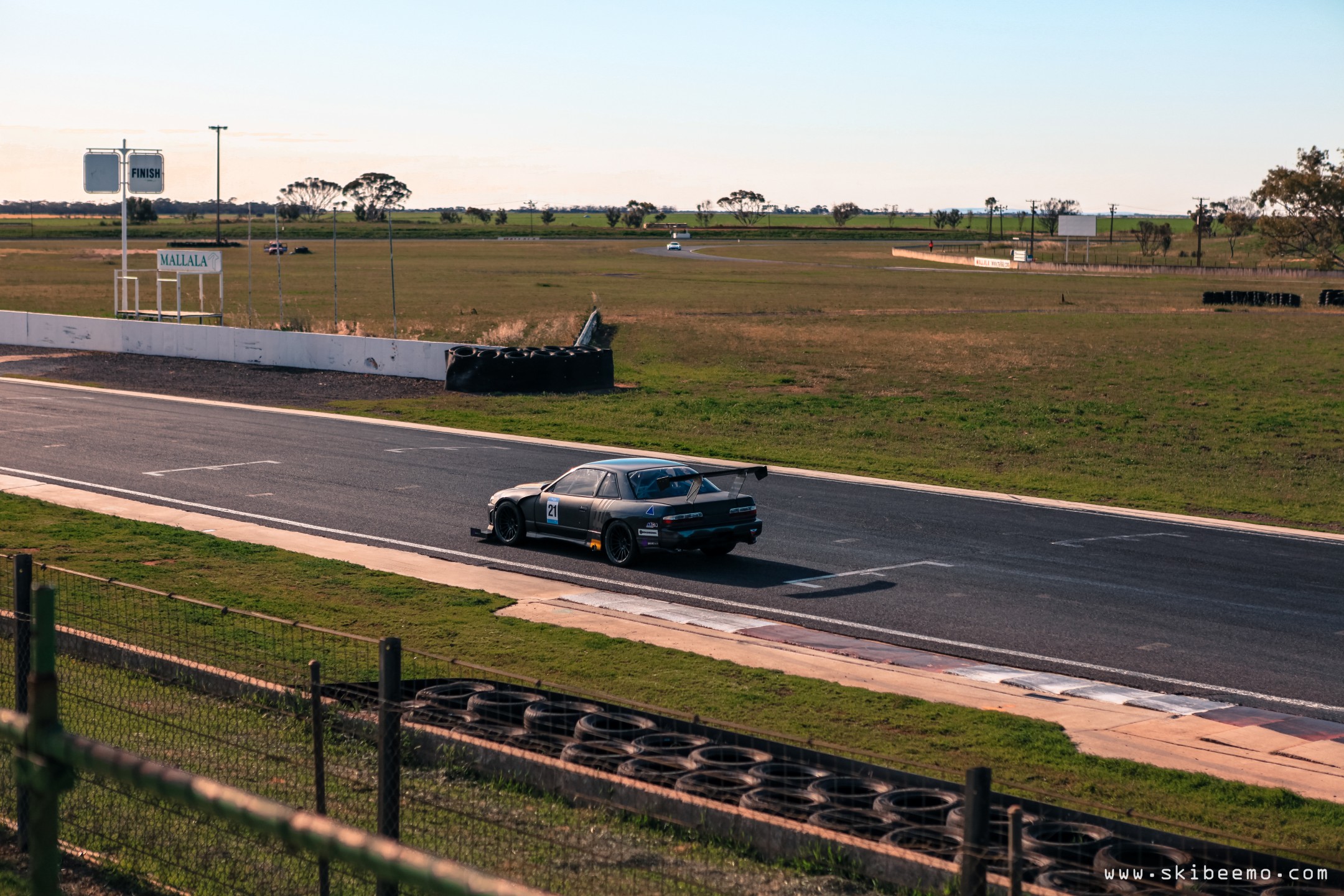Those who aren’t living under a rock will no doubt attest to the colossus time attack wave that has taken over the globe in recent time. Similarly to how drifting rose to fame outside of Japan, time attack racing is now the “it” flavour, with cars being built by large tuning companies, major workshops, as well as devoted privateers in most parts of the world.
Time attack as a racing category is nothing new; having been practised by the Japanese for well over 30 years. Originally developed as a concept to allow tuning companies and workshops to demonstrate the performance of their demo cars via bolt-on parts, the essence of time attack has somewhat evolved. The most serious and destructive time attack monsters to have come out of Japan as well as competing countries in recent times now boast complete ground-up builds with perhaps the chassis being the only distinguishable factory component (case in point: google search “wtac nemo”, go ahead, give it a shot).
An area of time attack builds which continue to push the envelope year-on-year is aerodynamic tuning. As more advanced CFD (computational fluid dynamics) research and techniques become available due to technology advancements, the custom aerodynamics found on time attack machines have become more efficient, effective and wild. Despite this, aero-tuning is still regarded as a black art in this category of racing, as not many individuals and workshops have the resources to carry out extensive CFD and wind tunnel research and development. Therefore, a majority of the field will be running bolt on aero-kits by brands such as Voltex. You’ll notice on smaller budget time attack builds that a lot of the aero-parts fitted are home made, and designed to resemble the top-tier cars; but this doesn’t matter as some of the smaller-build players practising this form of black art are casting marvellous spells in the form of record-breaking lap times at circuits in all corners of the globe.
Returning back to the local time attack scene in Adelaide, the Mitsubishi GSR/EVO Club (MGEC) have once again put on South Australia’s hero time attack event, SA Time Attack 2016. Now in its second year, SA Time Attack continues to gain traction amongst the locals as well as those interstate, eager to tackle South Australia’s famed Mallala race circuit.
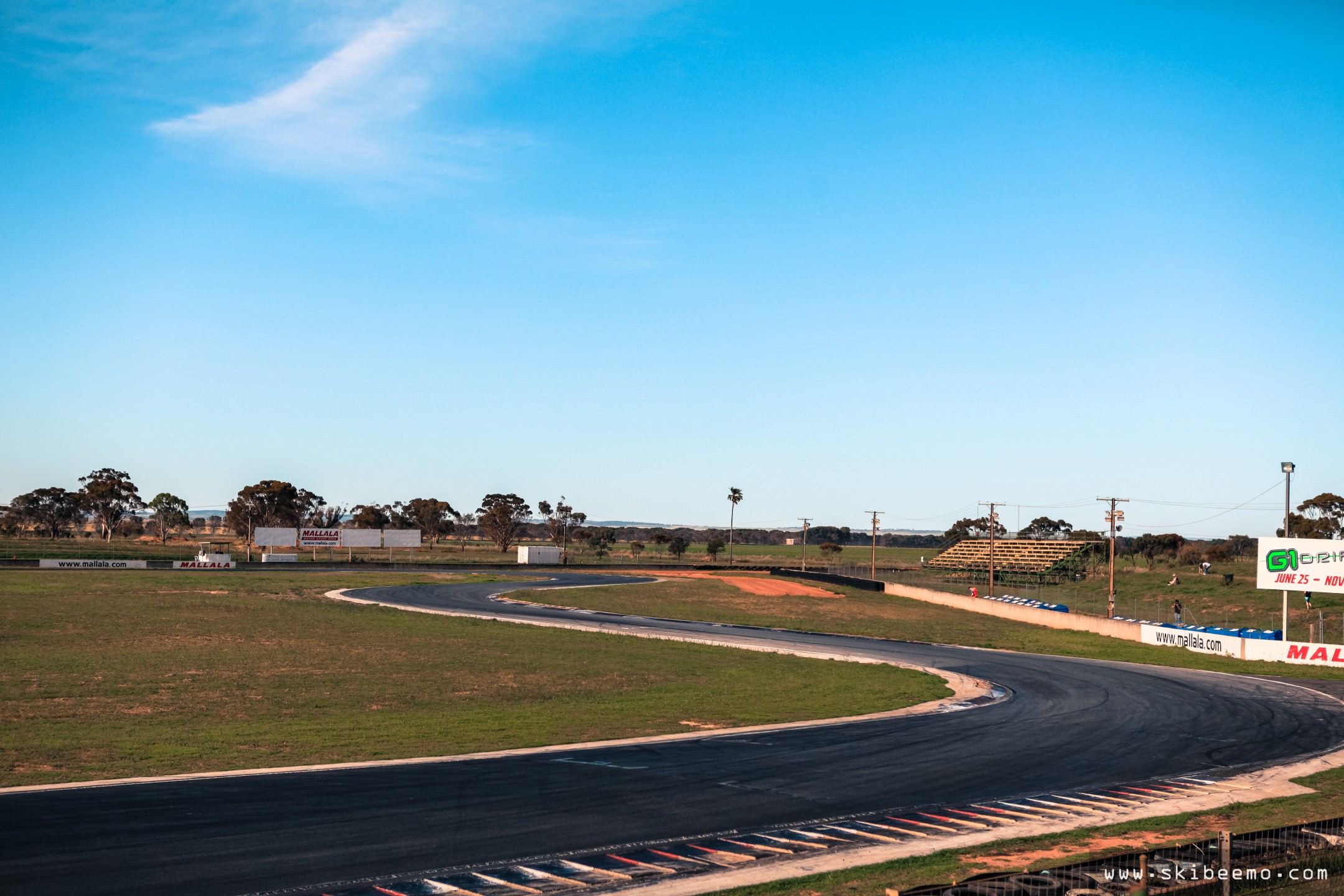
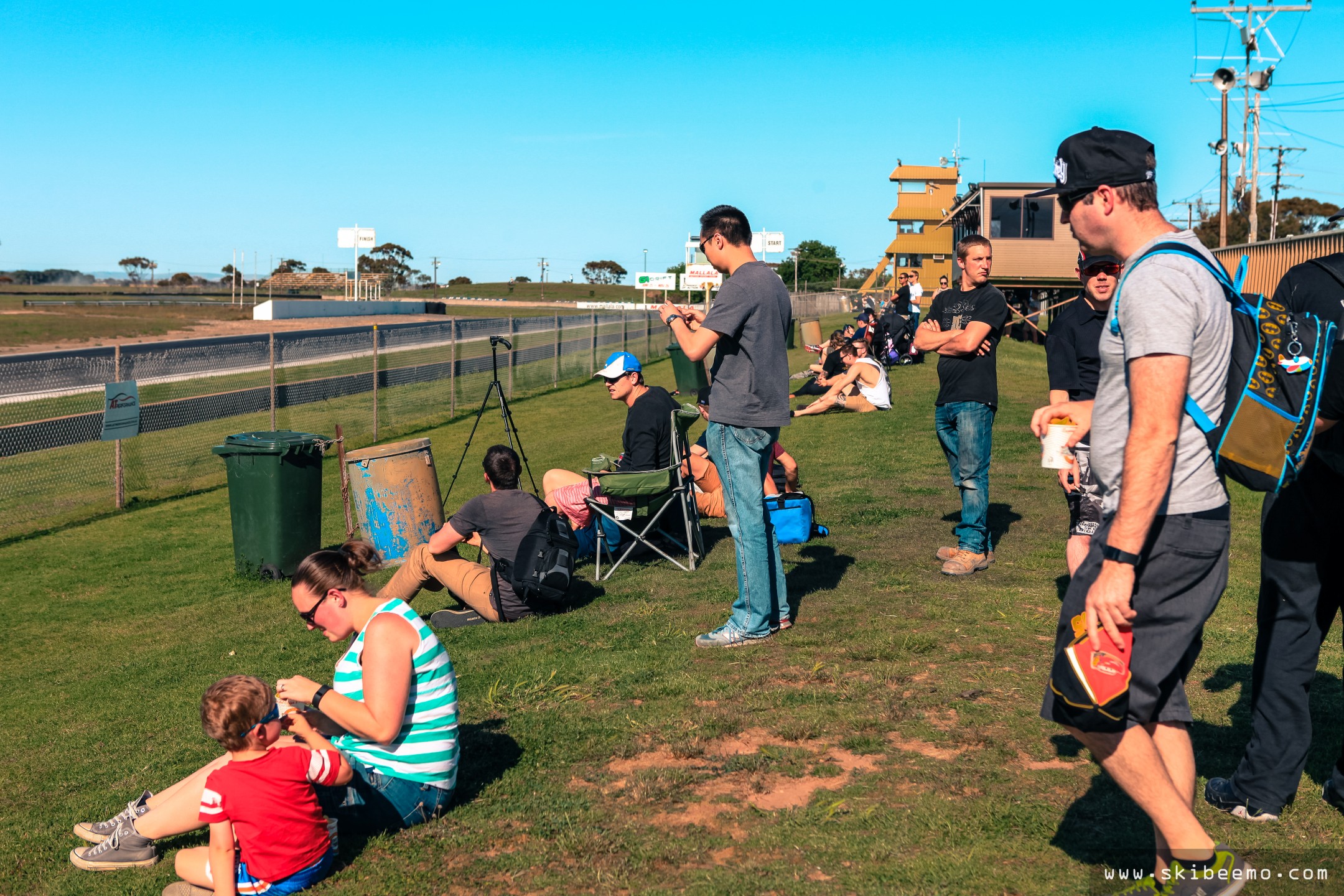
SA Time Attack is a small event compared with larger scale operations such as the World Time Attack Challenge in Sydney but the two can’t be compared. While the latter is considered a world-class event with major sponsors from the corporate world as well as government bodies, SA Time Attack still has a very grass-roots feel to it; having only celebrated its second birthday thus far. Regardless, the event still delivered, with multiple categories for drivers at all levels to participate in, as well as various off-track entertainment.
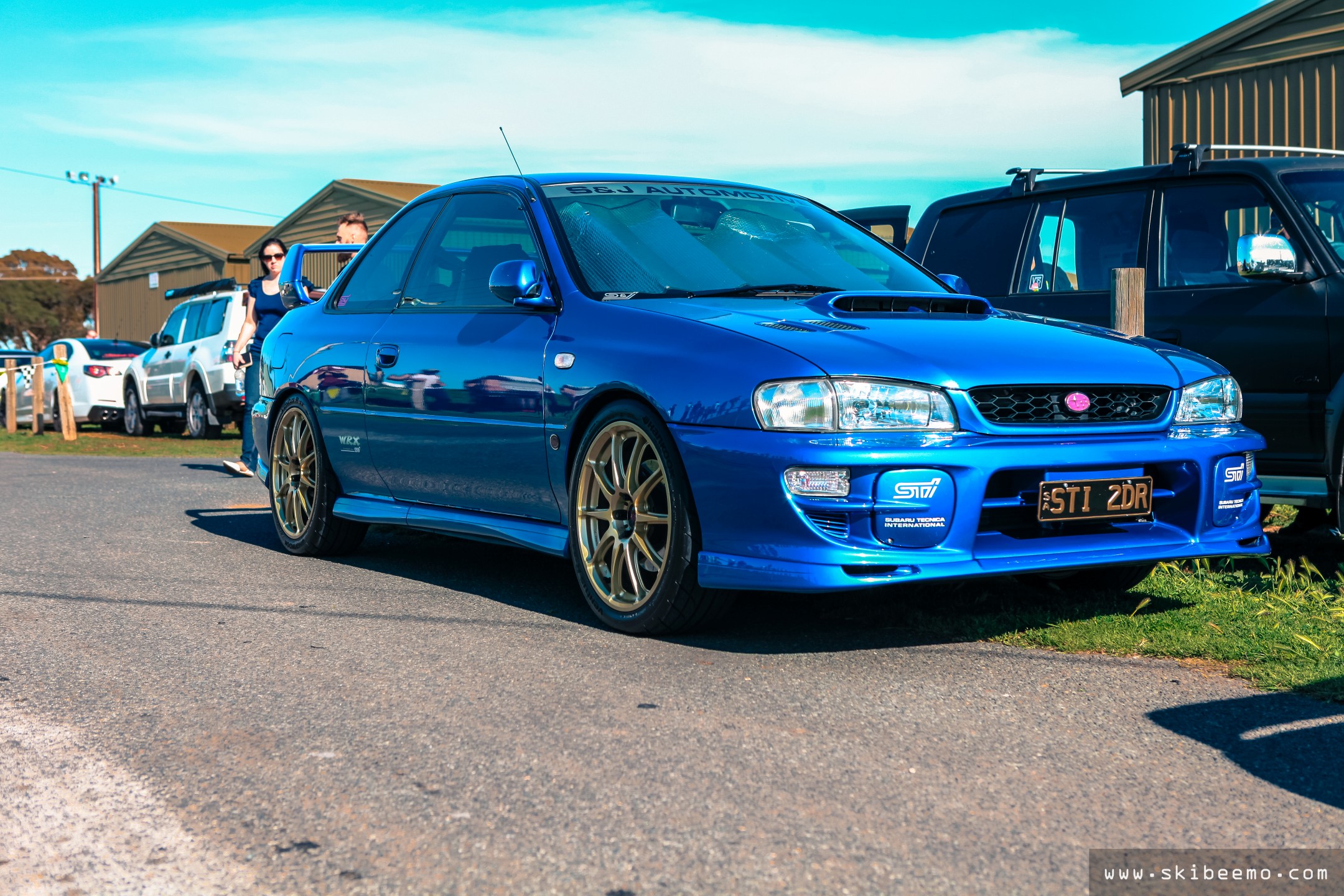
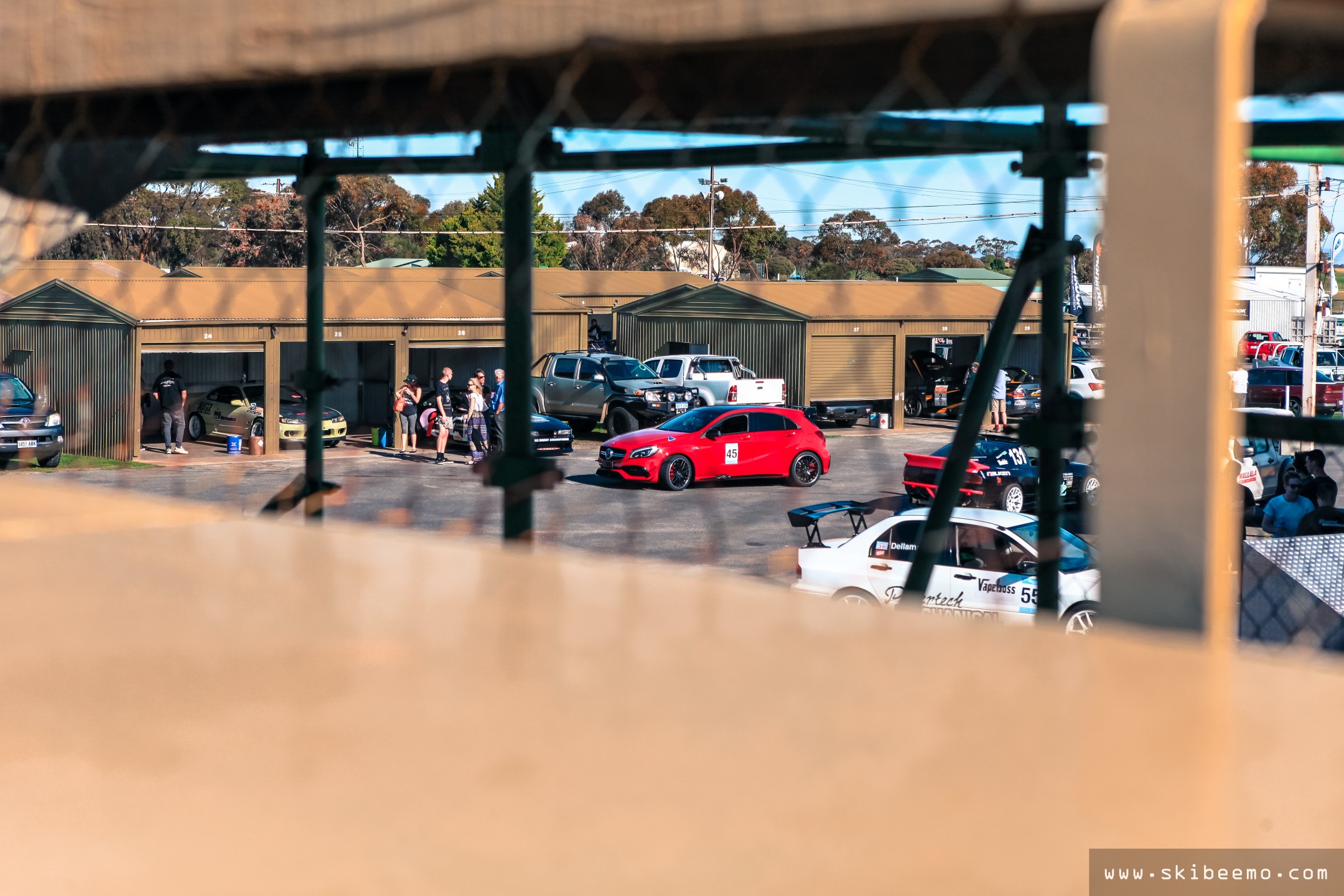
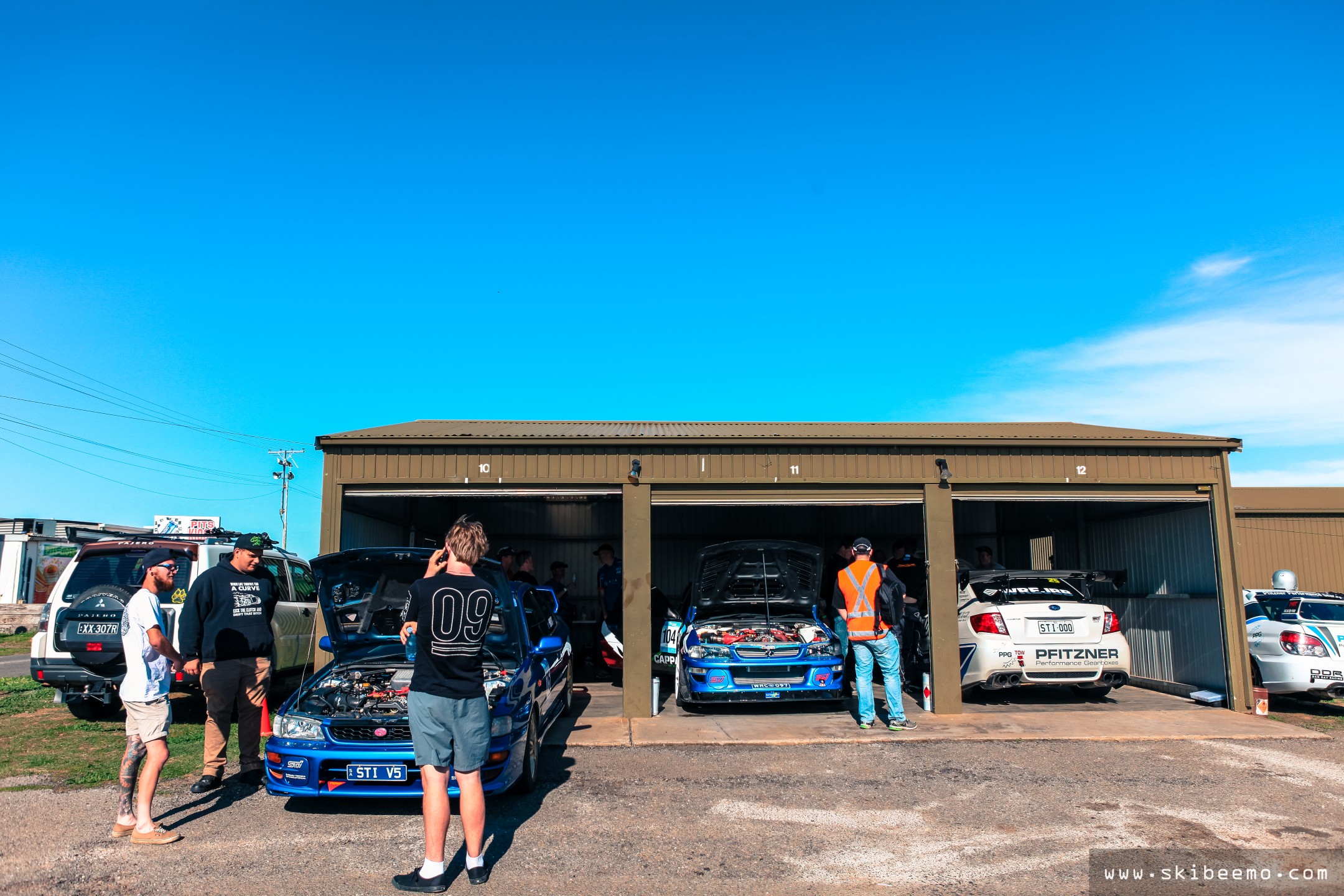
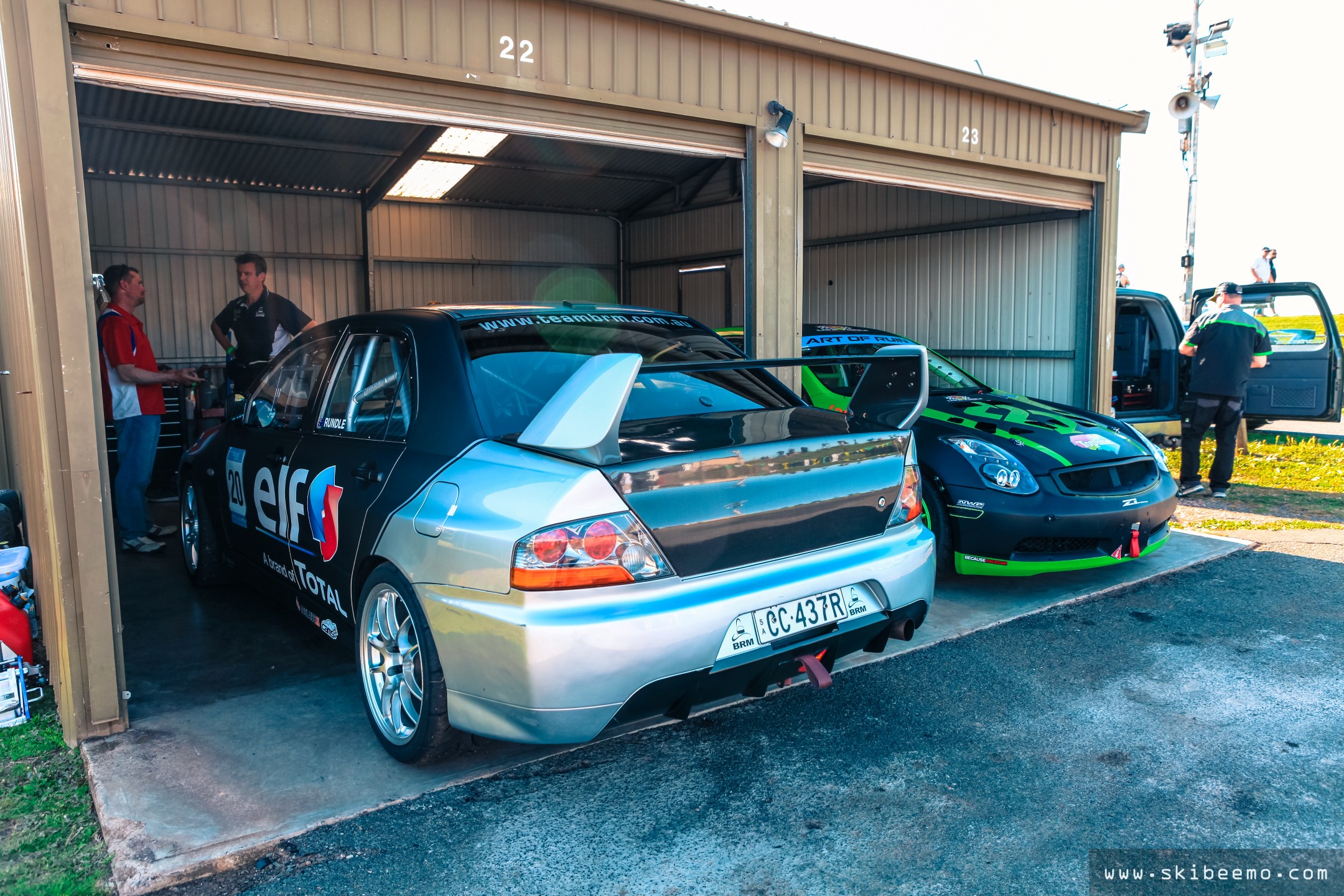
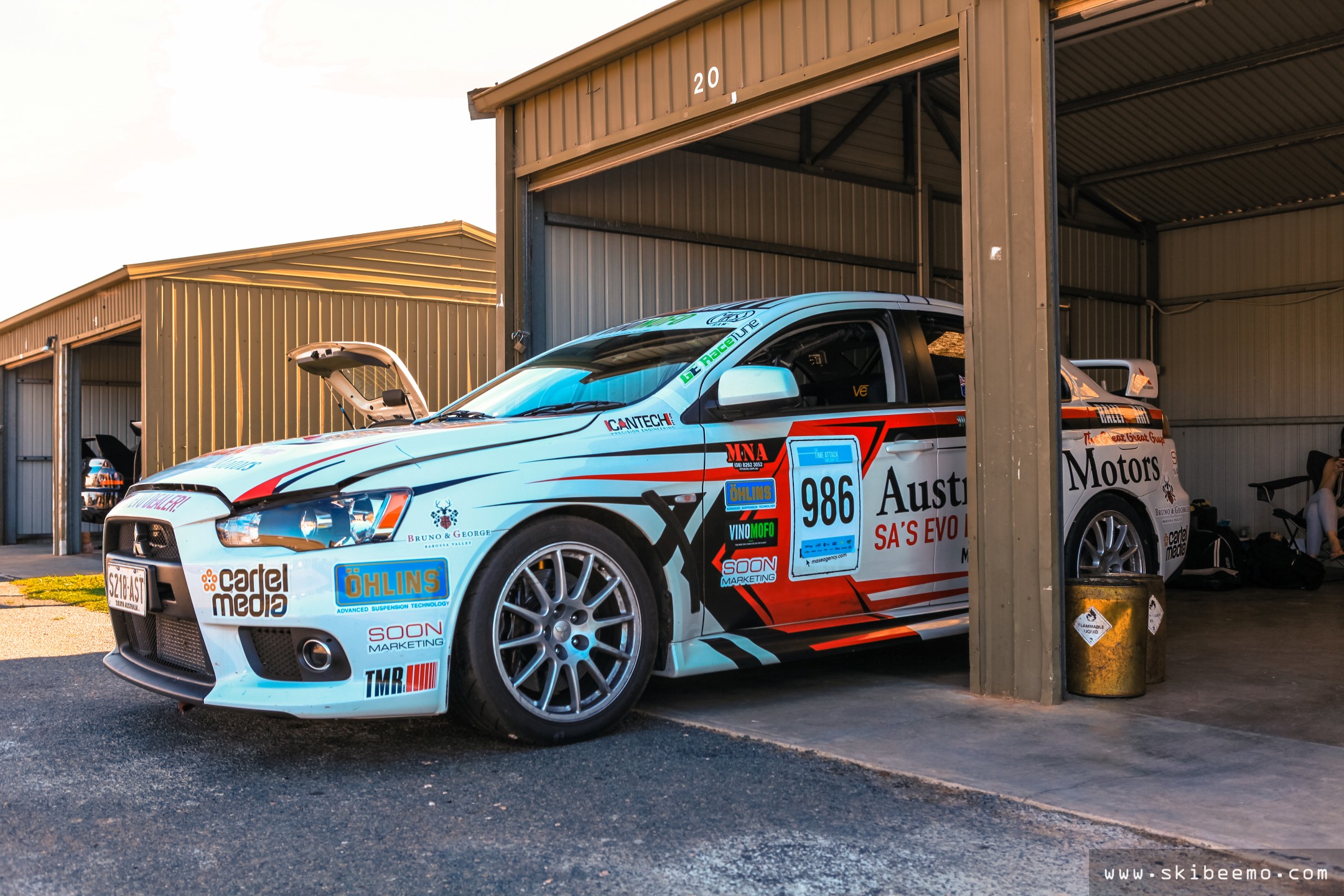
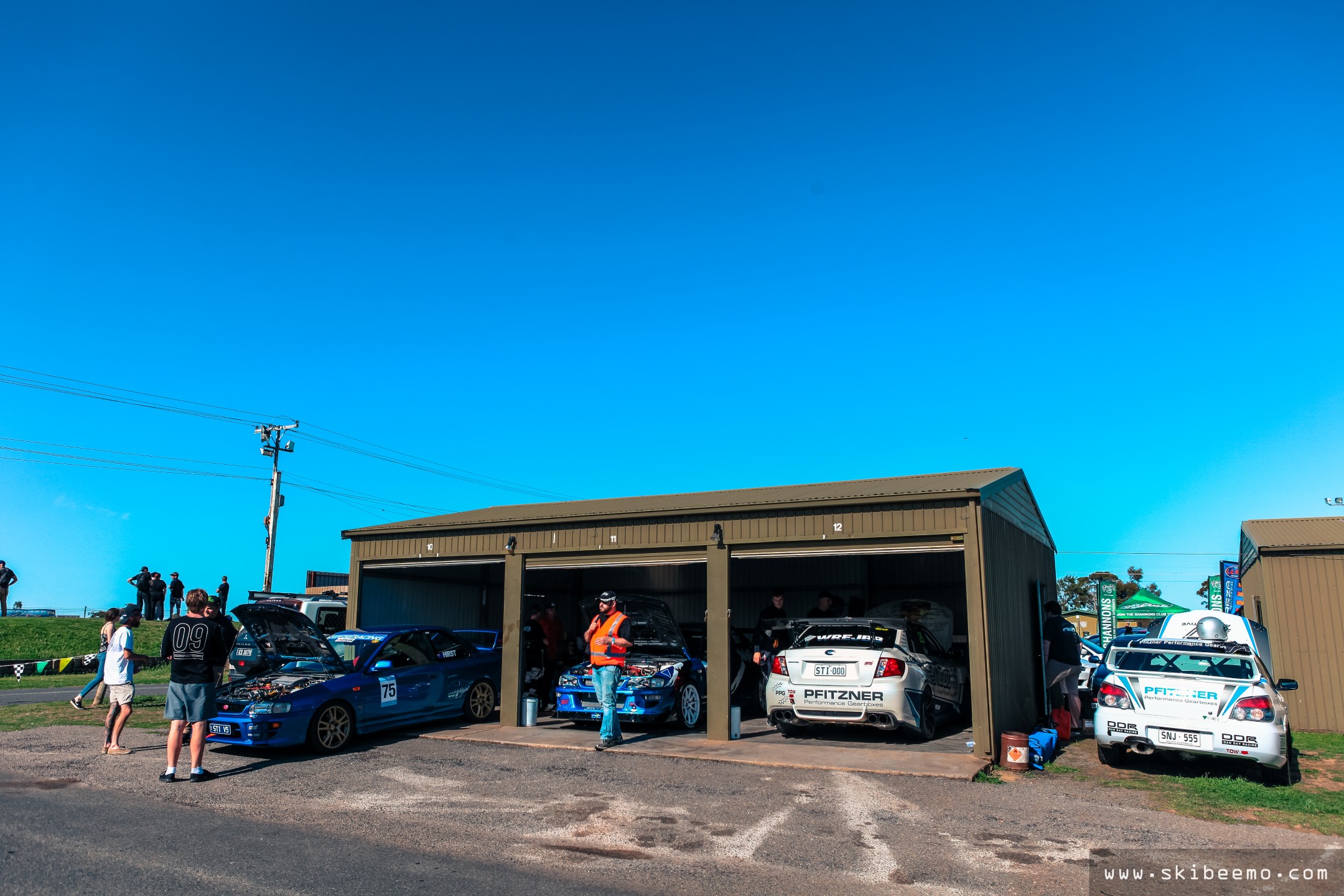
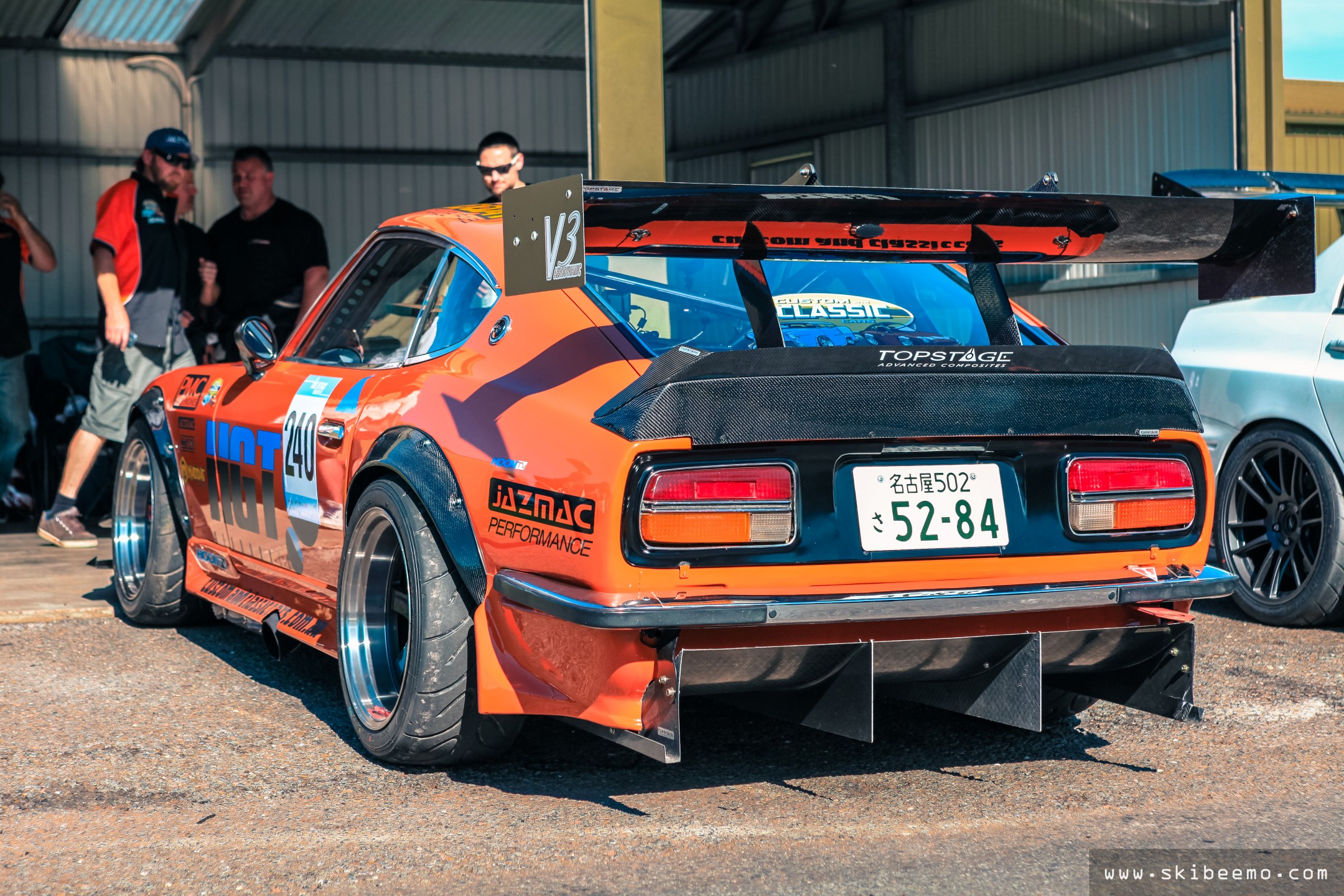
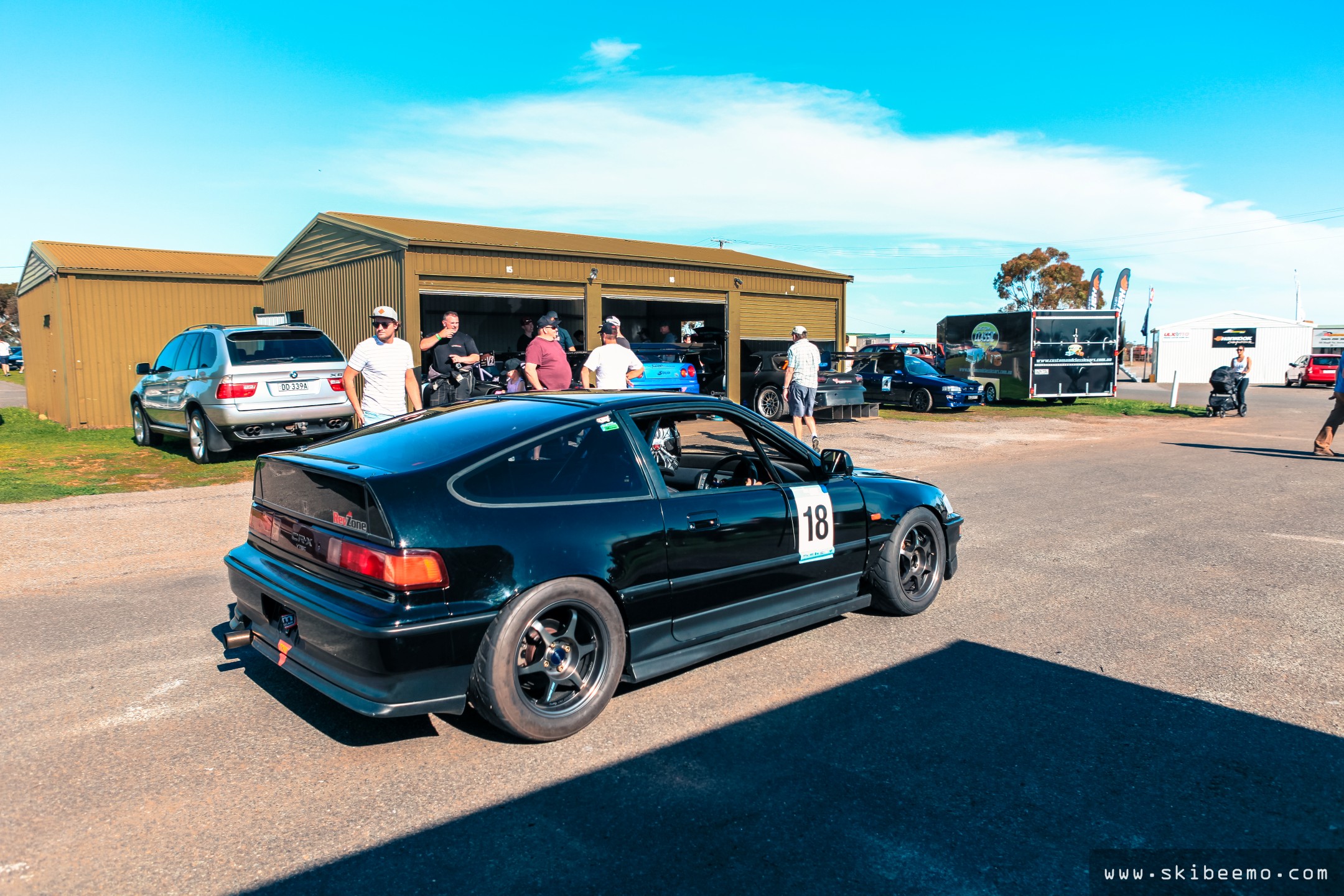
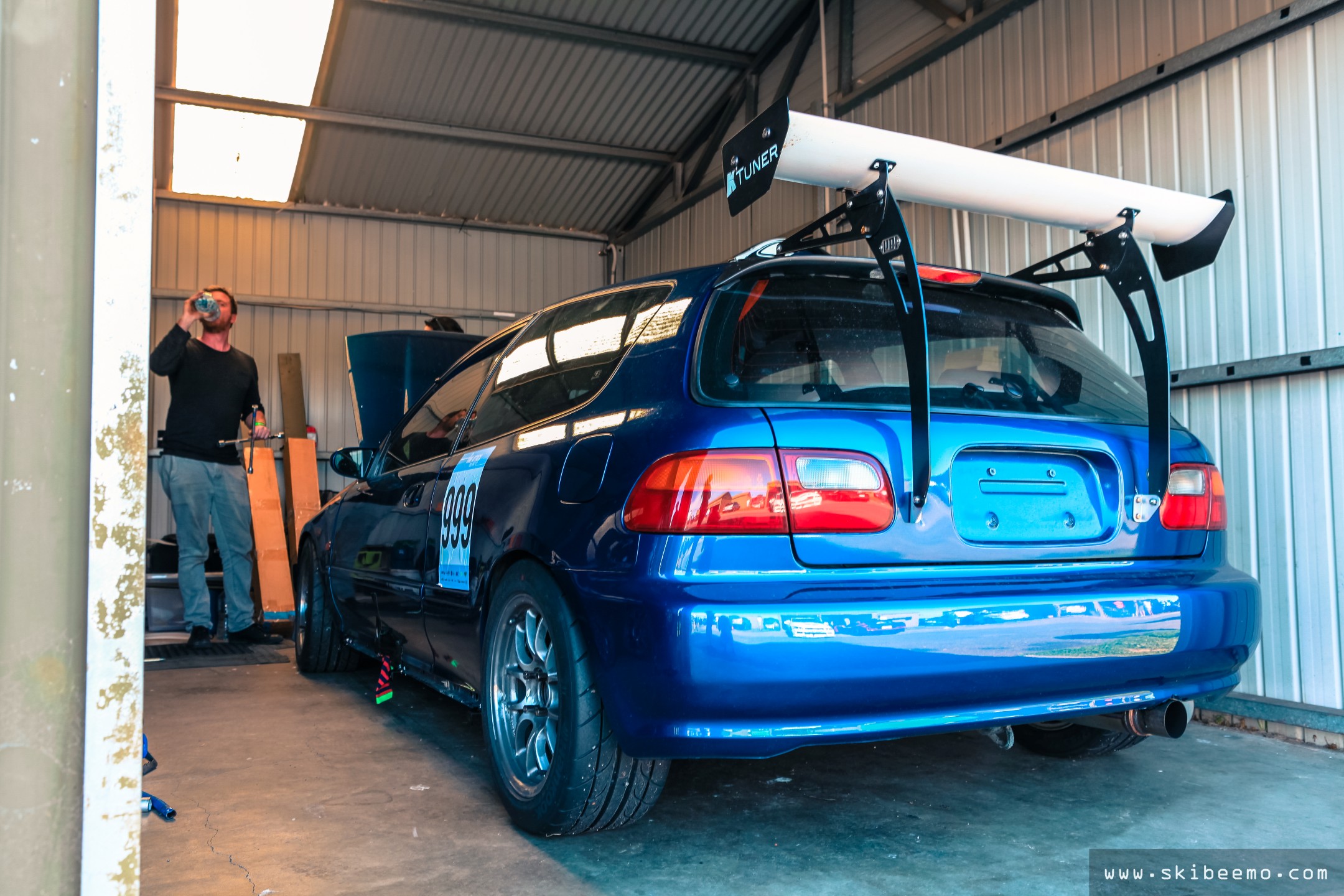
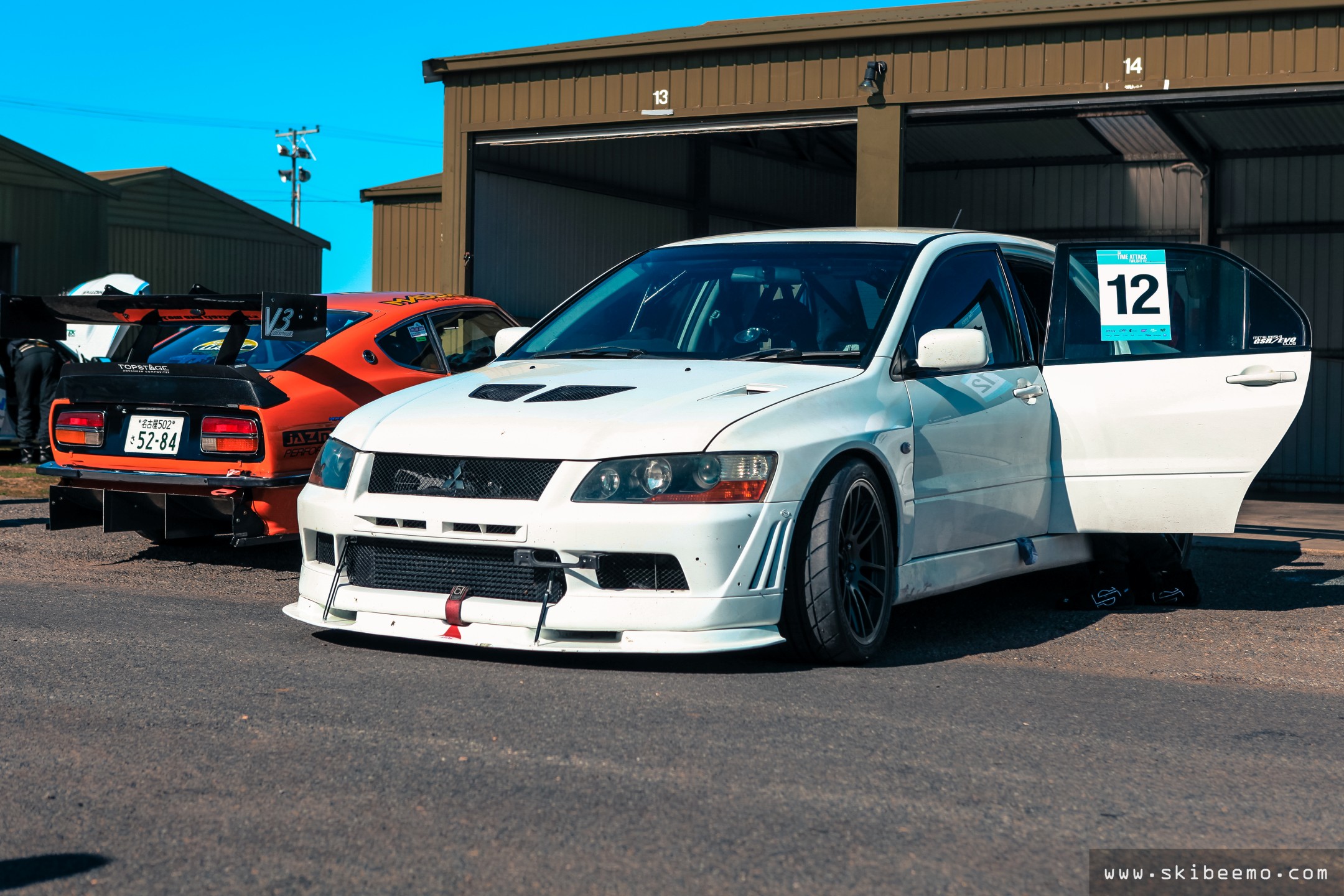
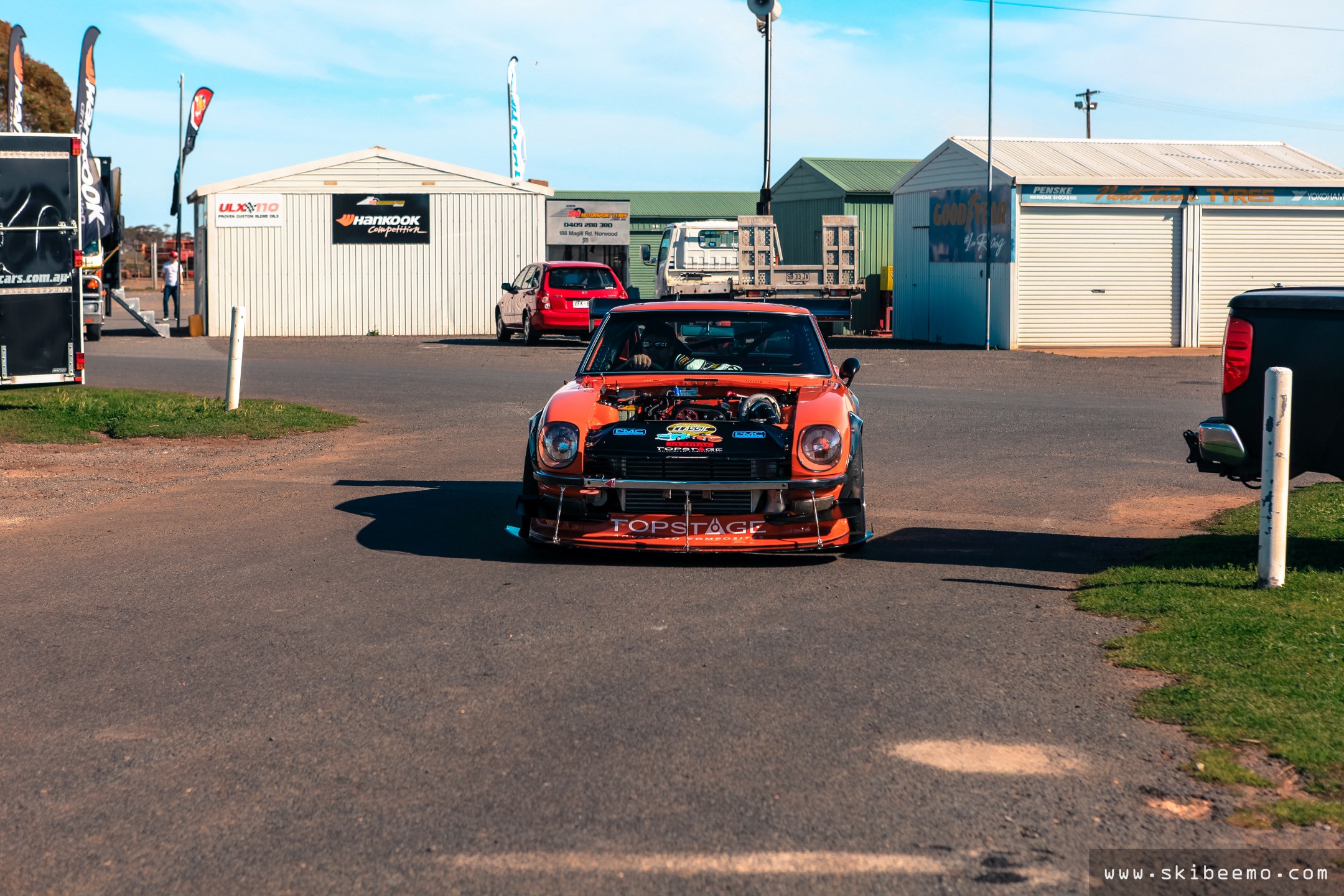
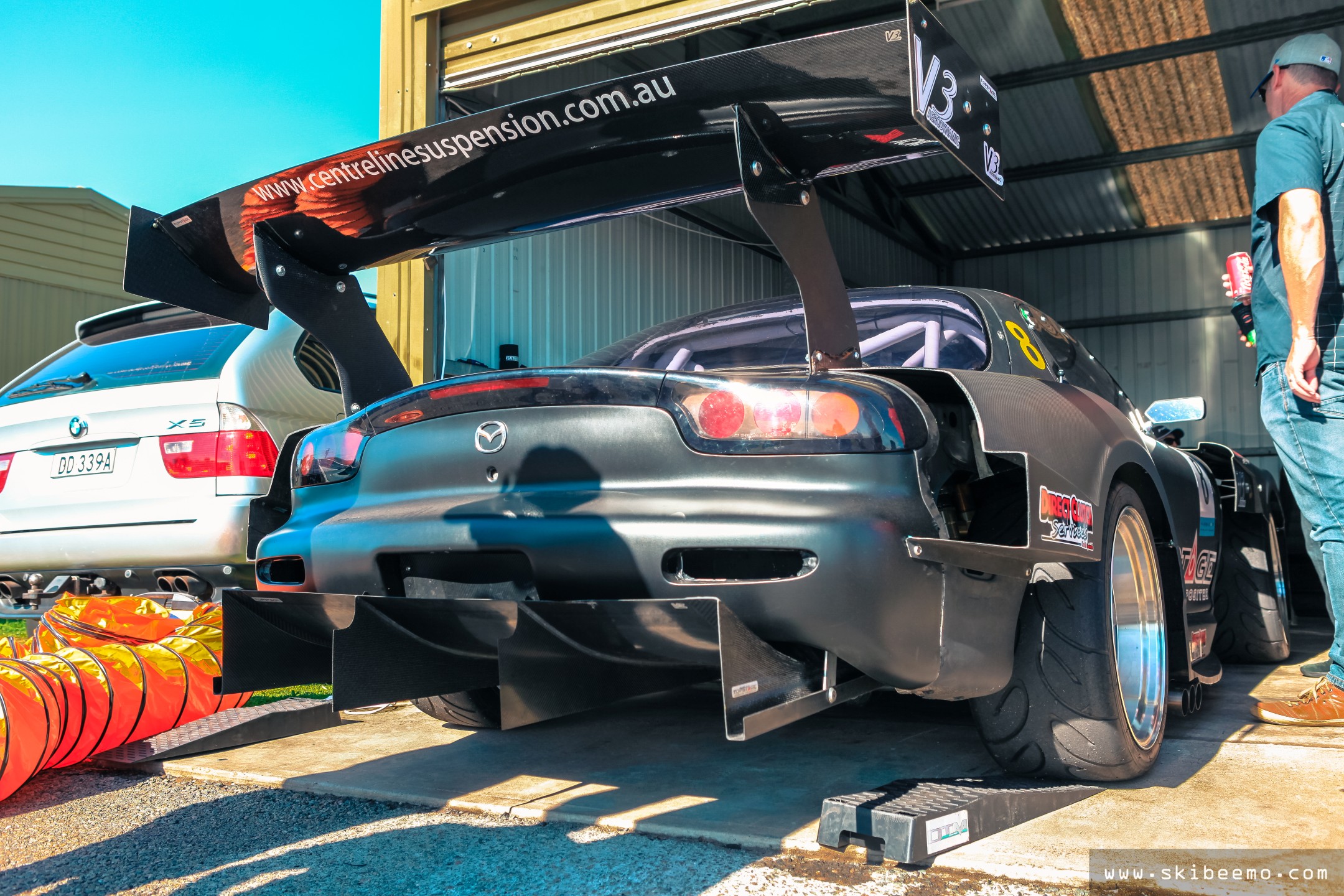
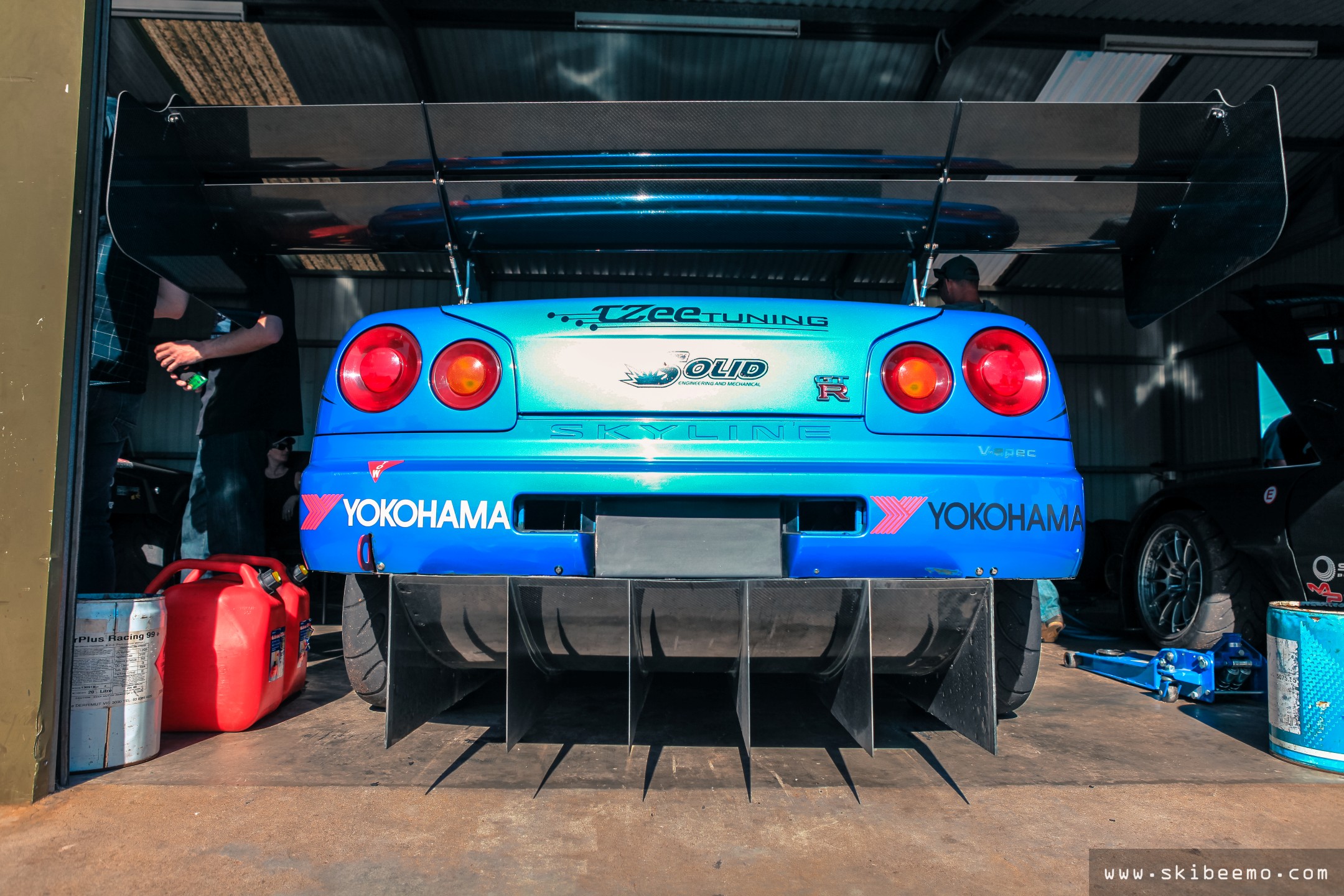
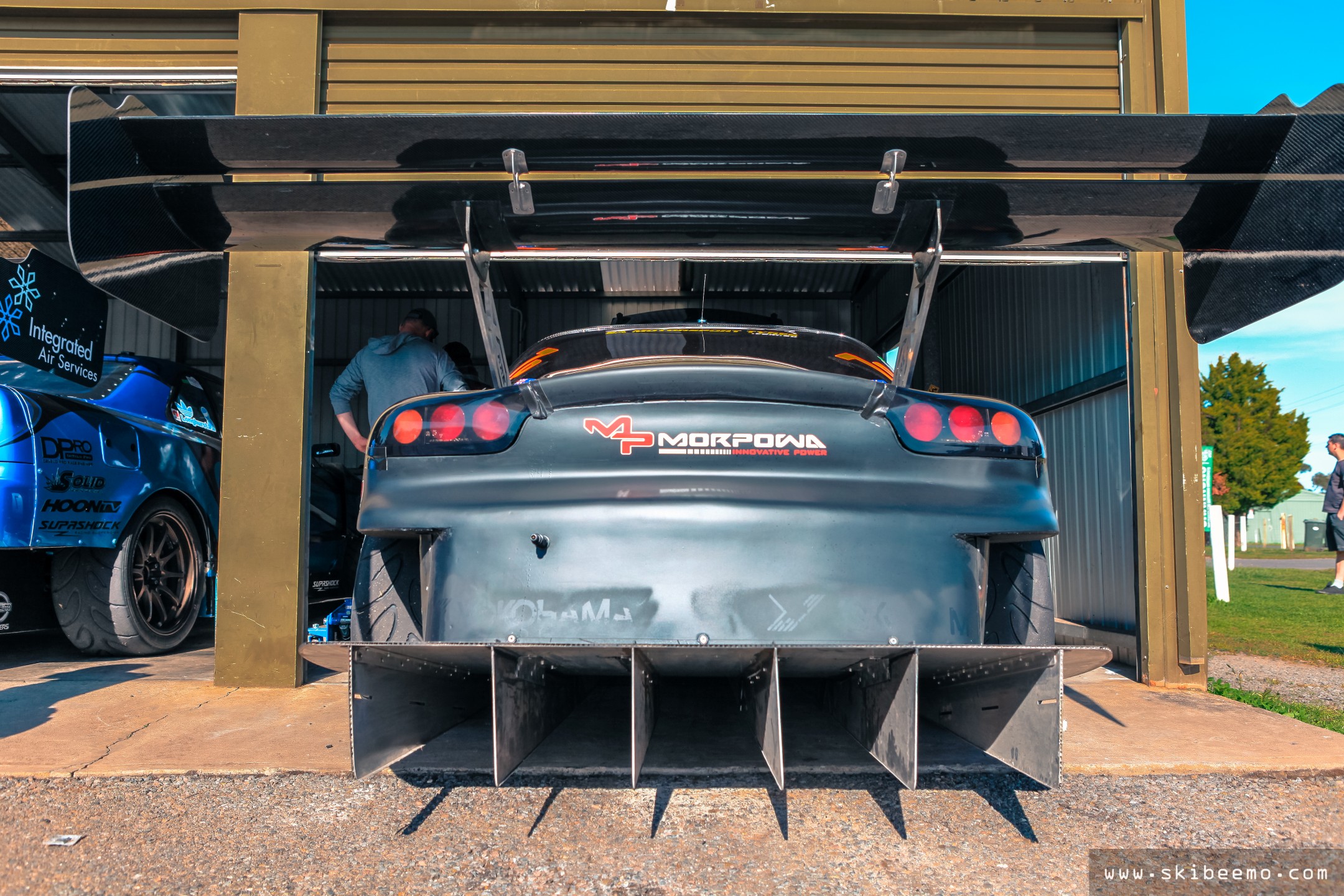
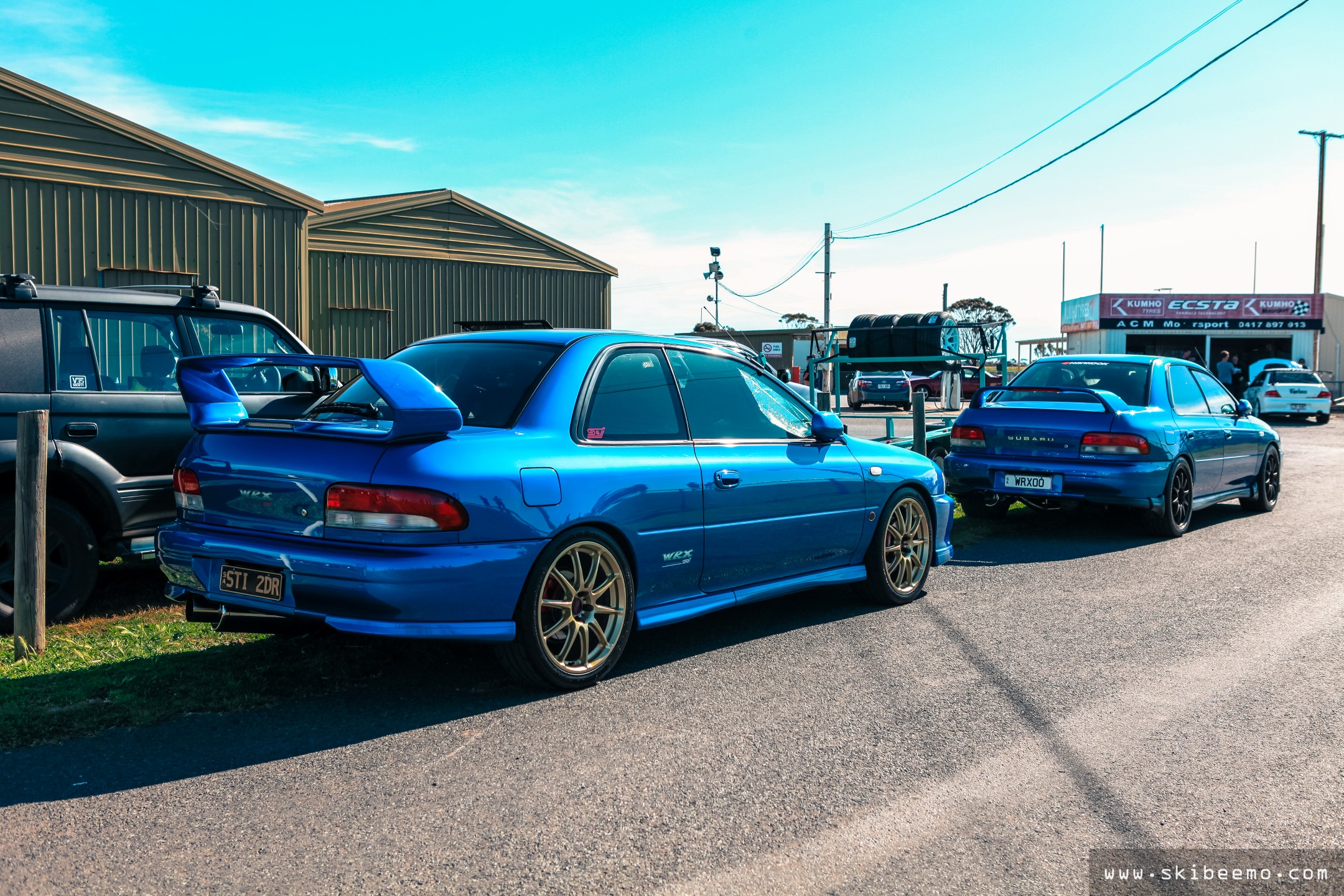
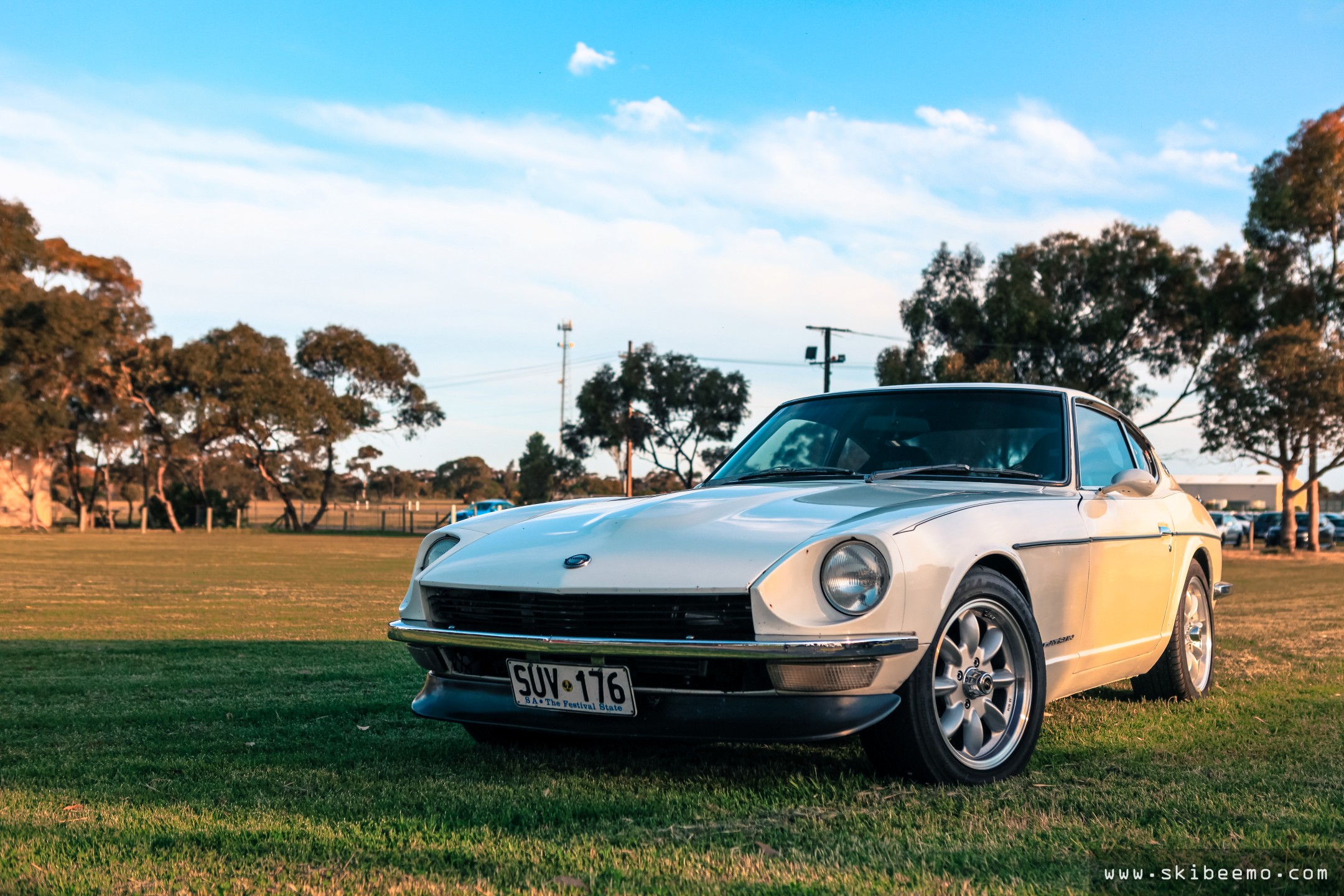
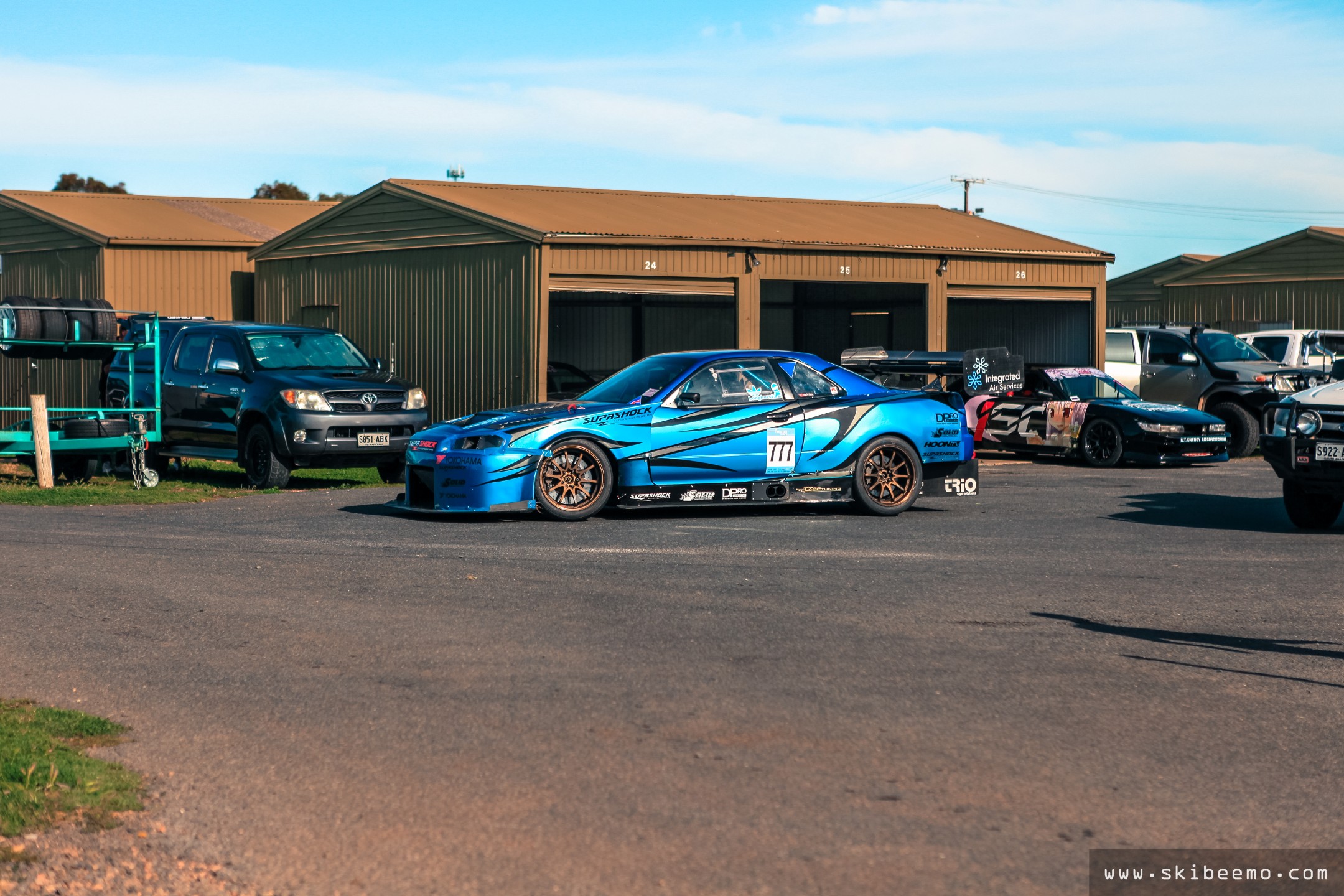
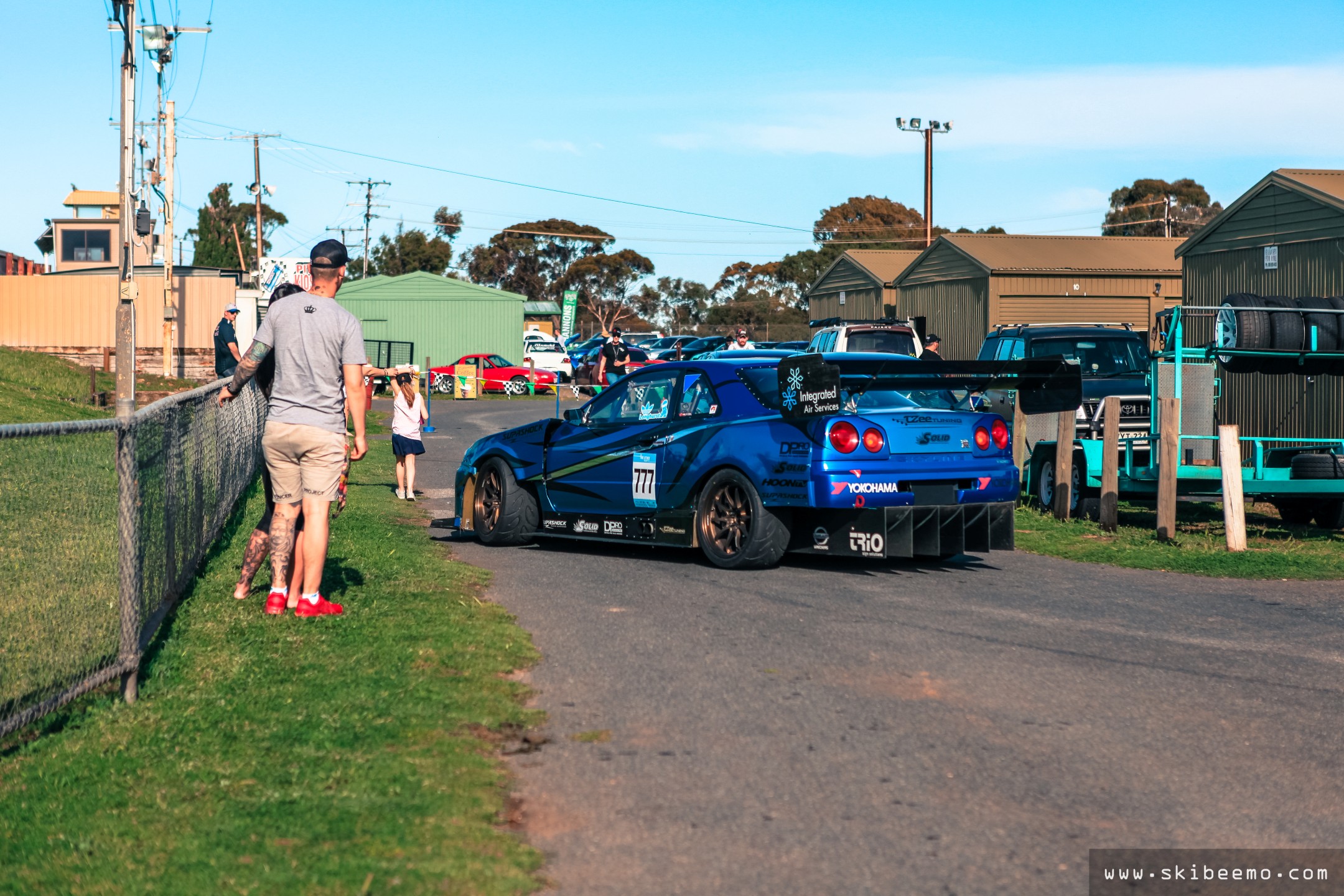
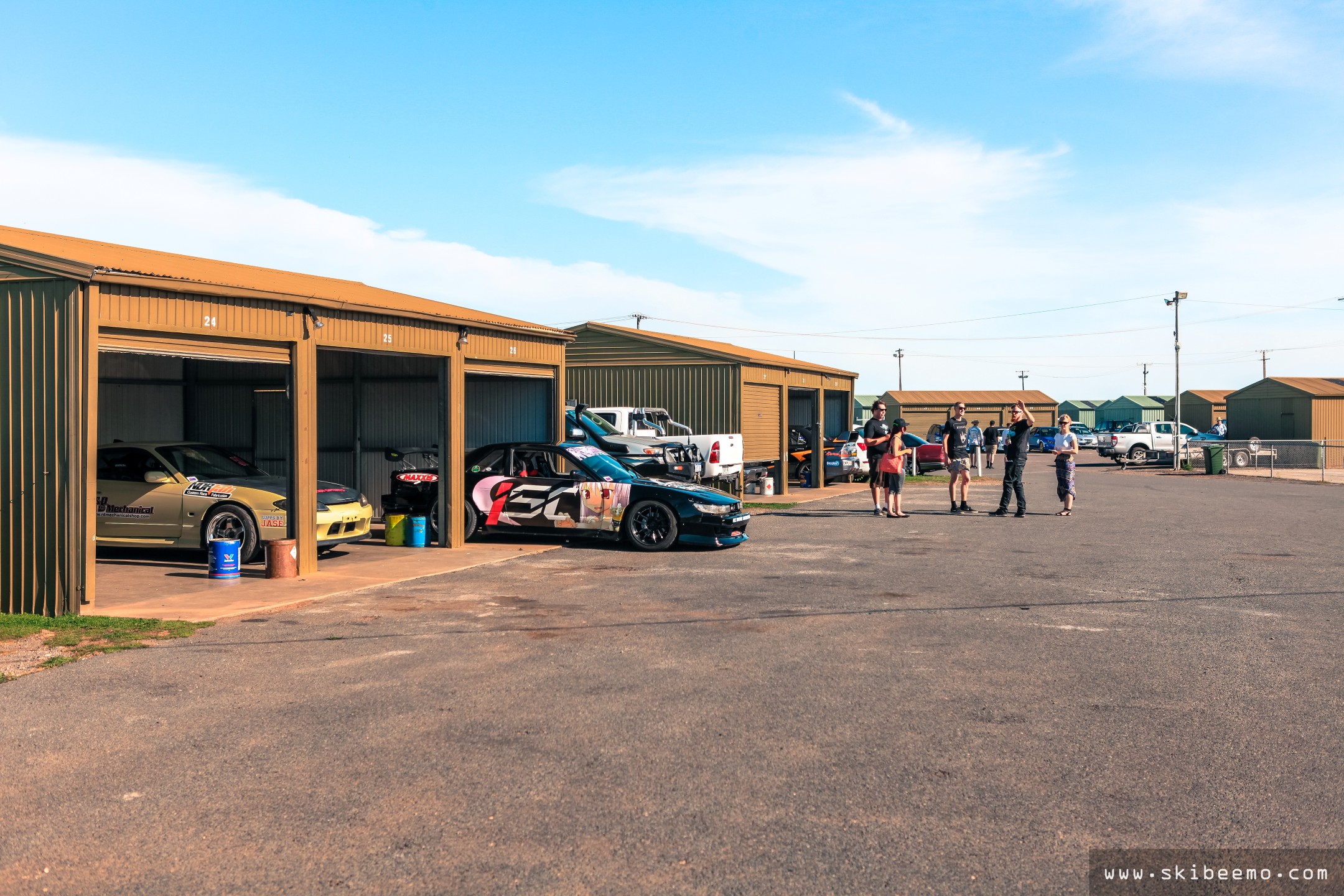
Undeniably, Street Class had the strictest rules in place, with cars having to be essentially factory standard with only the minimal of modifications allowed. Semi-slick tyres are also forbidden. If entrants posted a quicker time than 1 minute 20 seconds, they were automatically bumped into the Clubsprint class. Simon Dellamalva ended up taking the class win in his 2016 Mercedes A45 AMG, posting a 1:20.149.
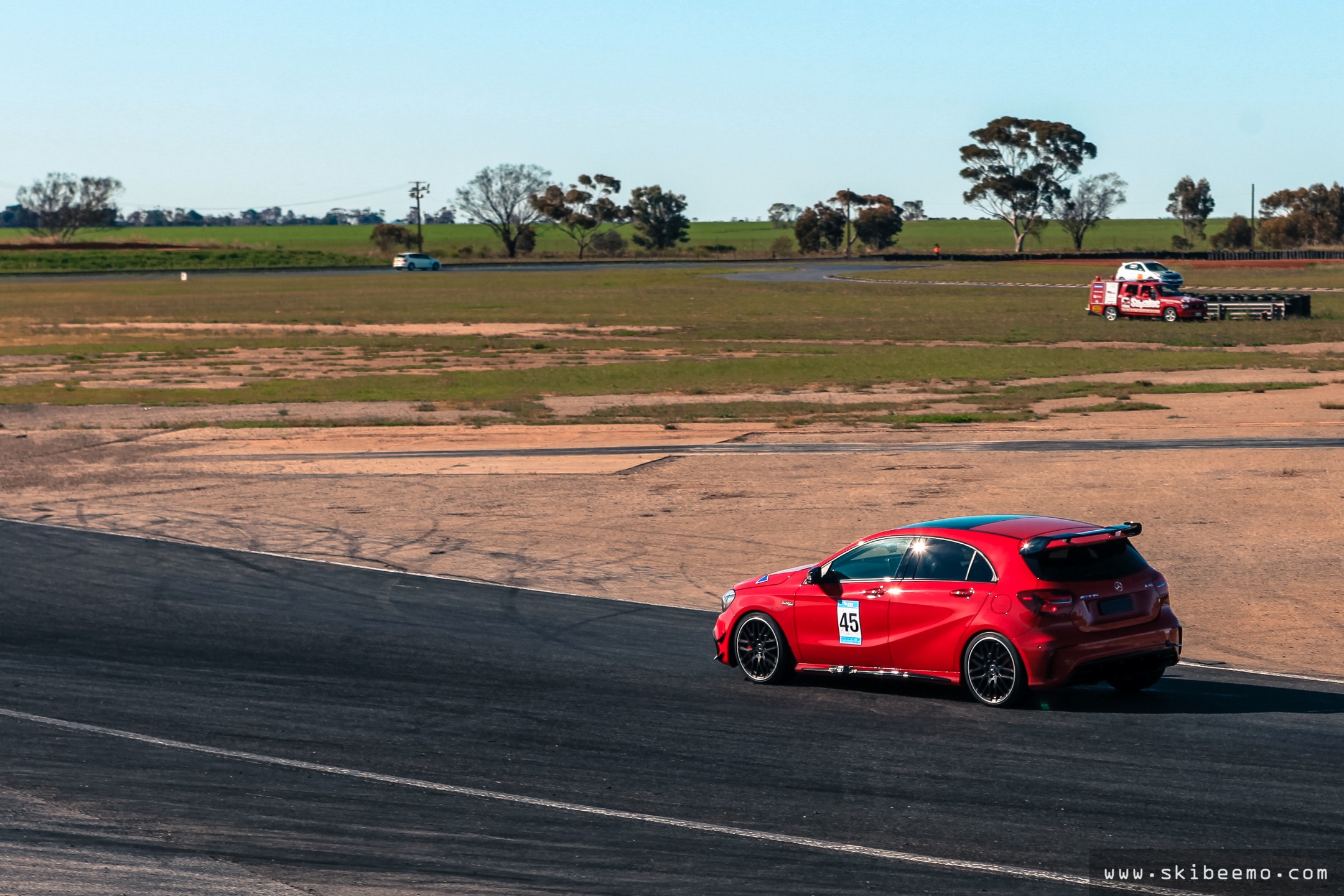
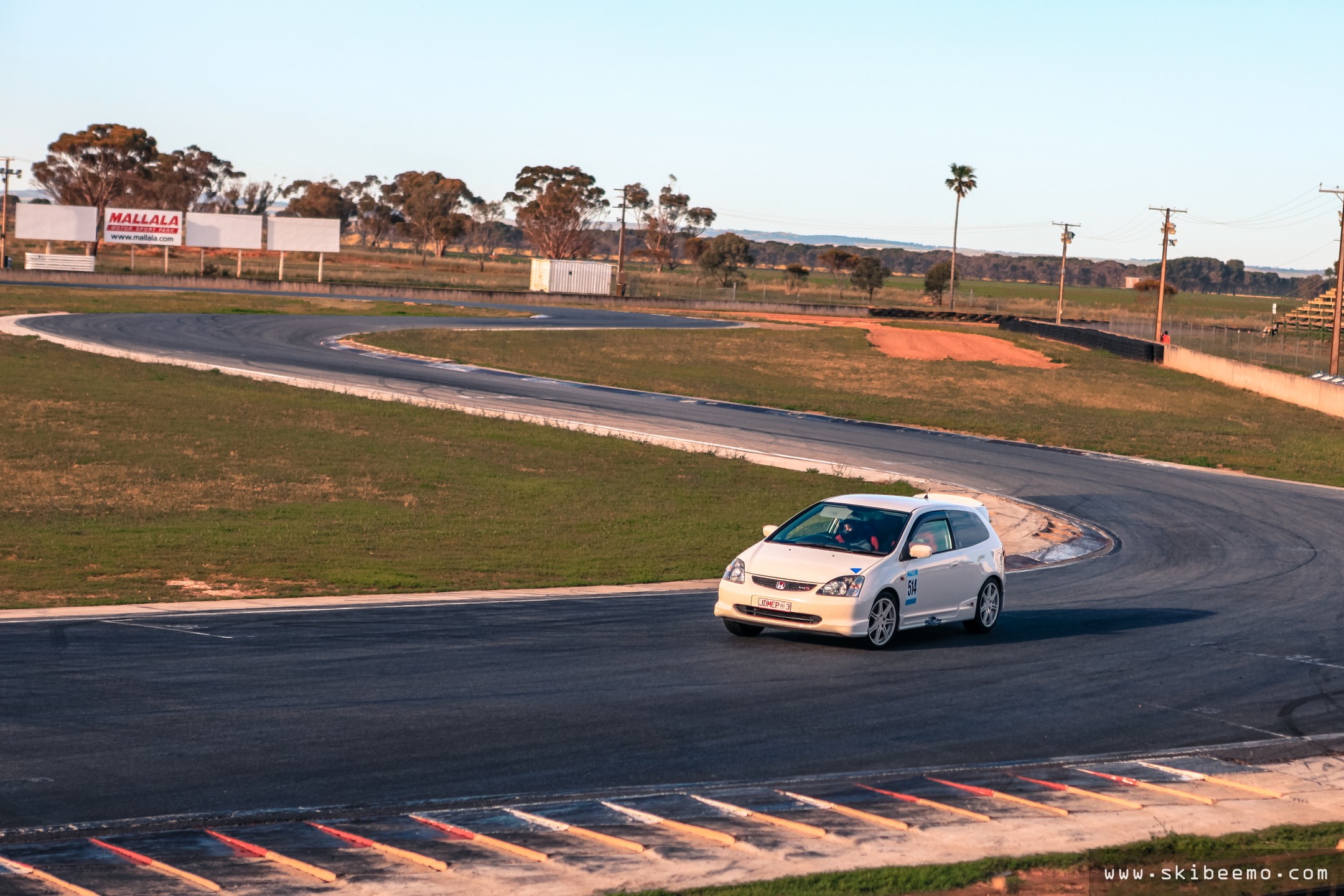

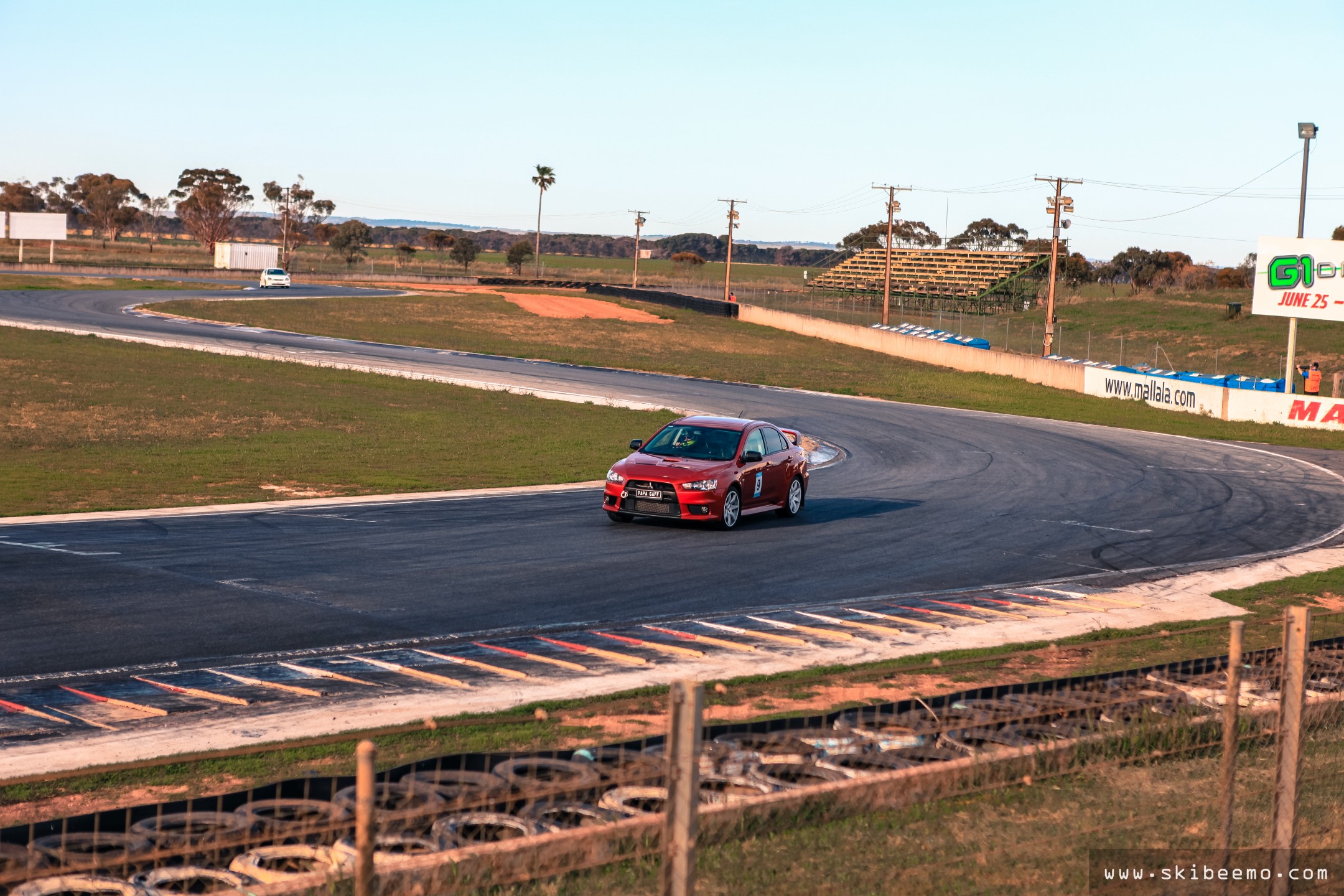
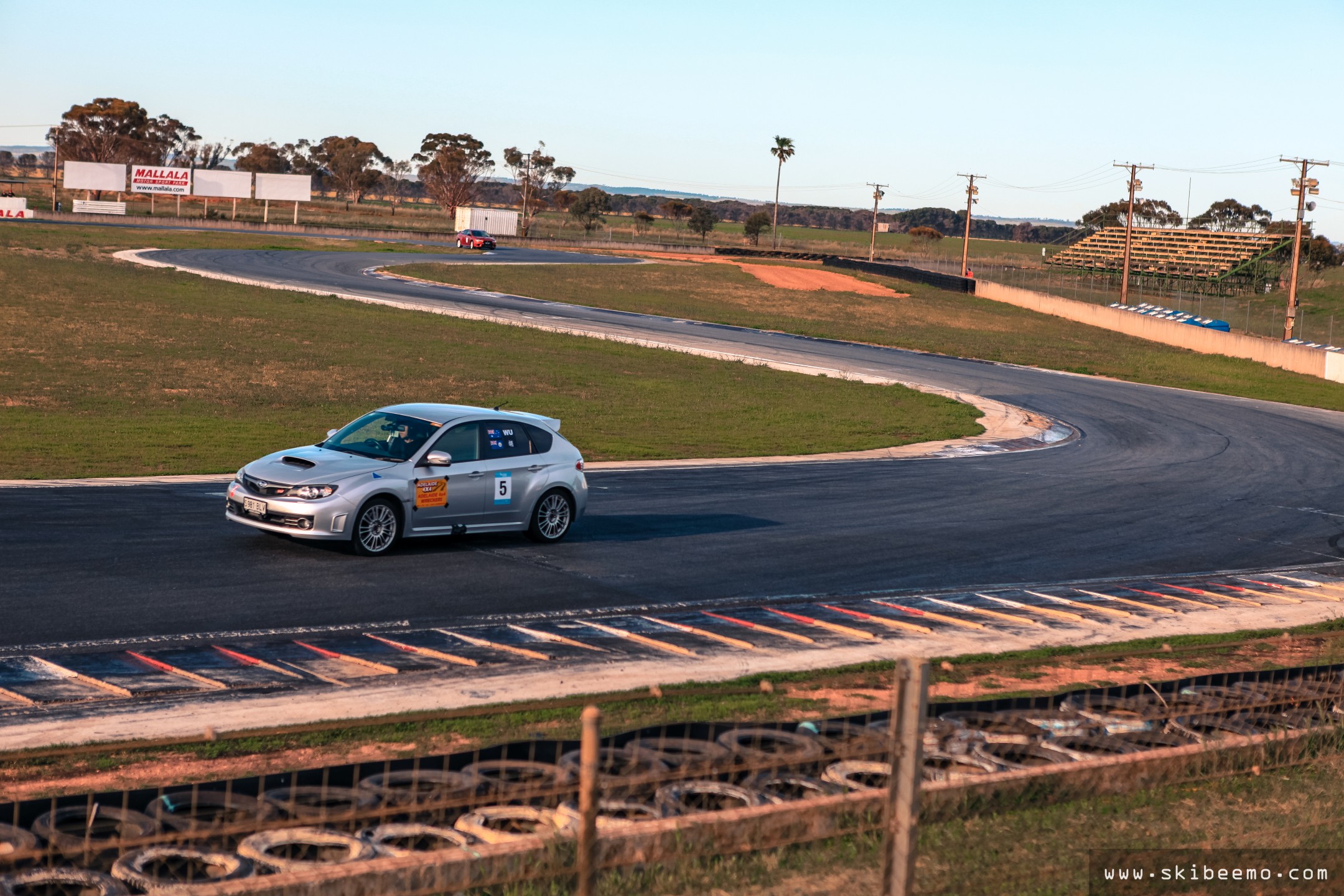
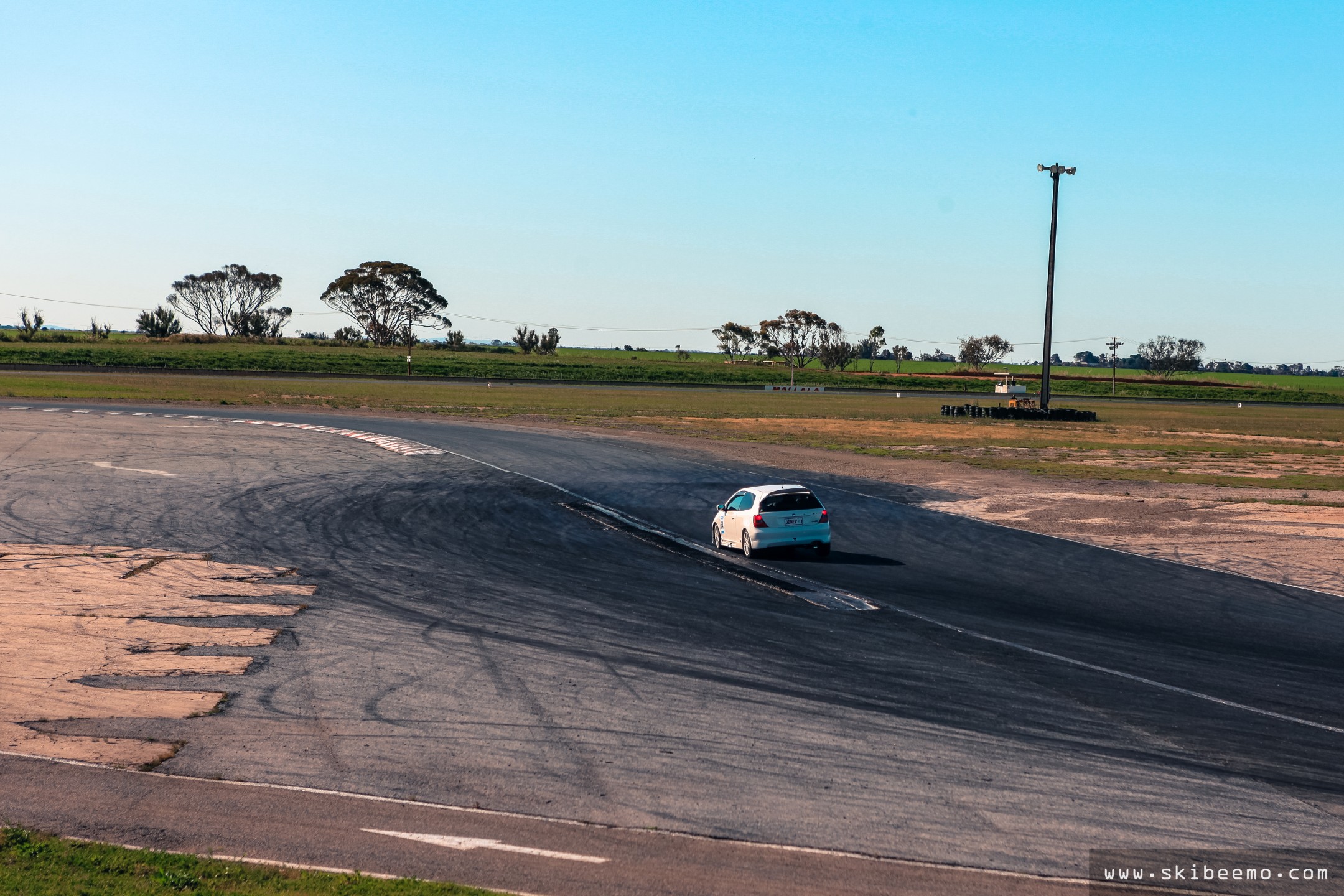
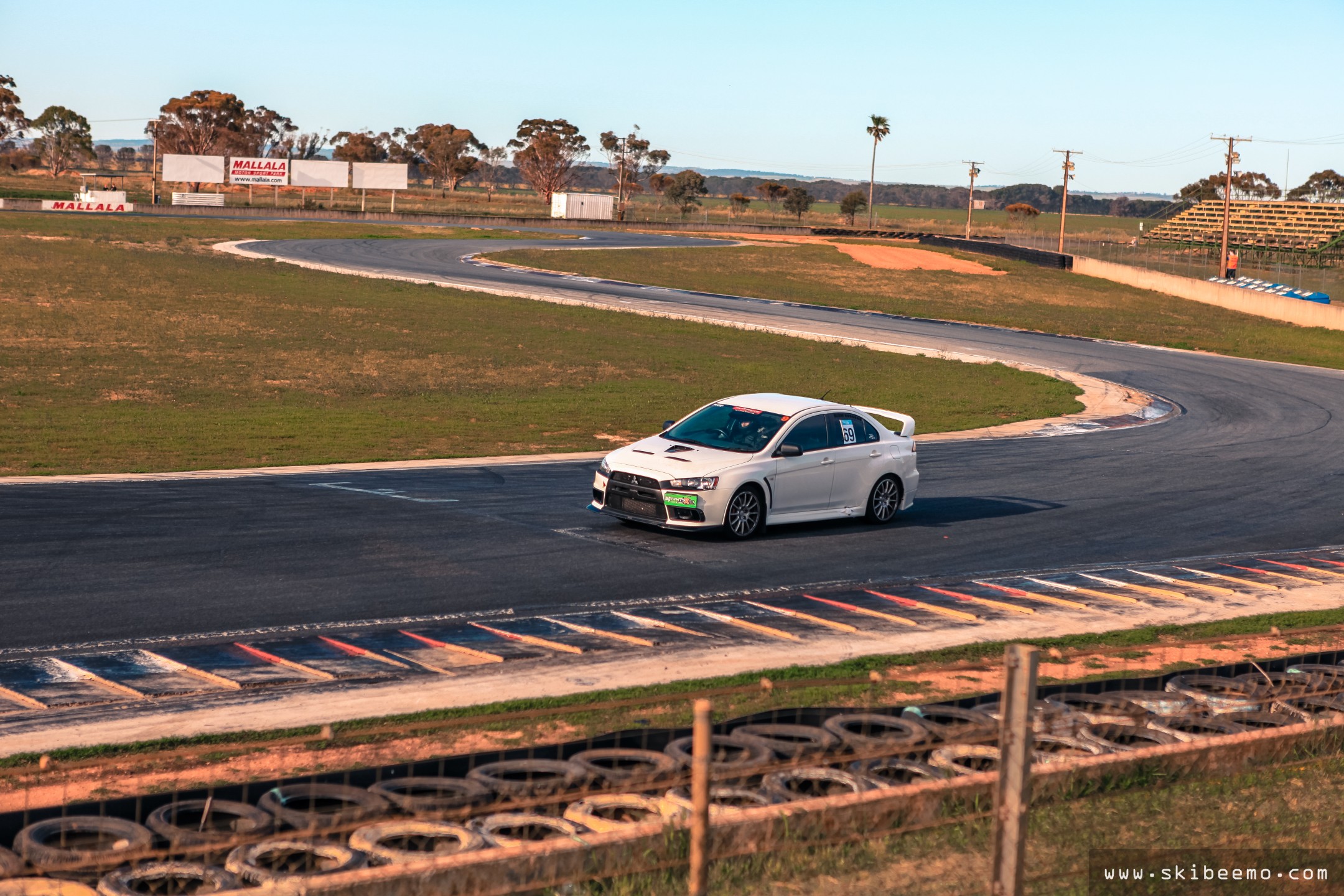
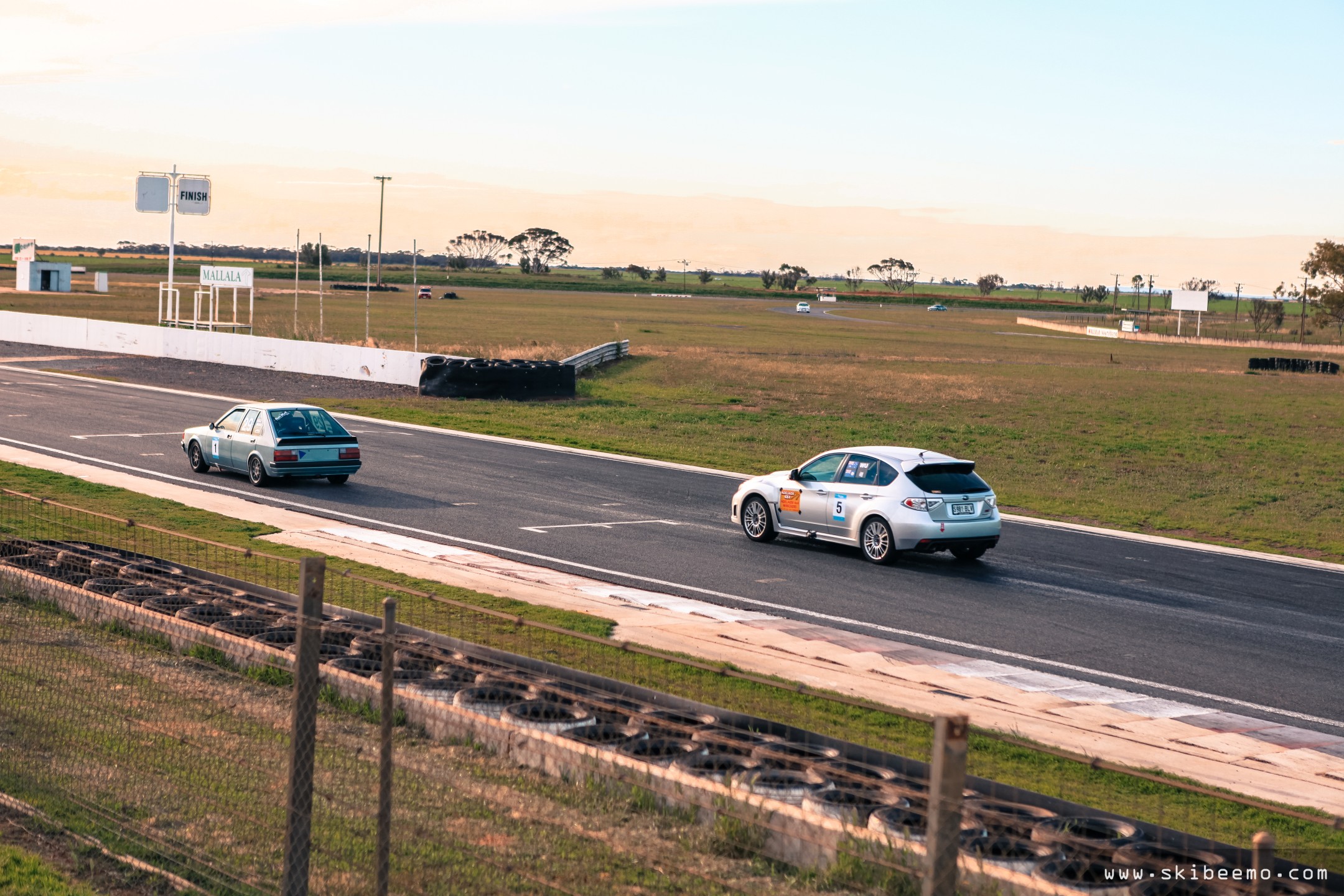
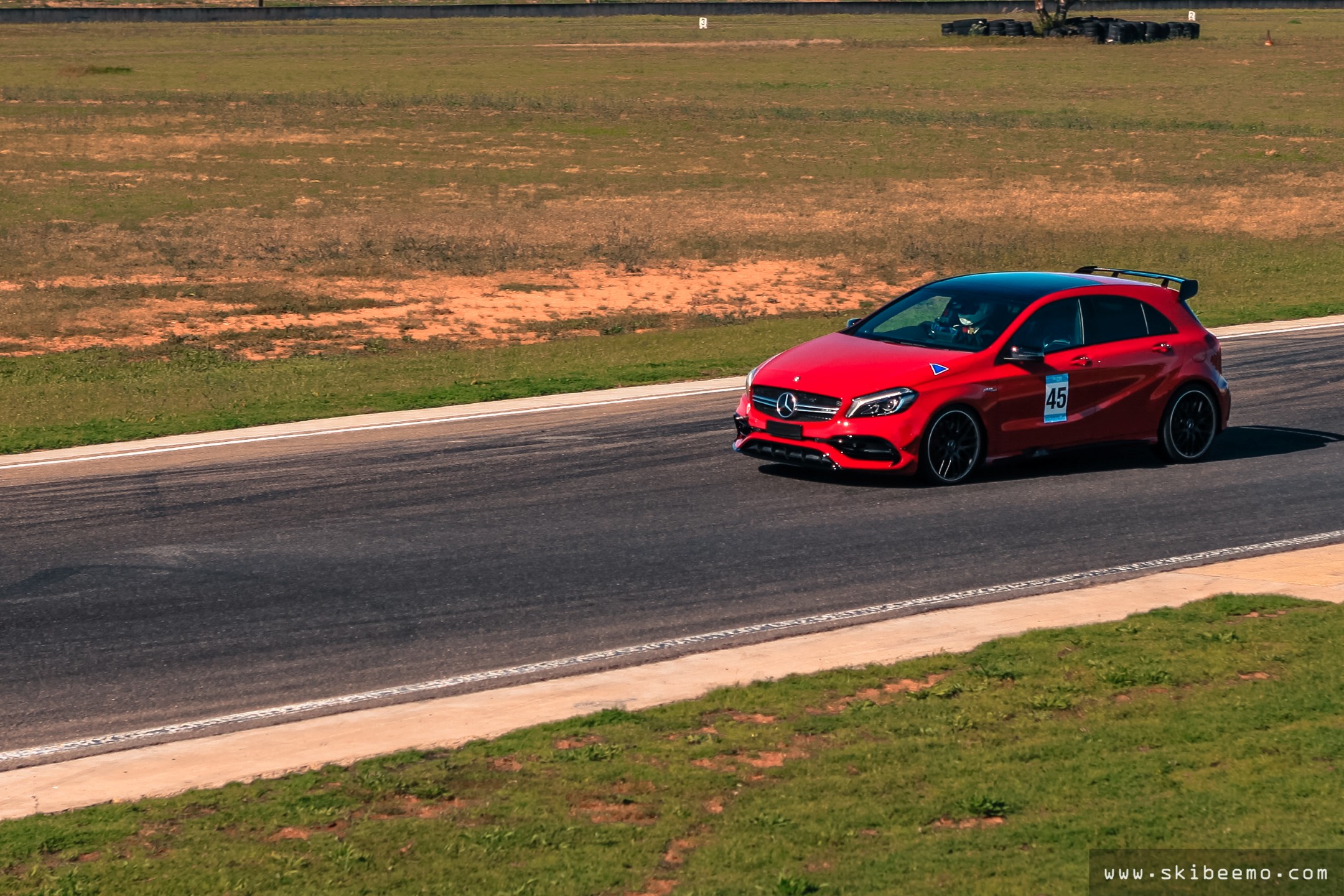
No matter which time attack event you’re at, the Clubsprint Class is usually the busiest. This class is aimed at your average-Joe who isn’t the slowest on the field but at the same time, isn’t breaking any lap-records. The field was diverse with Evos and STIs the most dominate chassis. However, the Clubsprint Class win would eventually go to Andrew Wegener in his Lone Wolf Racing Honda. An incredible 1:14.818 was achieved by Andrew, which, in-comparison, was fast enough to put him in third place in the next class up (Open Class). And all this in a turbo-charged S2000 not running on R-compound tyres. Andrew finished 23rd out of 47 entrants at the recent World Time Attack Challenge’s Clubsprint Class and has proven that he is a talented driver. Watch out for him in 2017.
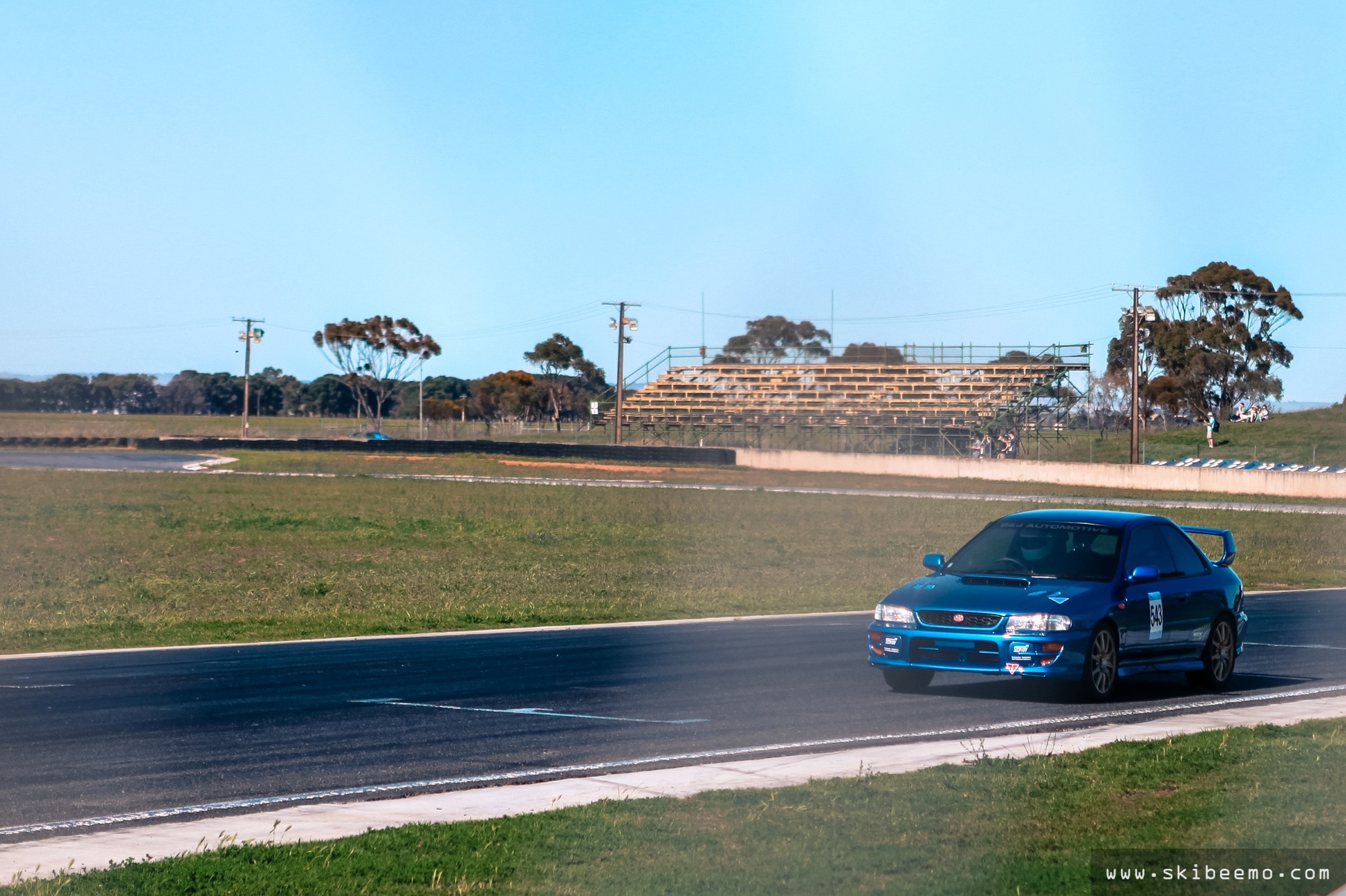
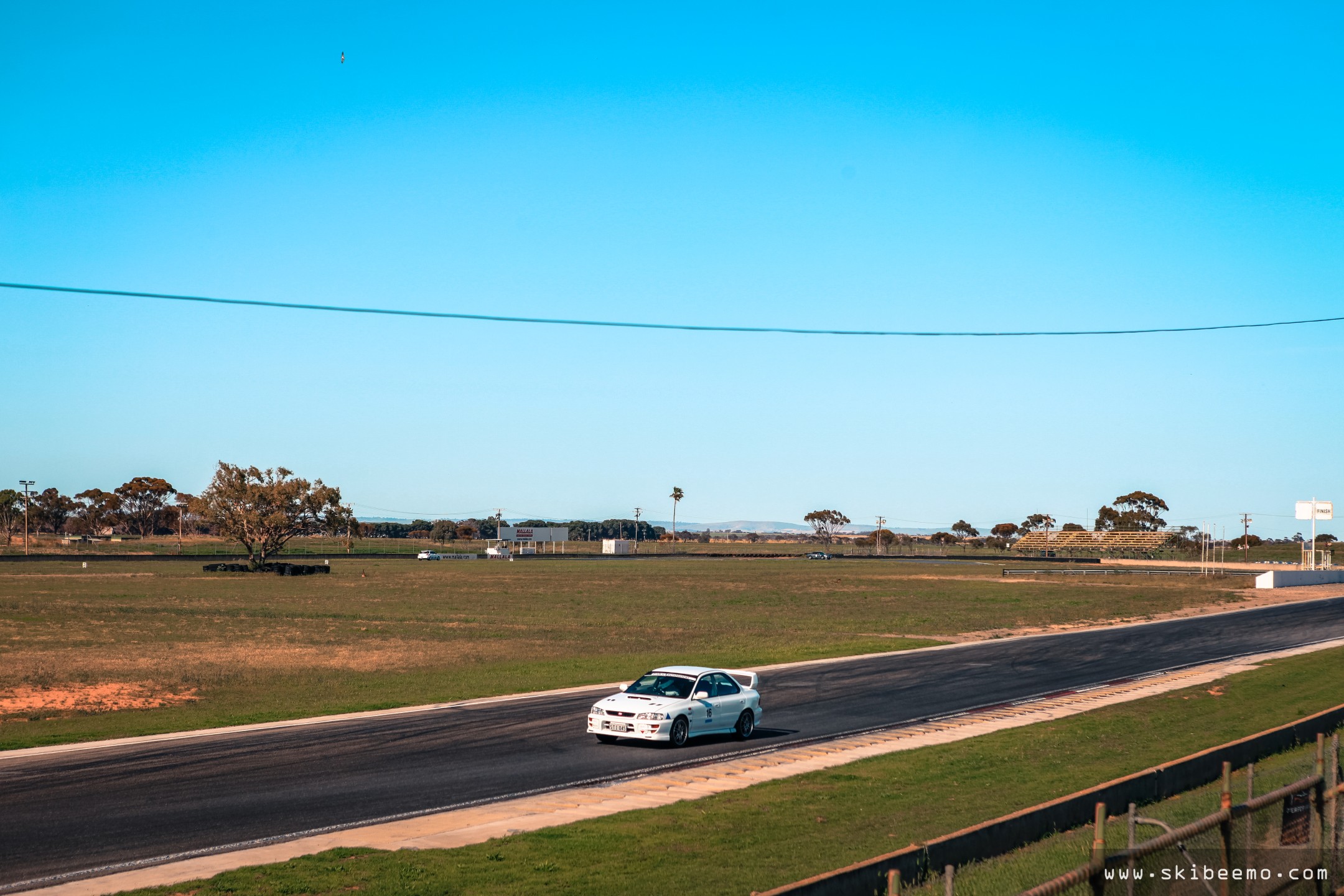
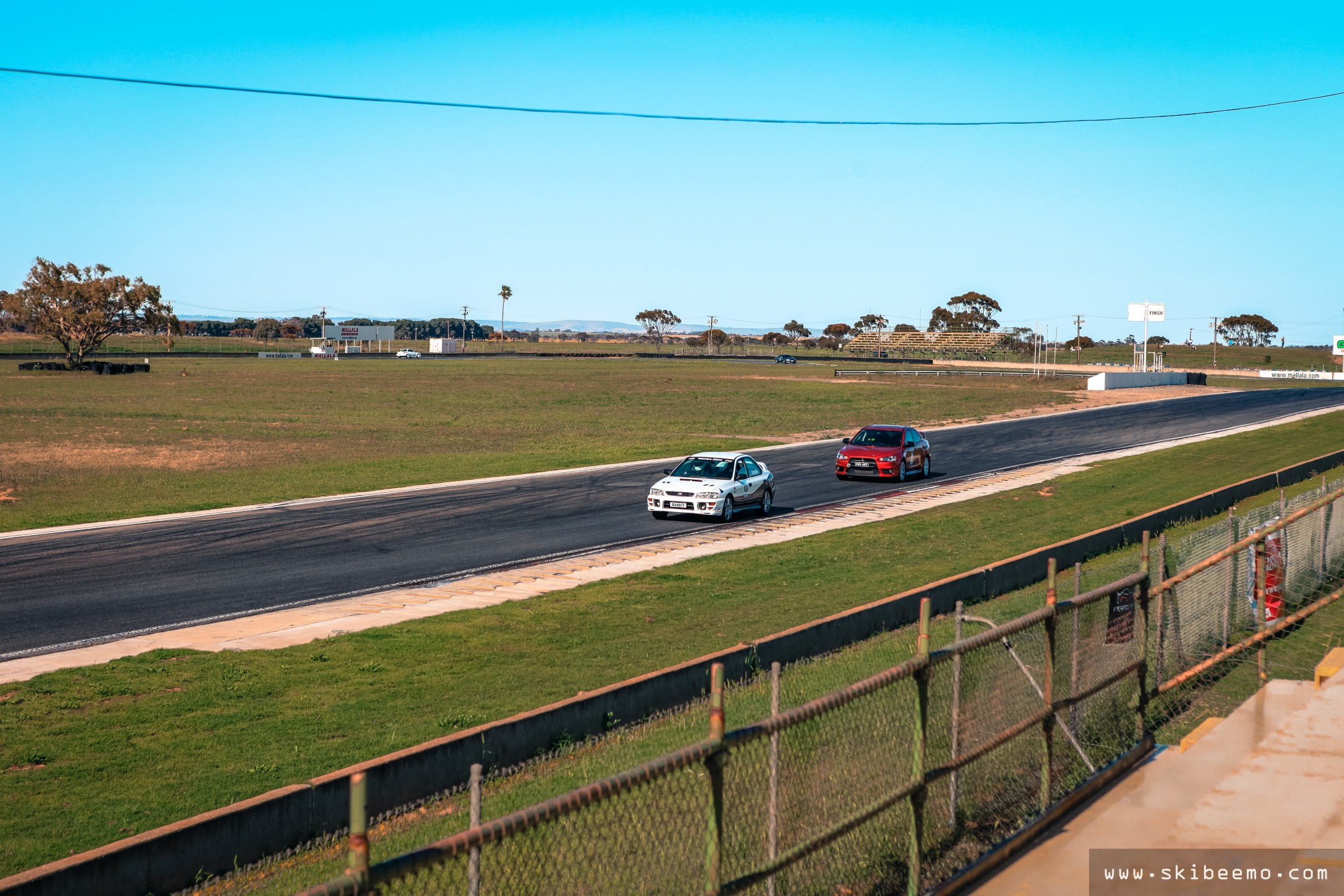
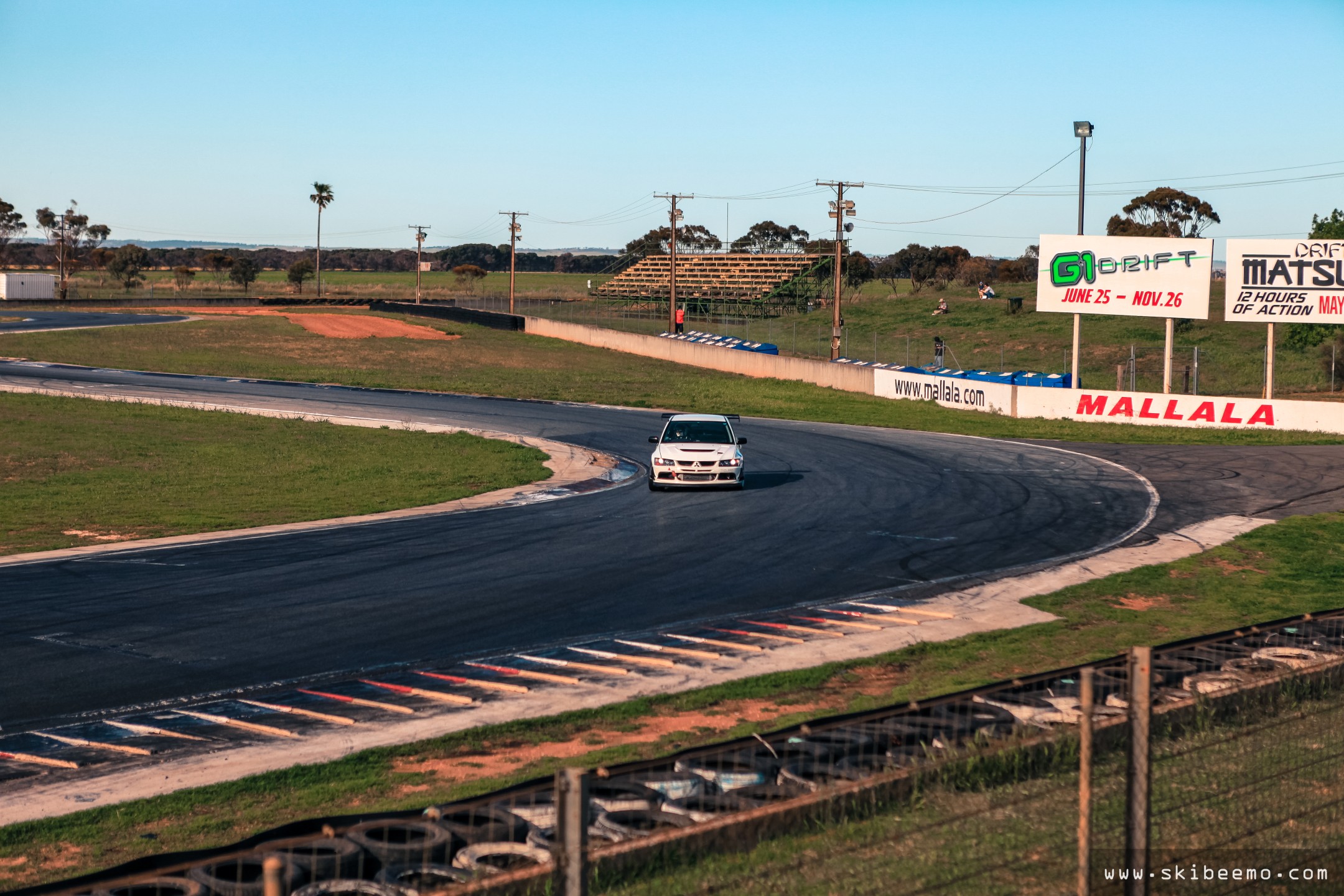
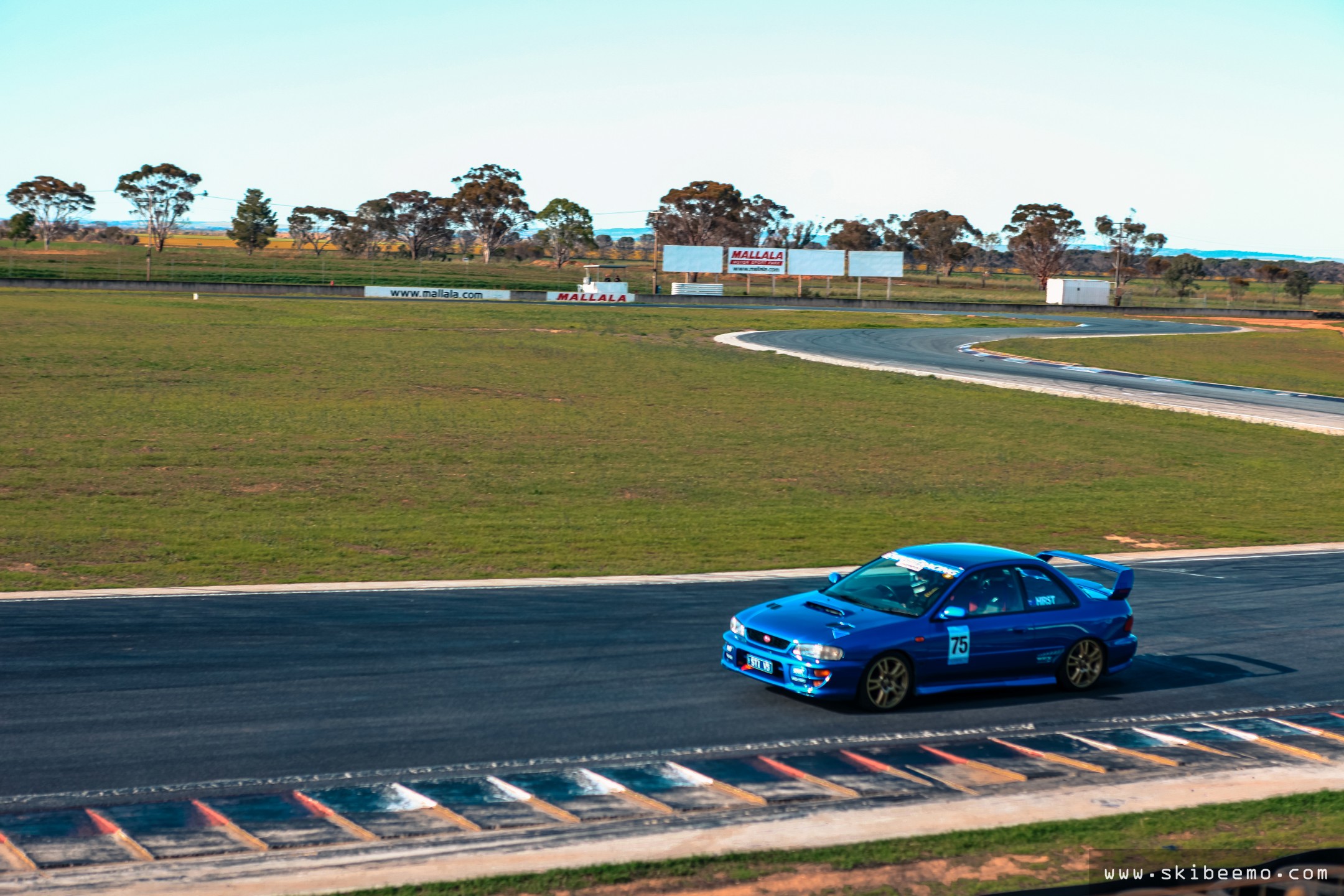
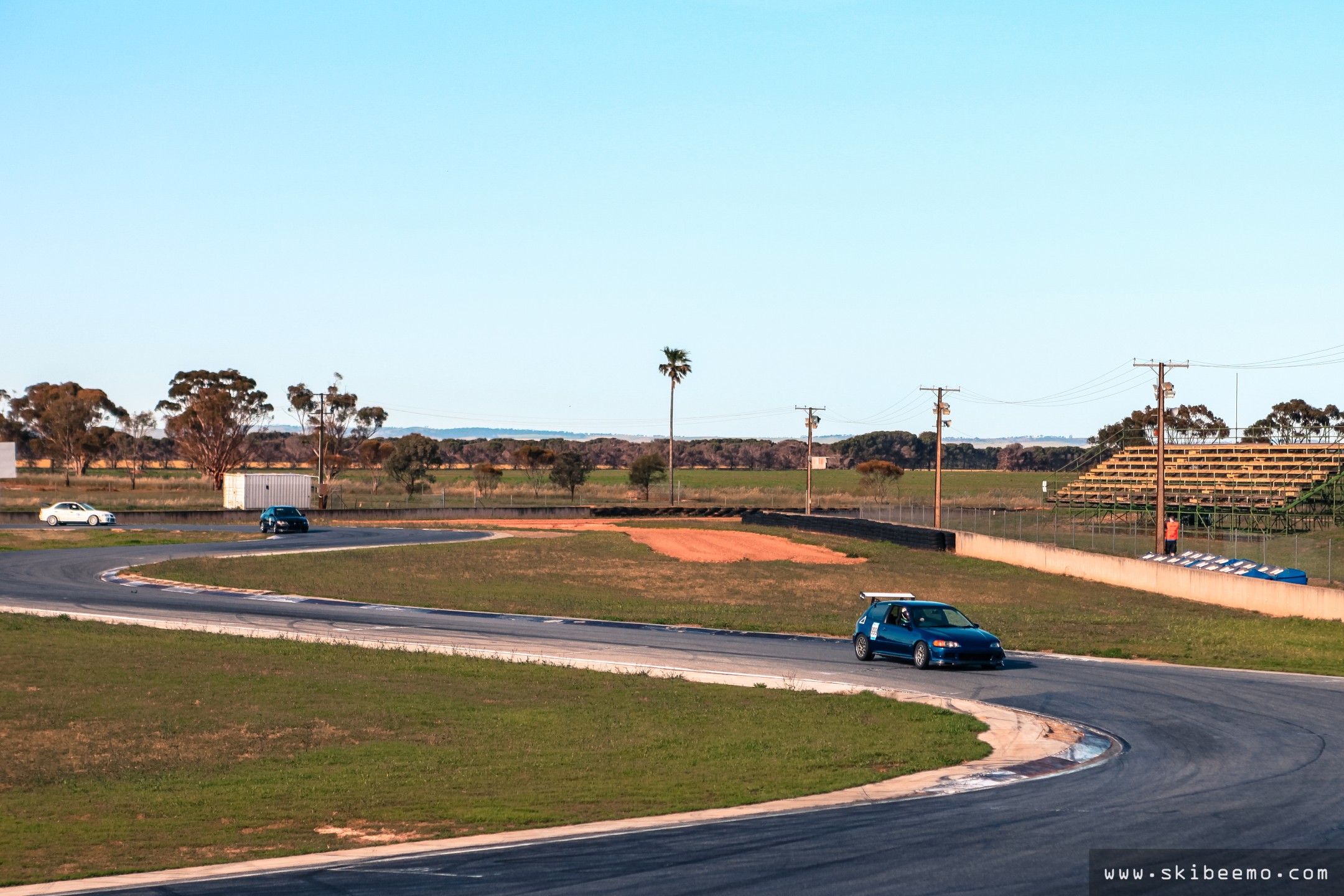
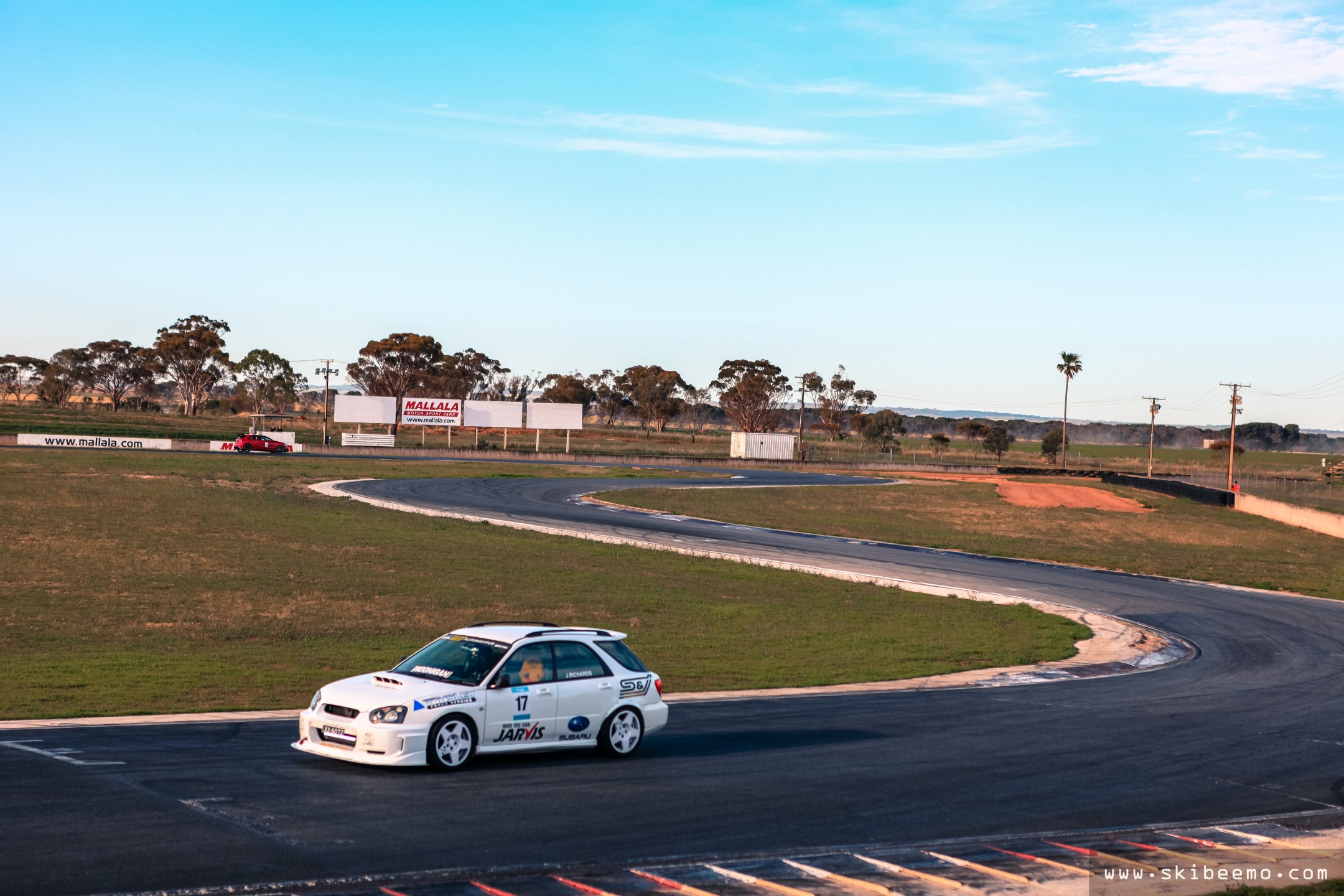
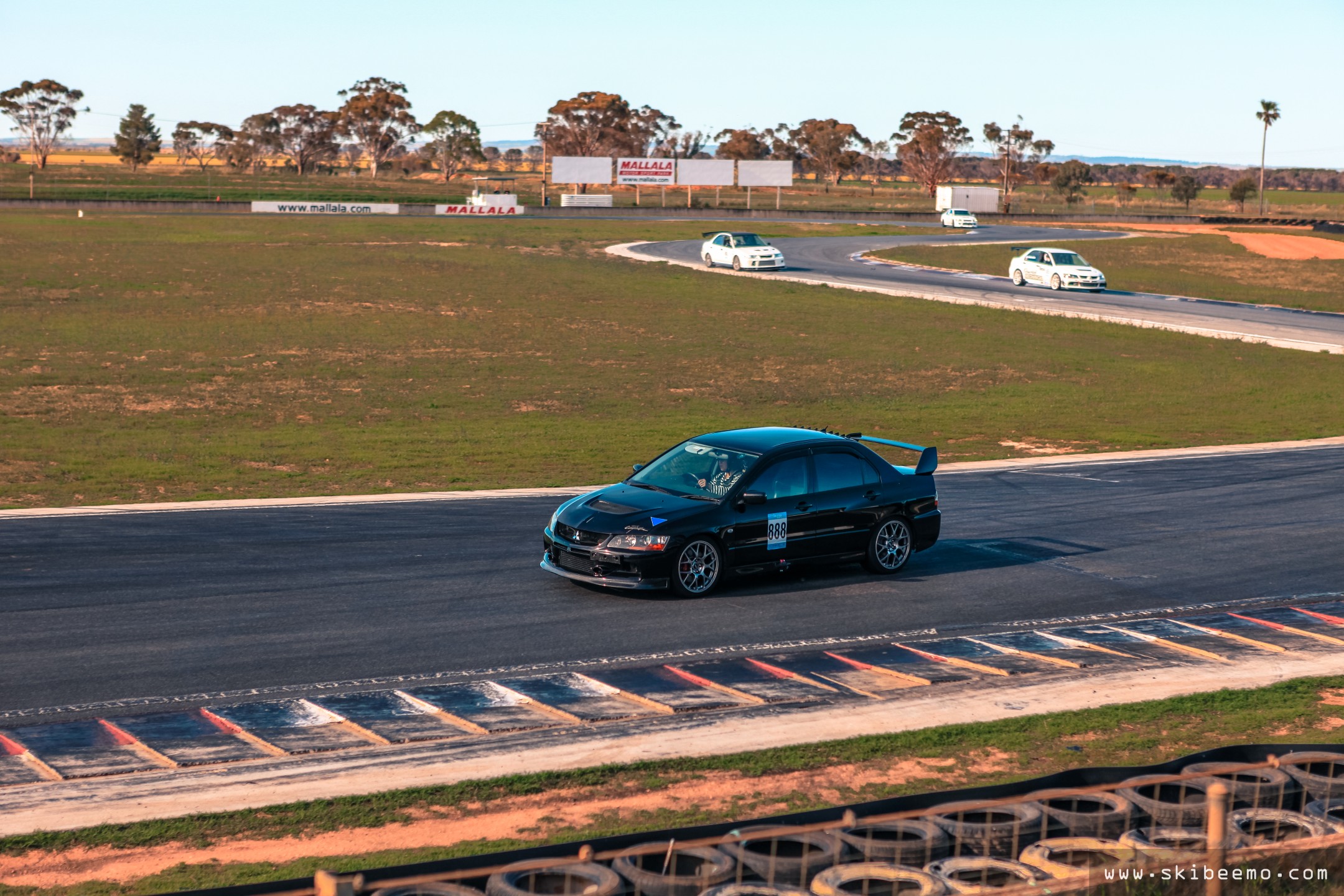
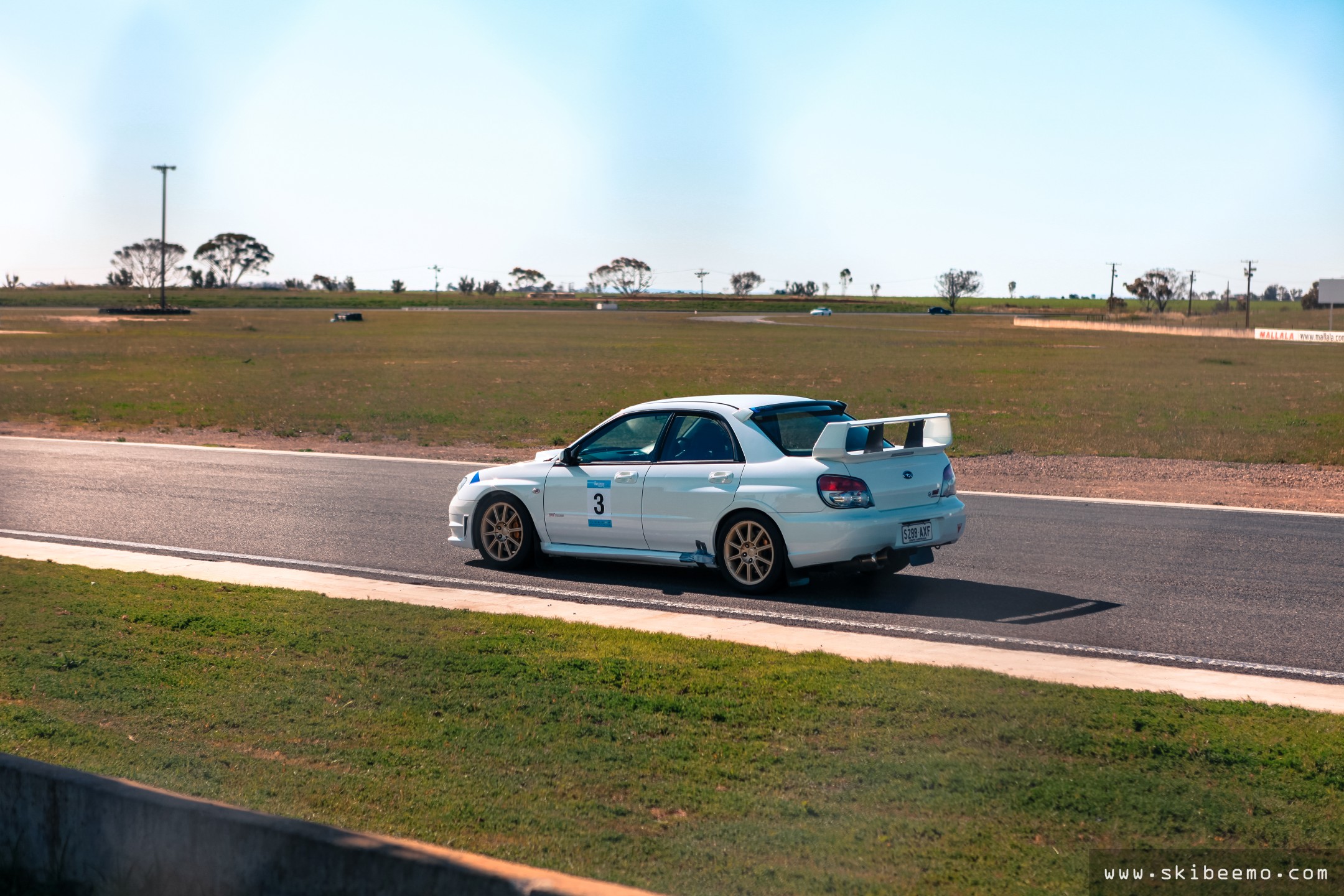
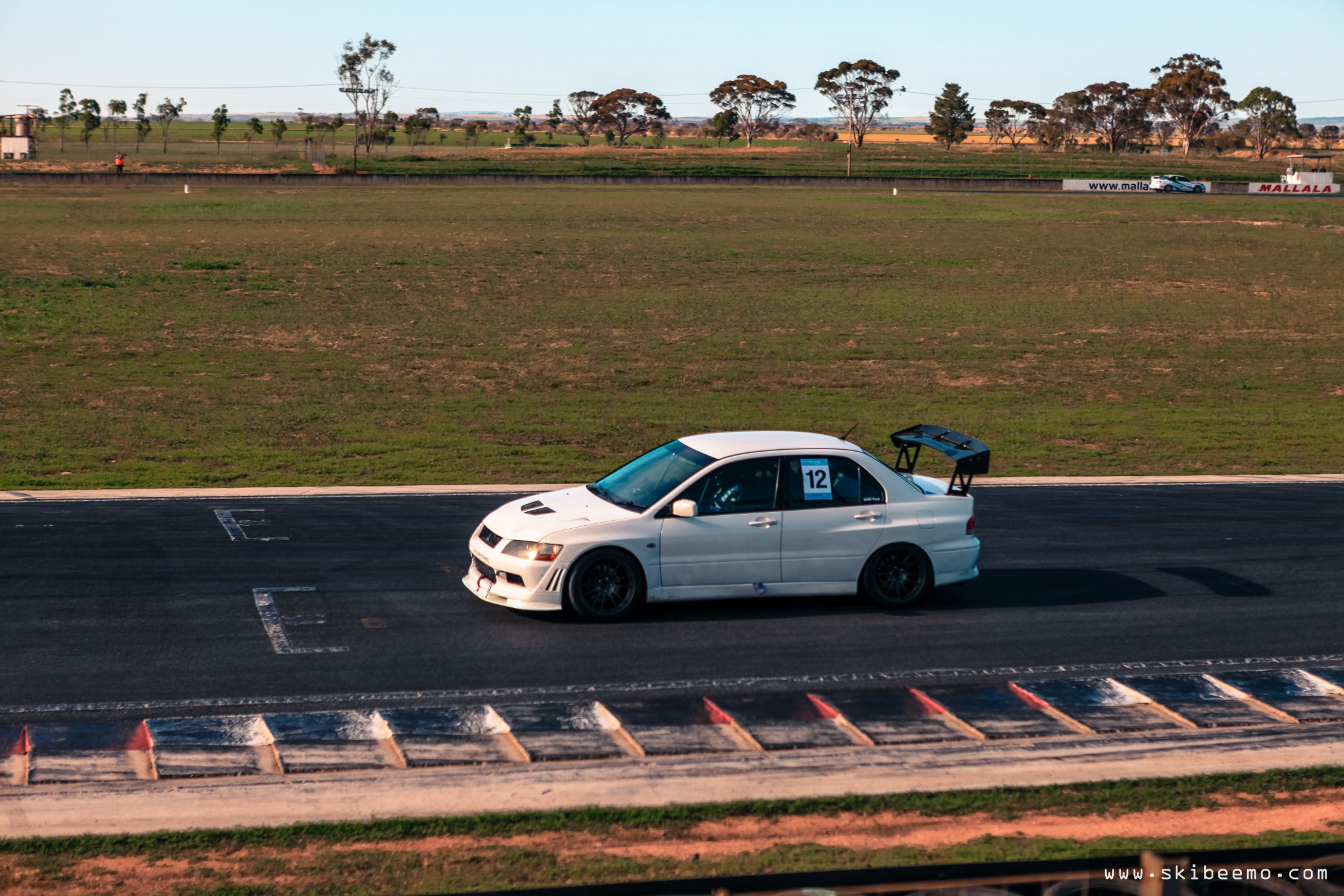
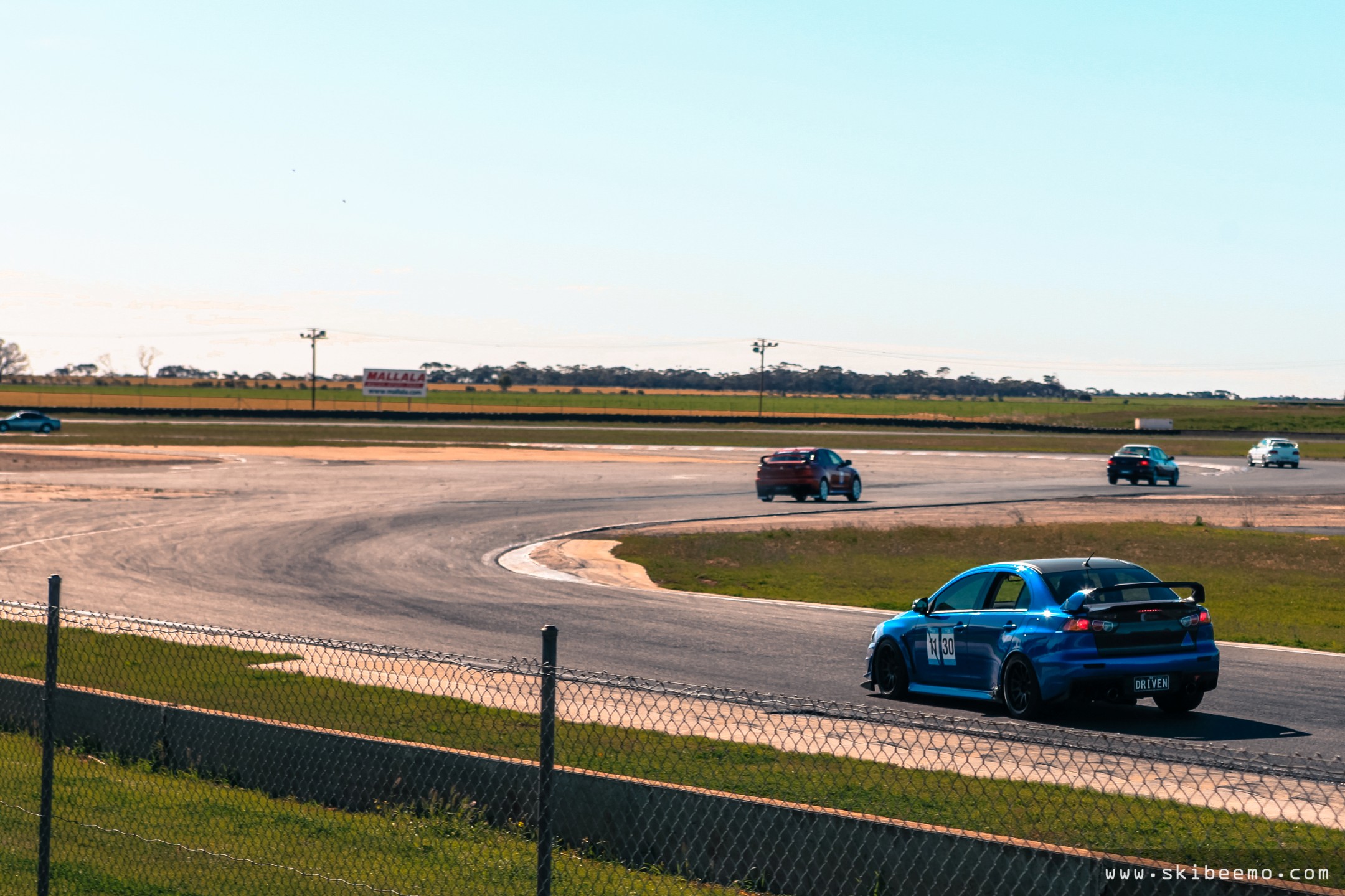
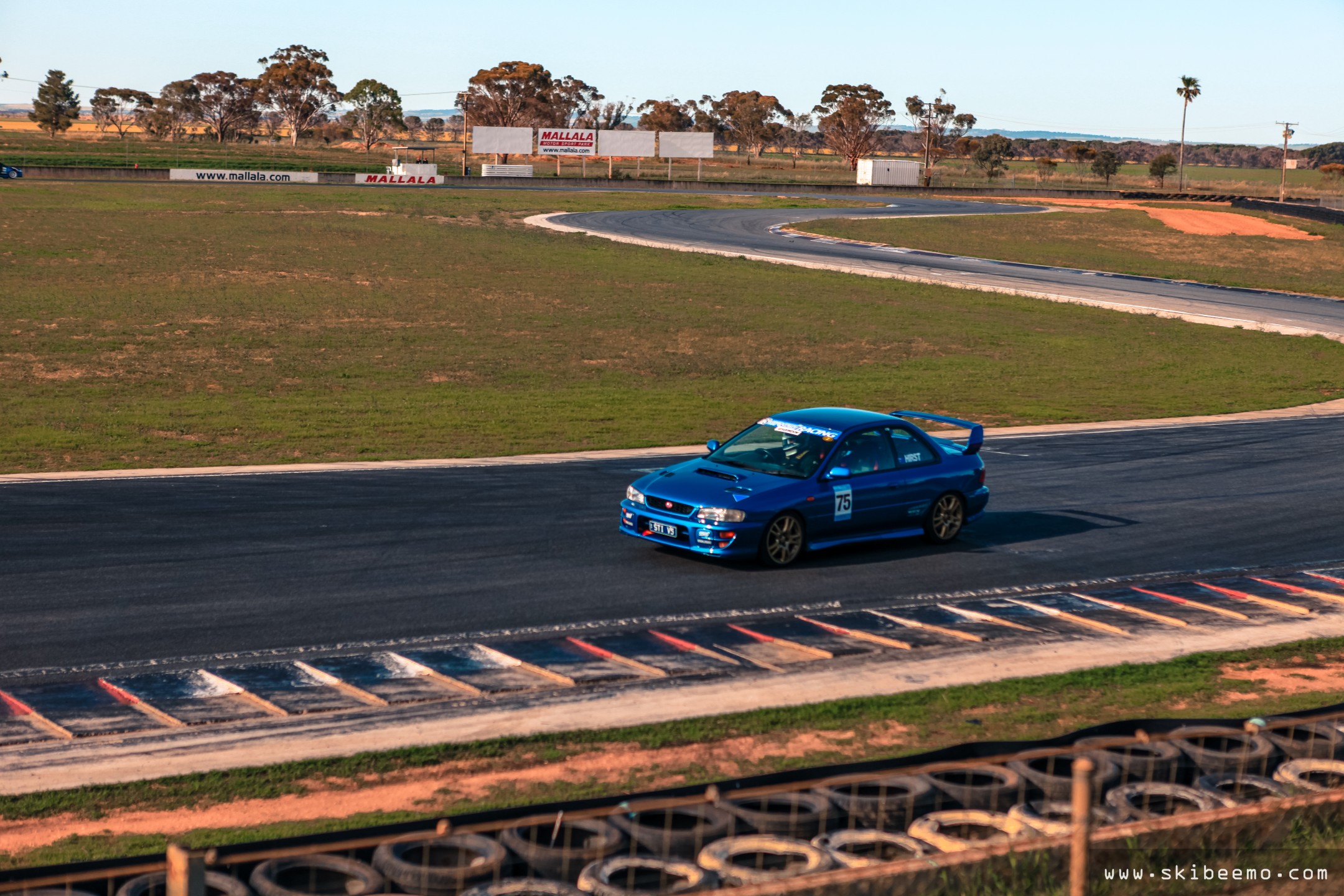
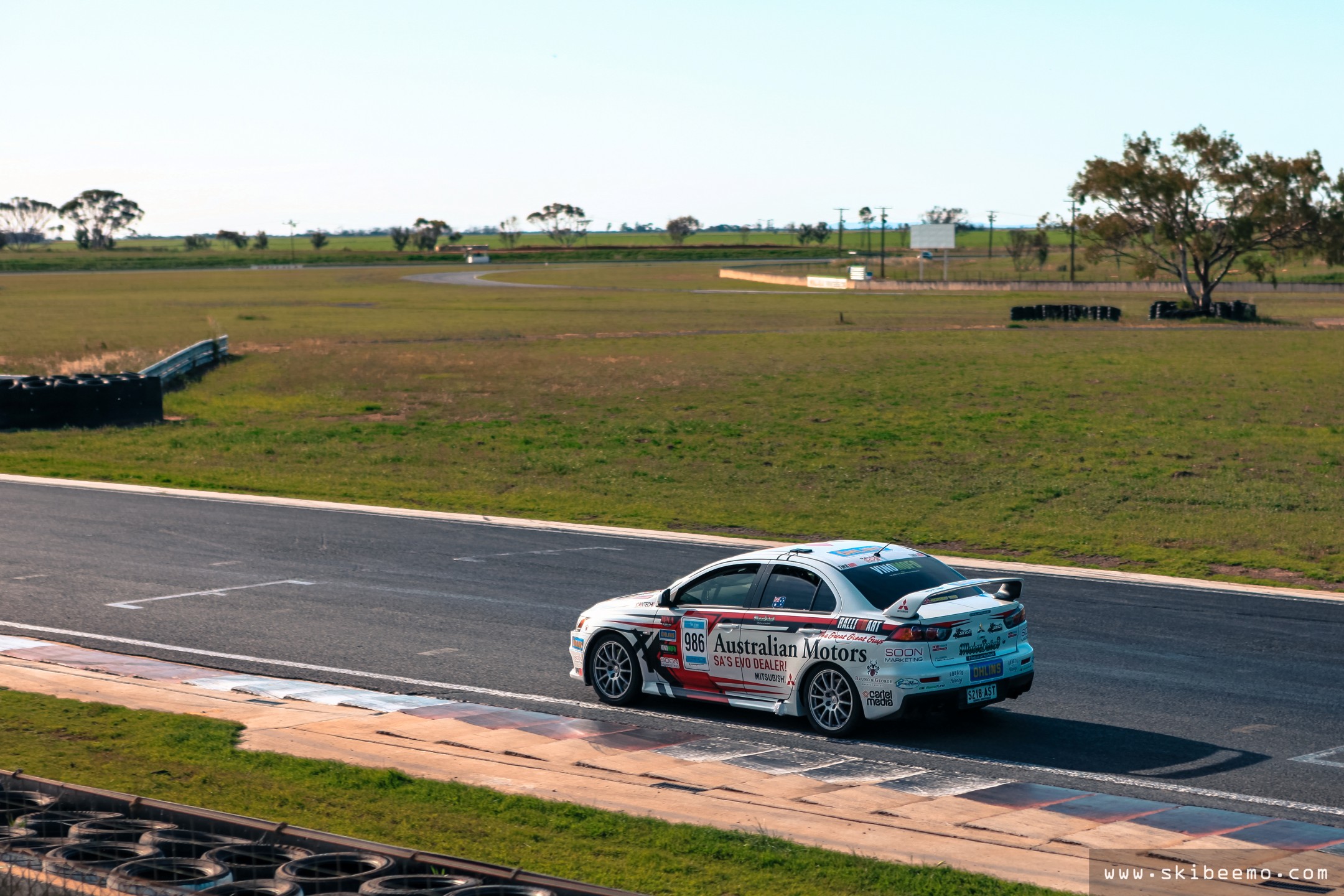
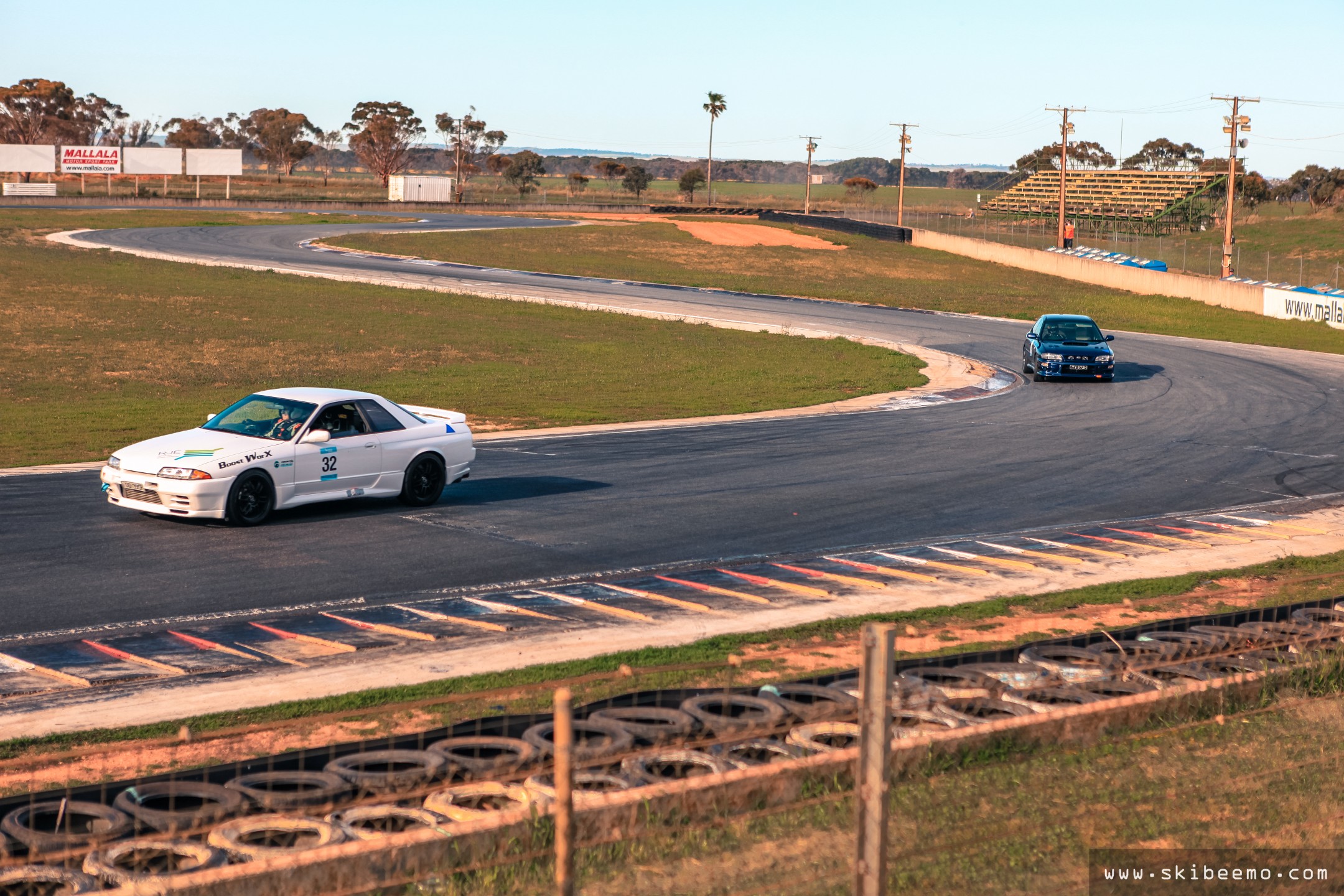
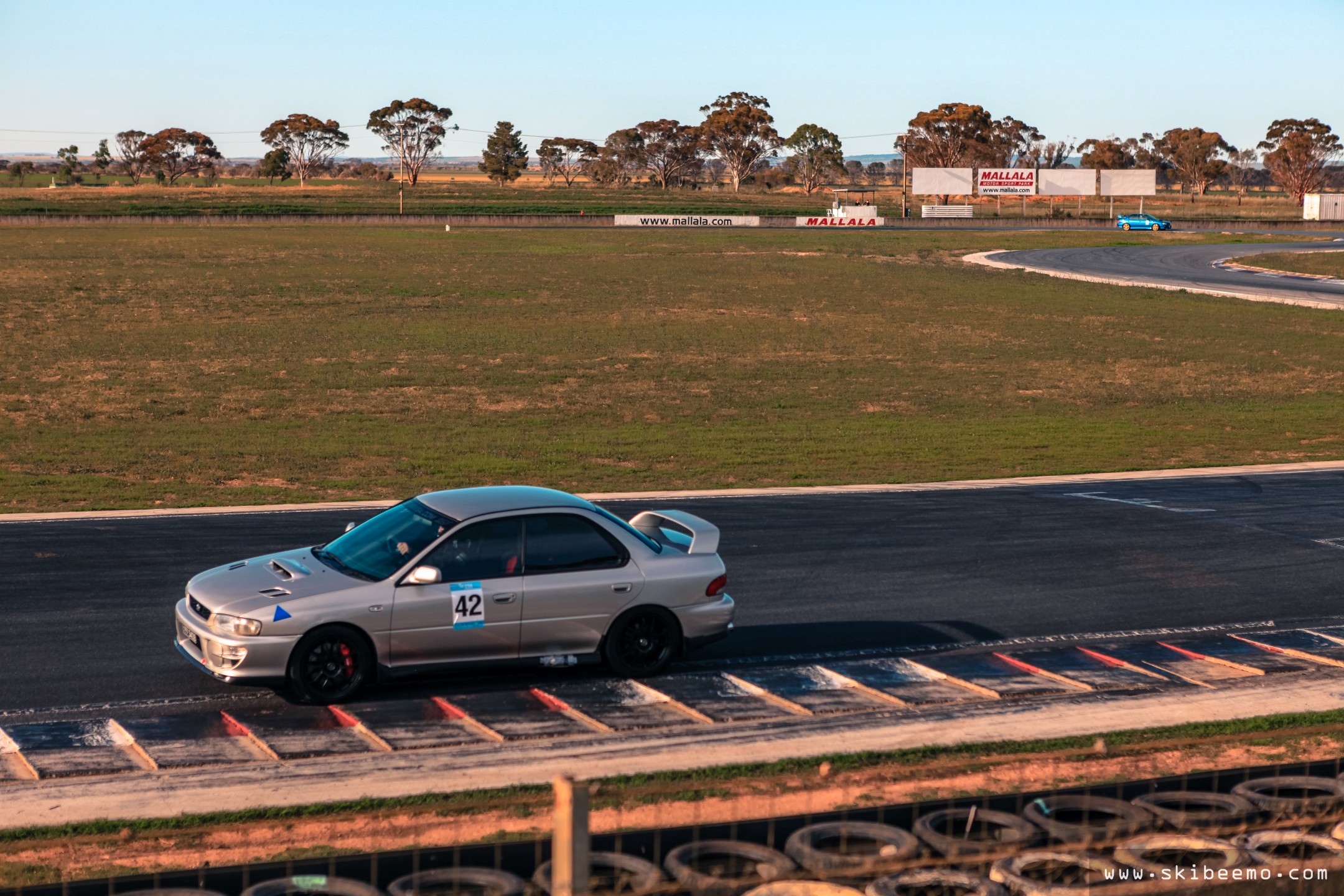
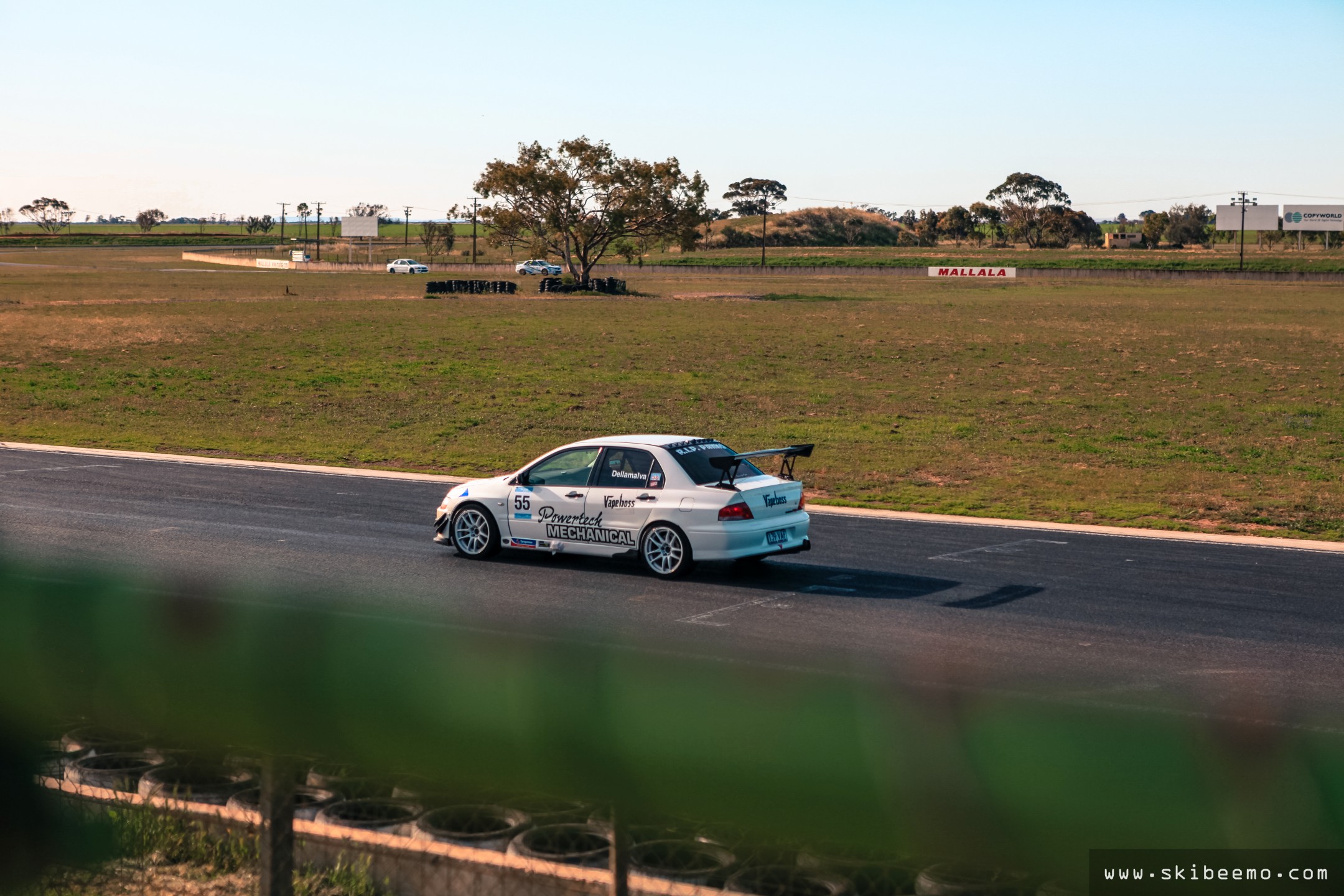
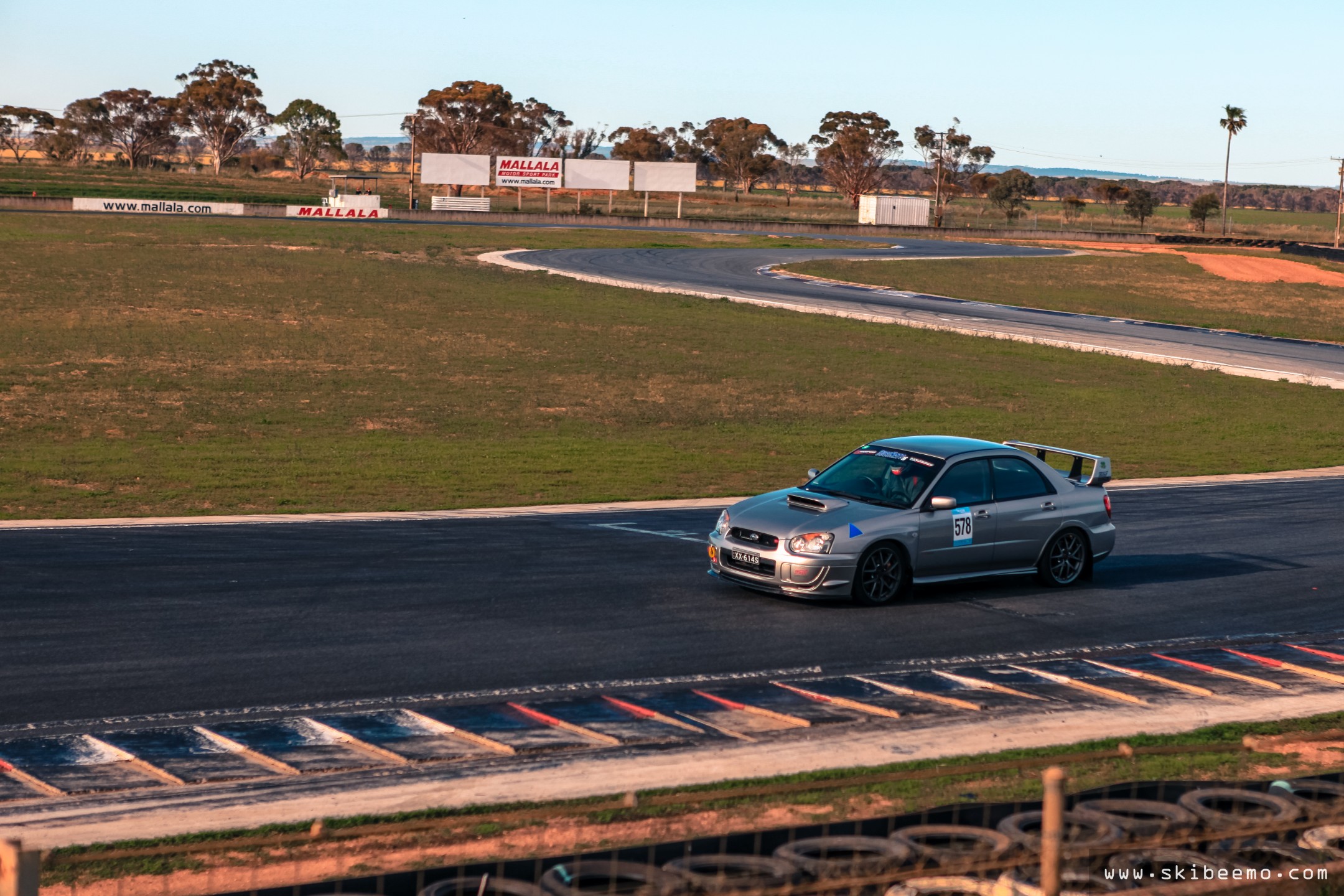
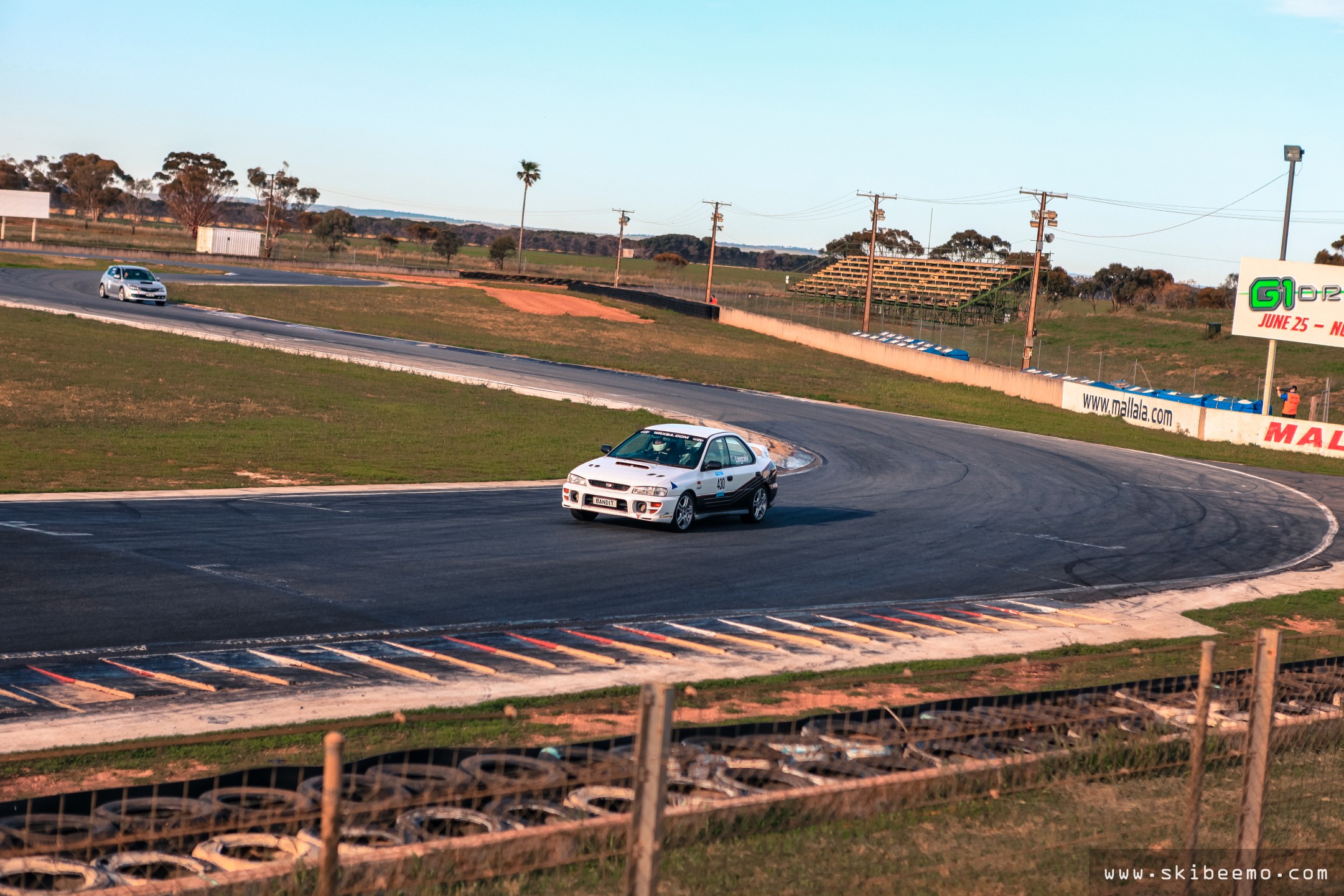
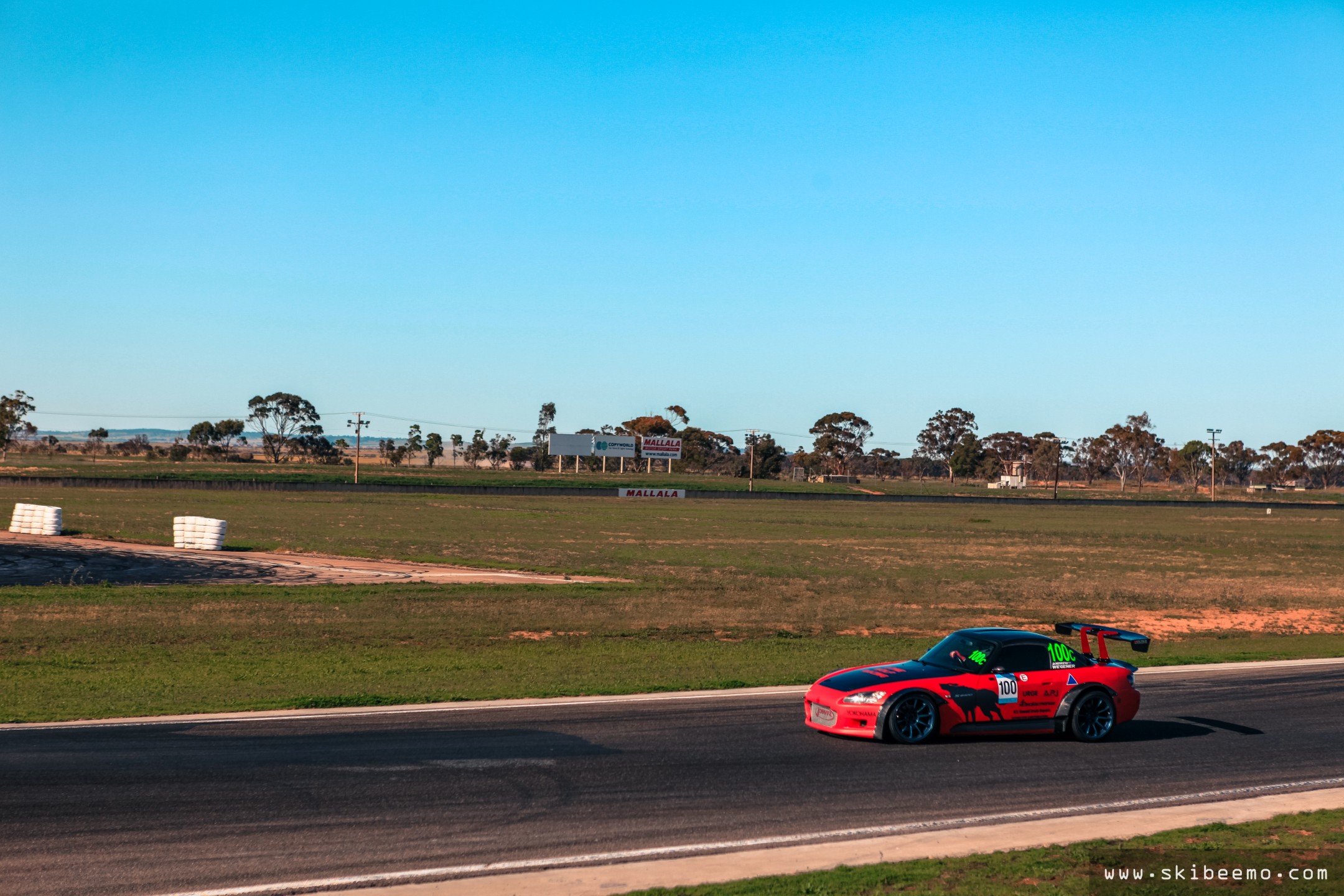
What’s a time attack event without a show and shine? Slow Life delivered the goods, complete with DJ spinning beats and a couple of mouth-watering GT-Rs on display.
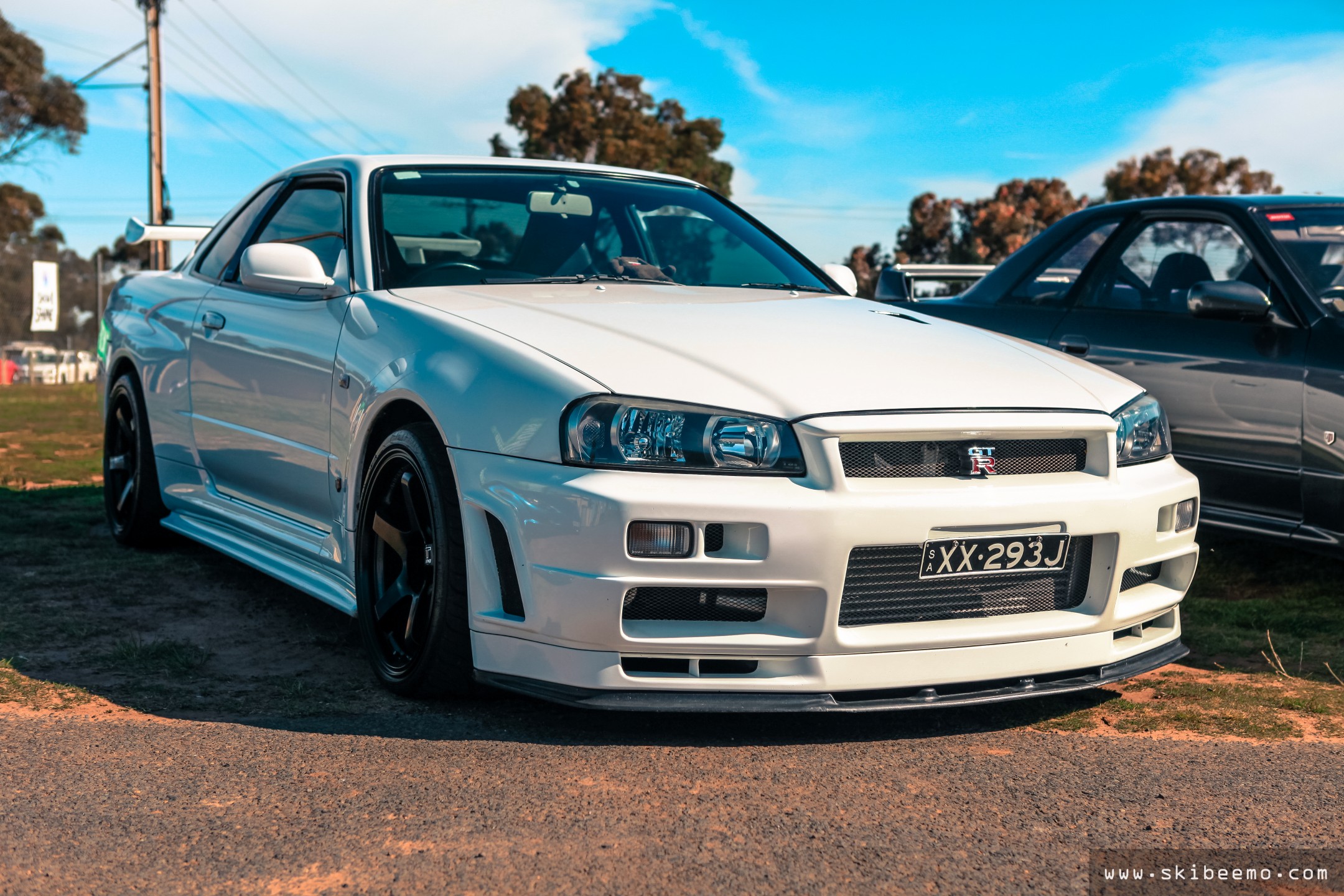
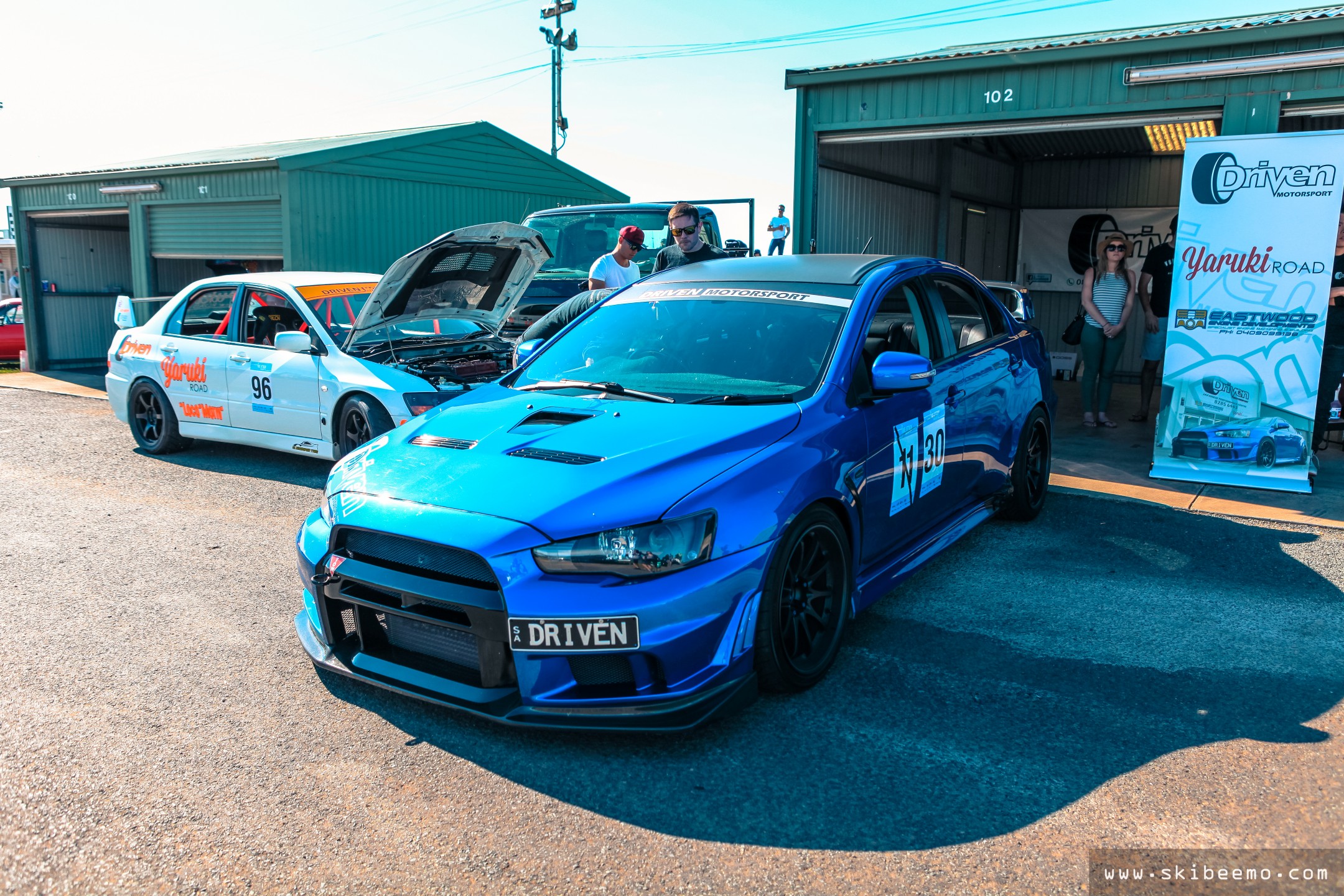
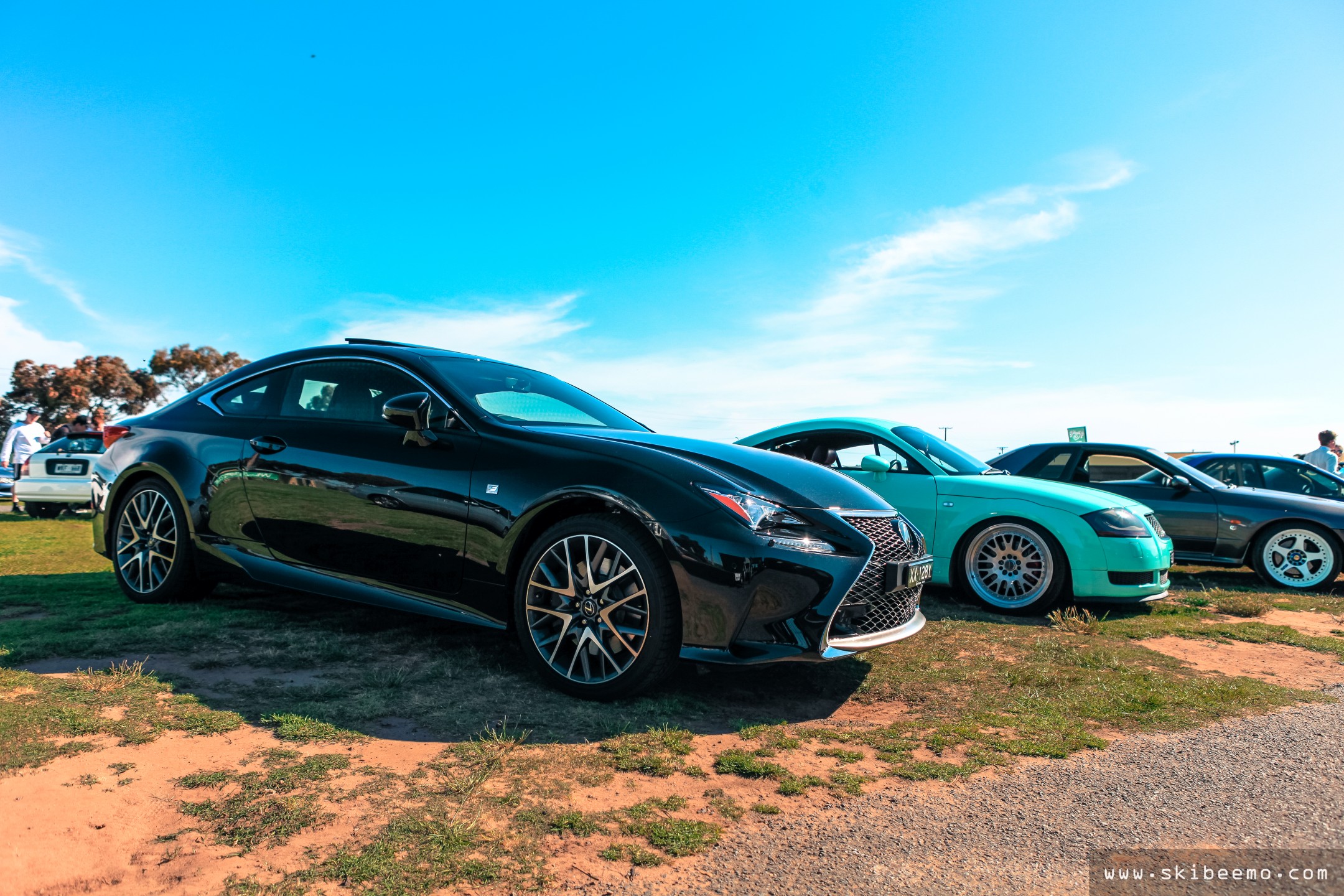
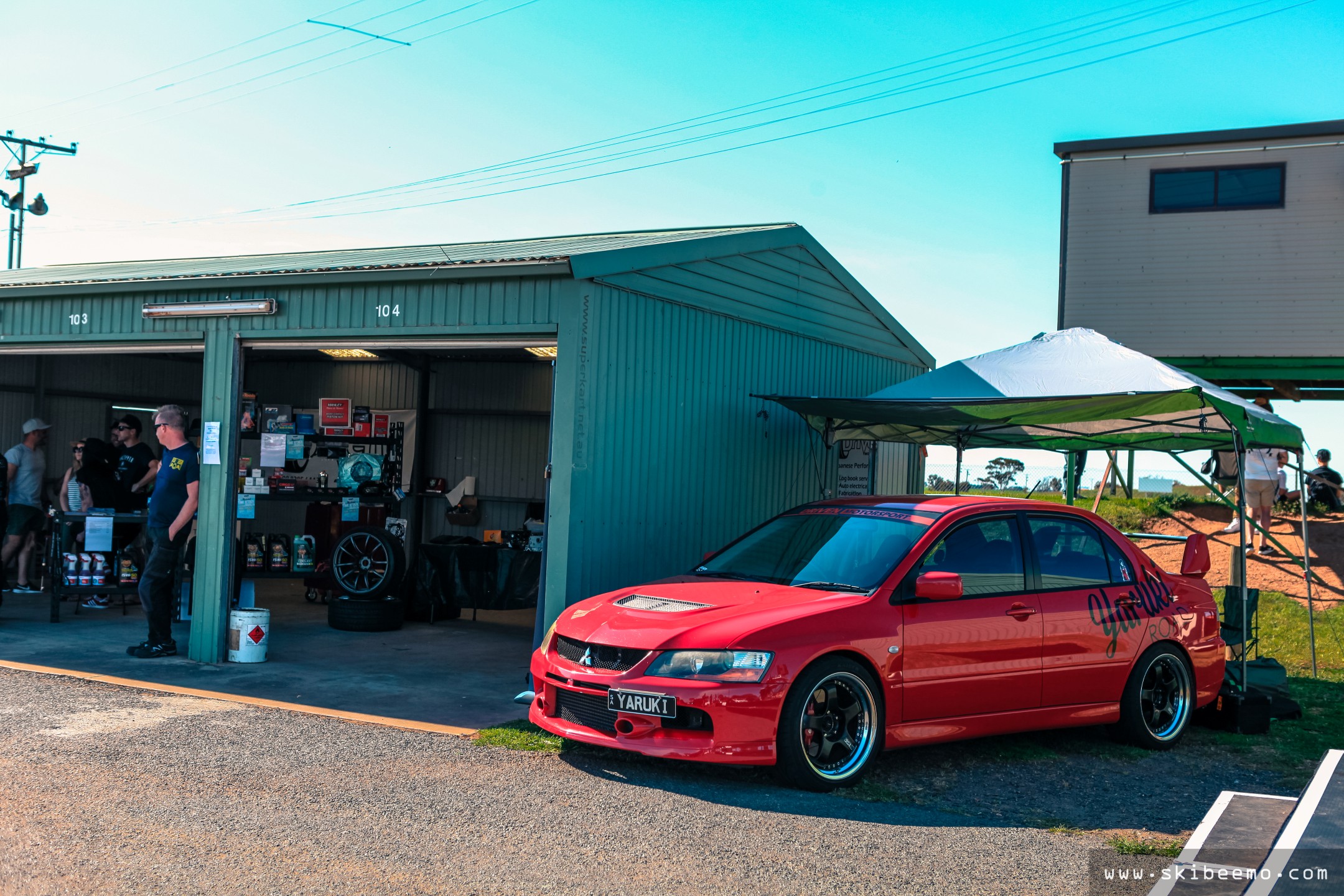
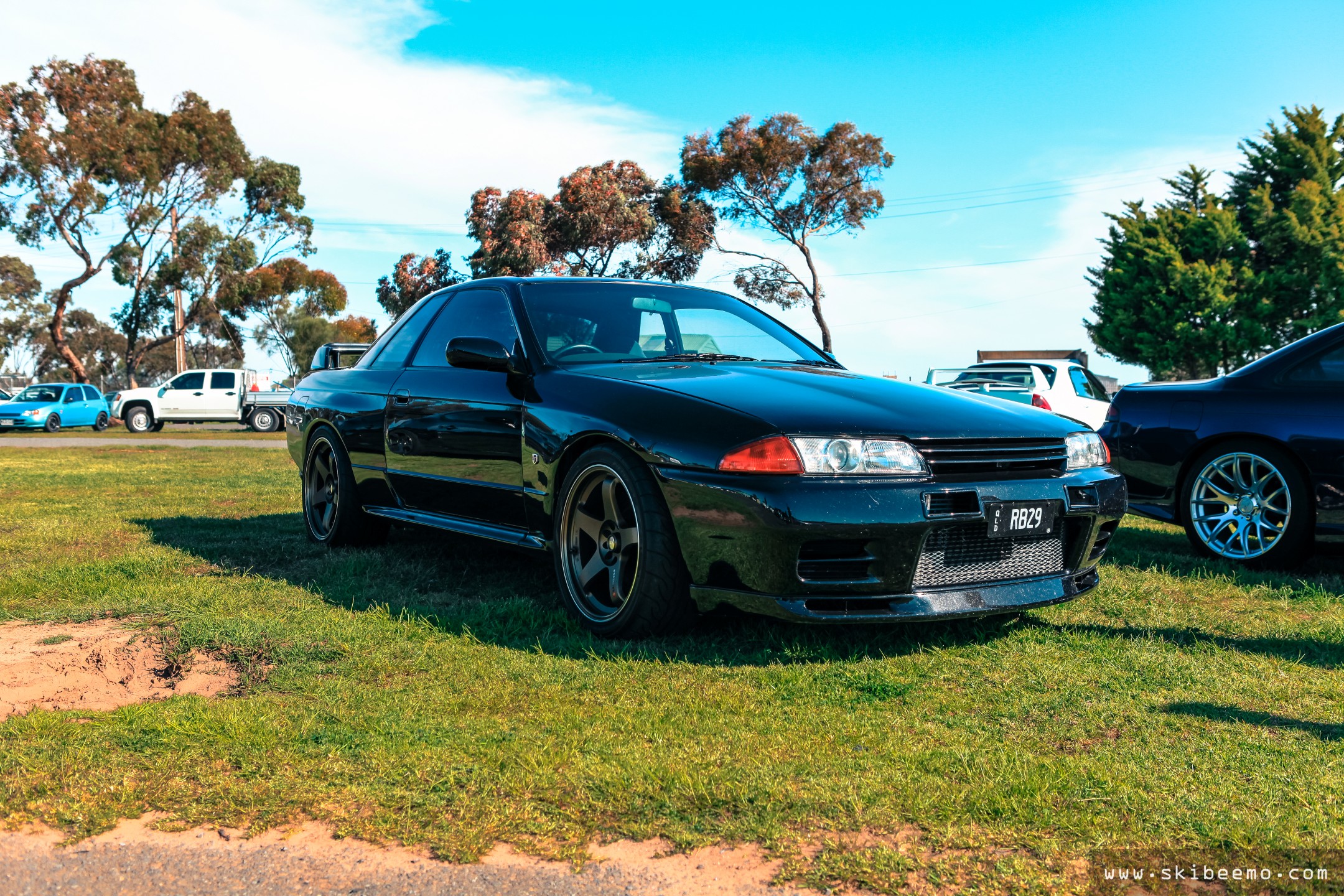
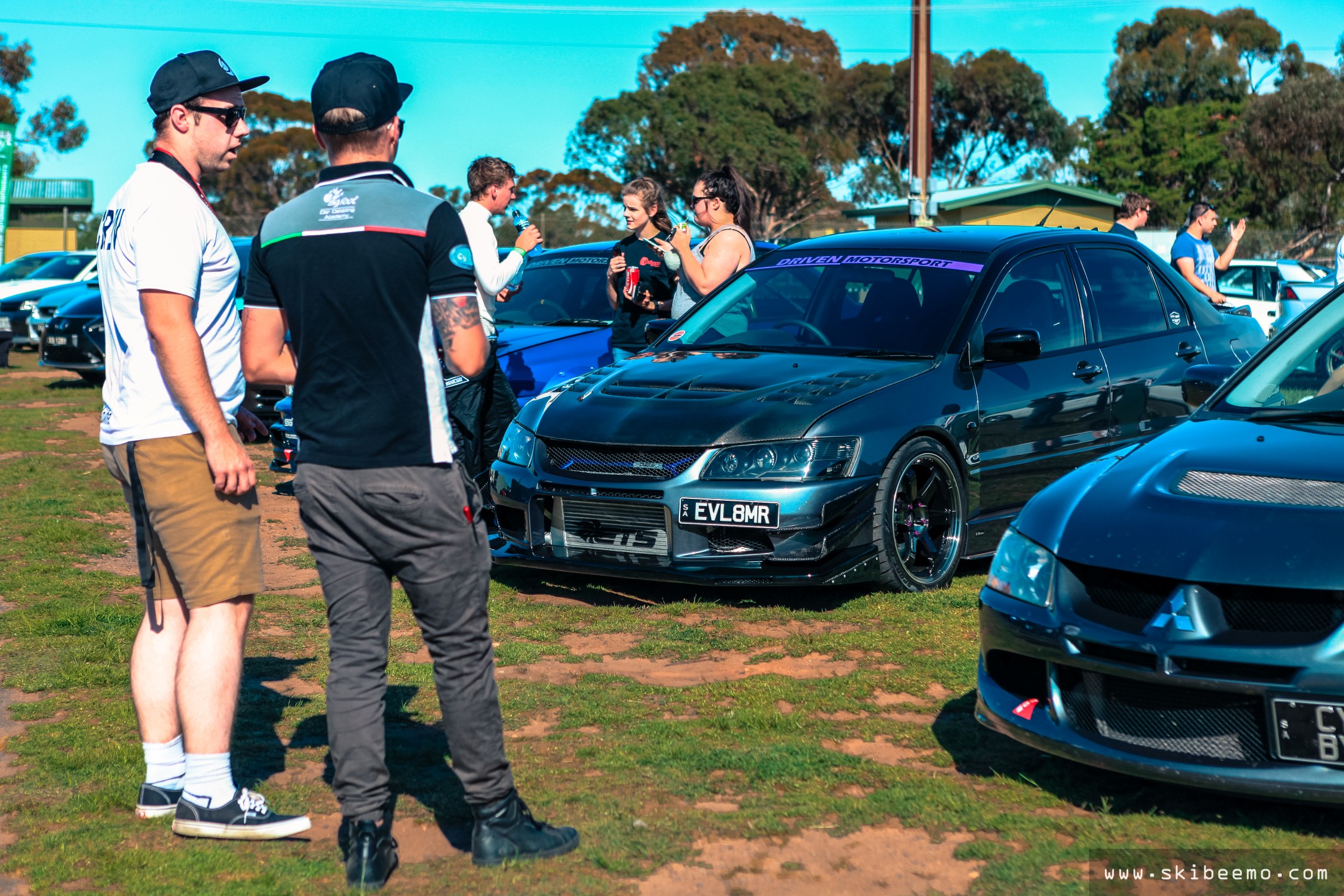
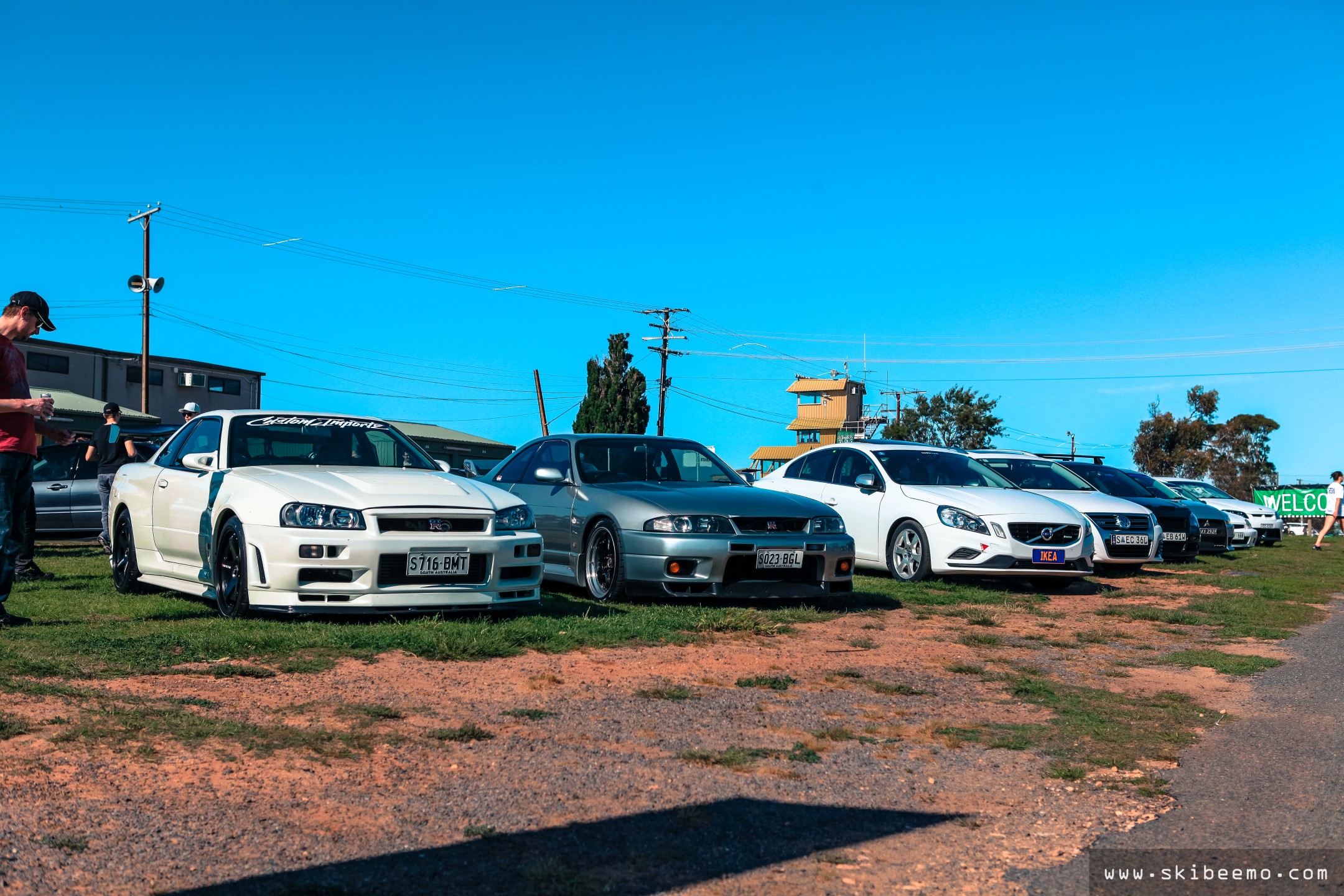
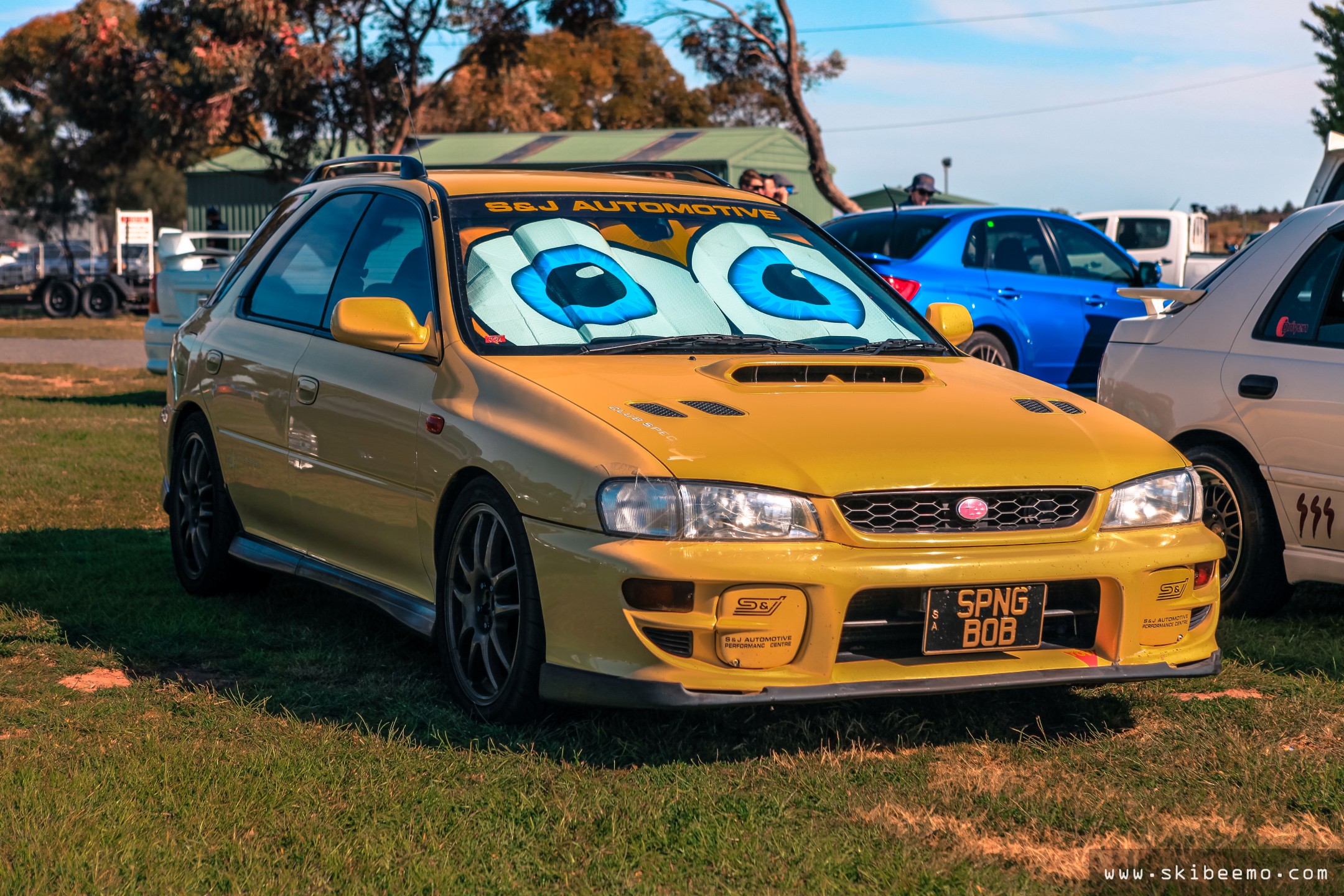
Open Class had a small but varied field of 9 cars. With even more relaxed rules and the permutation of R-compound tyres, it was very interesting to watch and see the results of those competing in this class. Adam Harris and his 2013 Lotus Exige S finished in 6th position with a 1:17.710, narrowly being beaten by Eamon Beegan, who lapped an impressive 1:17.125 in his 160-killowatt, B18C swapped 90′ Honda CRX. Open Class favourite, Paul Henshaw in his widely recognised CCC Racing S30 Zed sadly missed out on class honours; with the 810HP, stroked 2.8-litre RB26 powered 240Z managing a best of 1:12.489. It was Mark Rundle who piloted his Willall Racing built Evo 8 to a class winning 1:11.096, taking out the Open Class title.
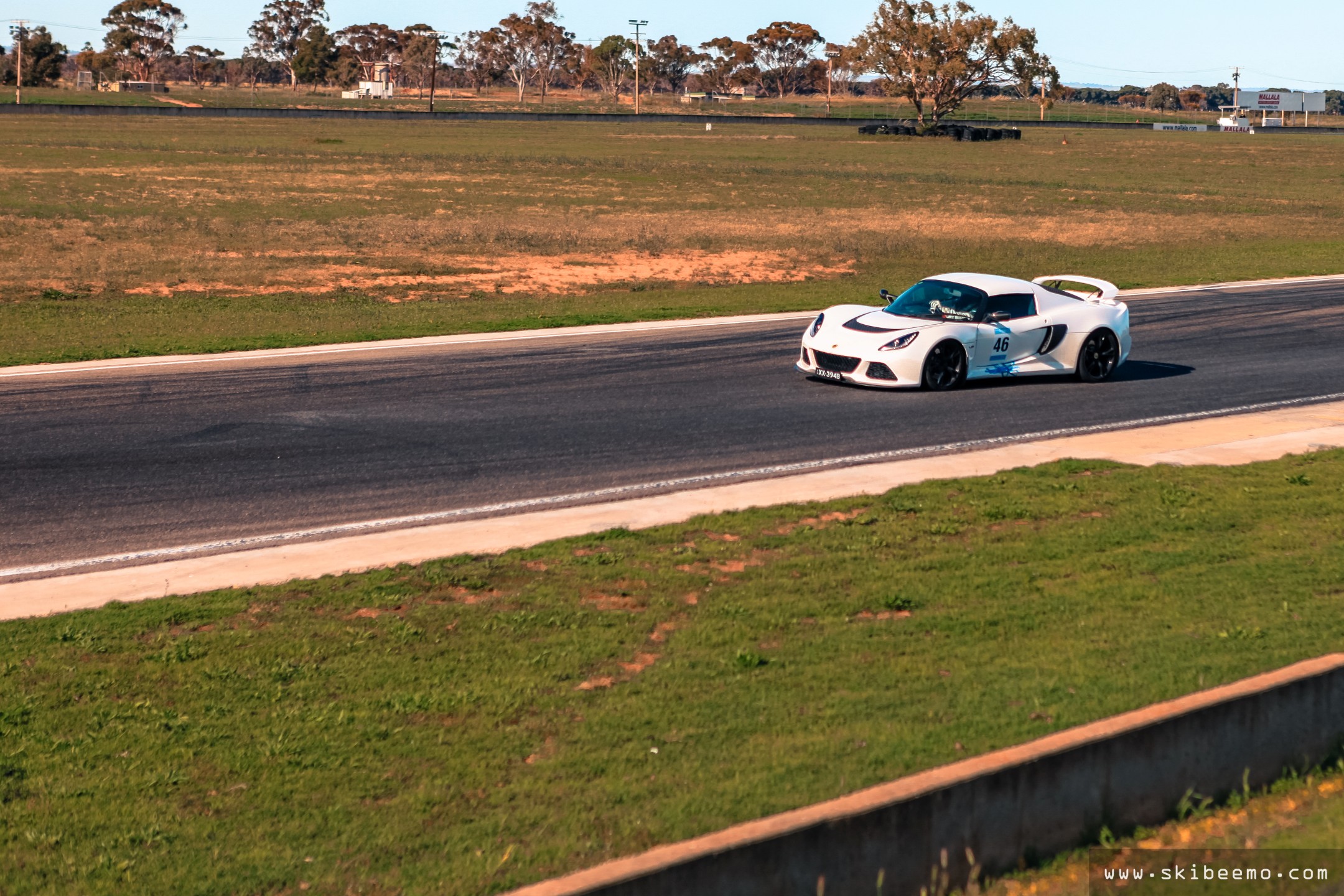

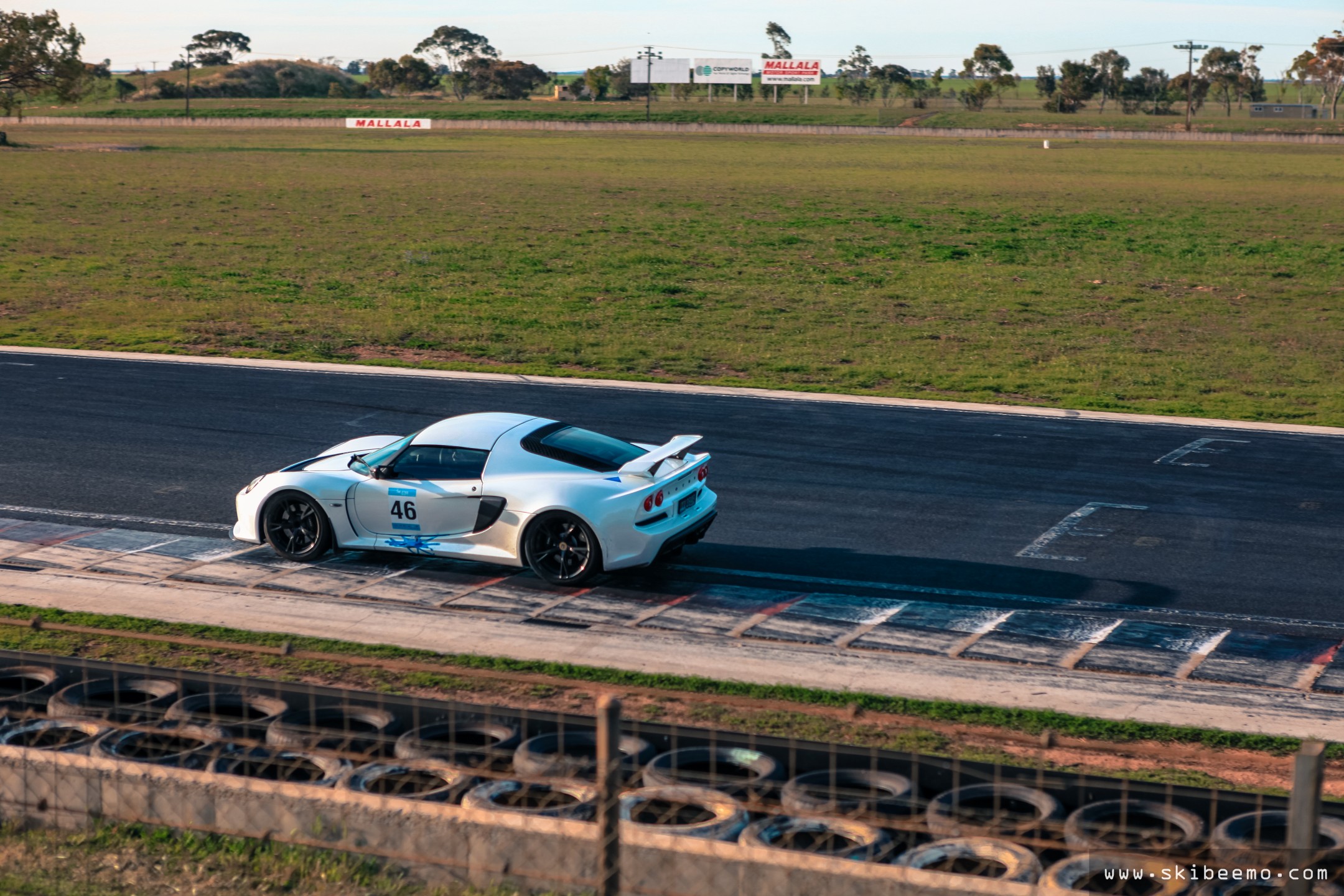
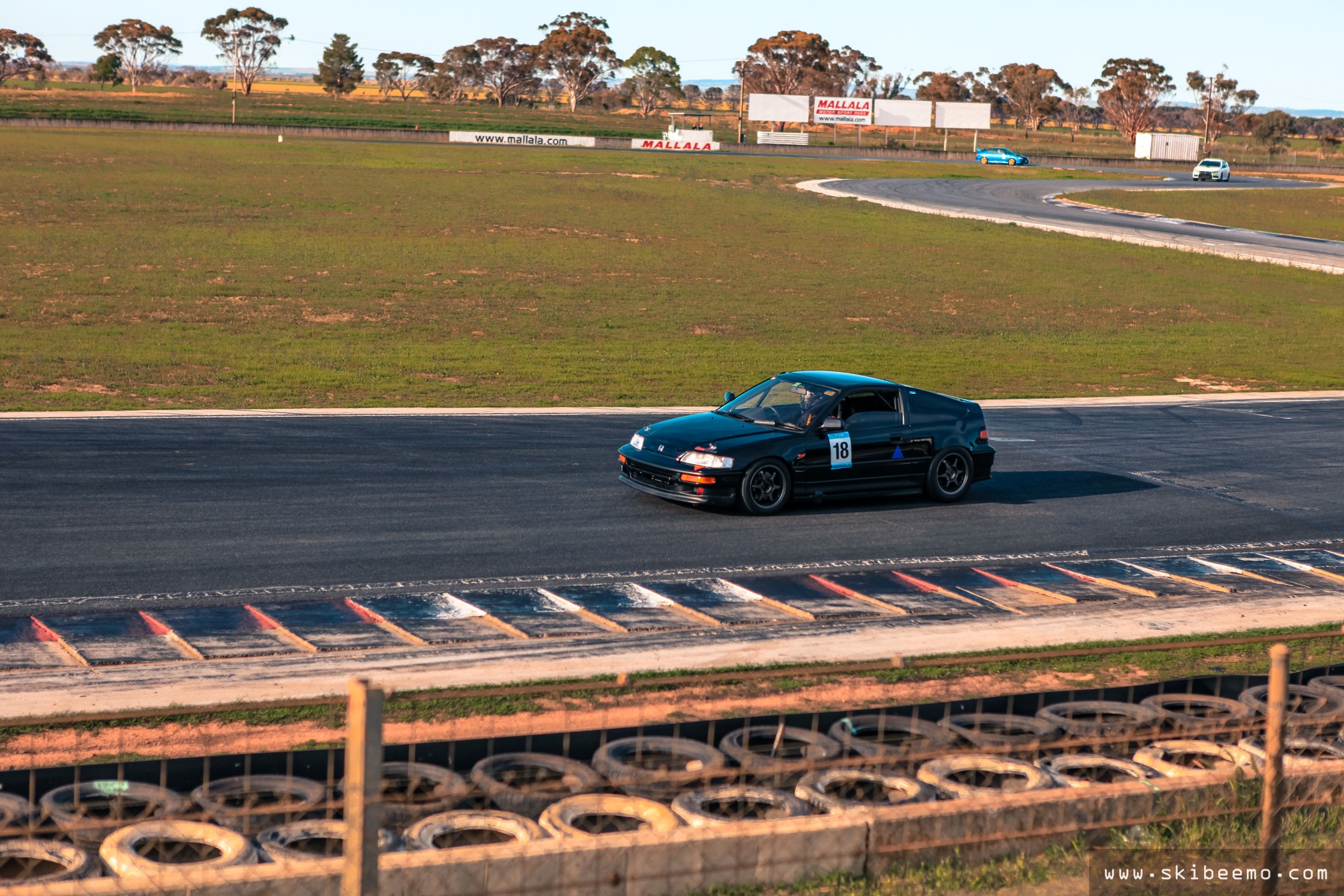
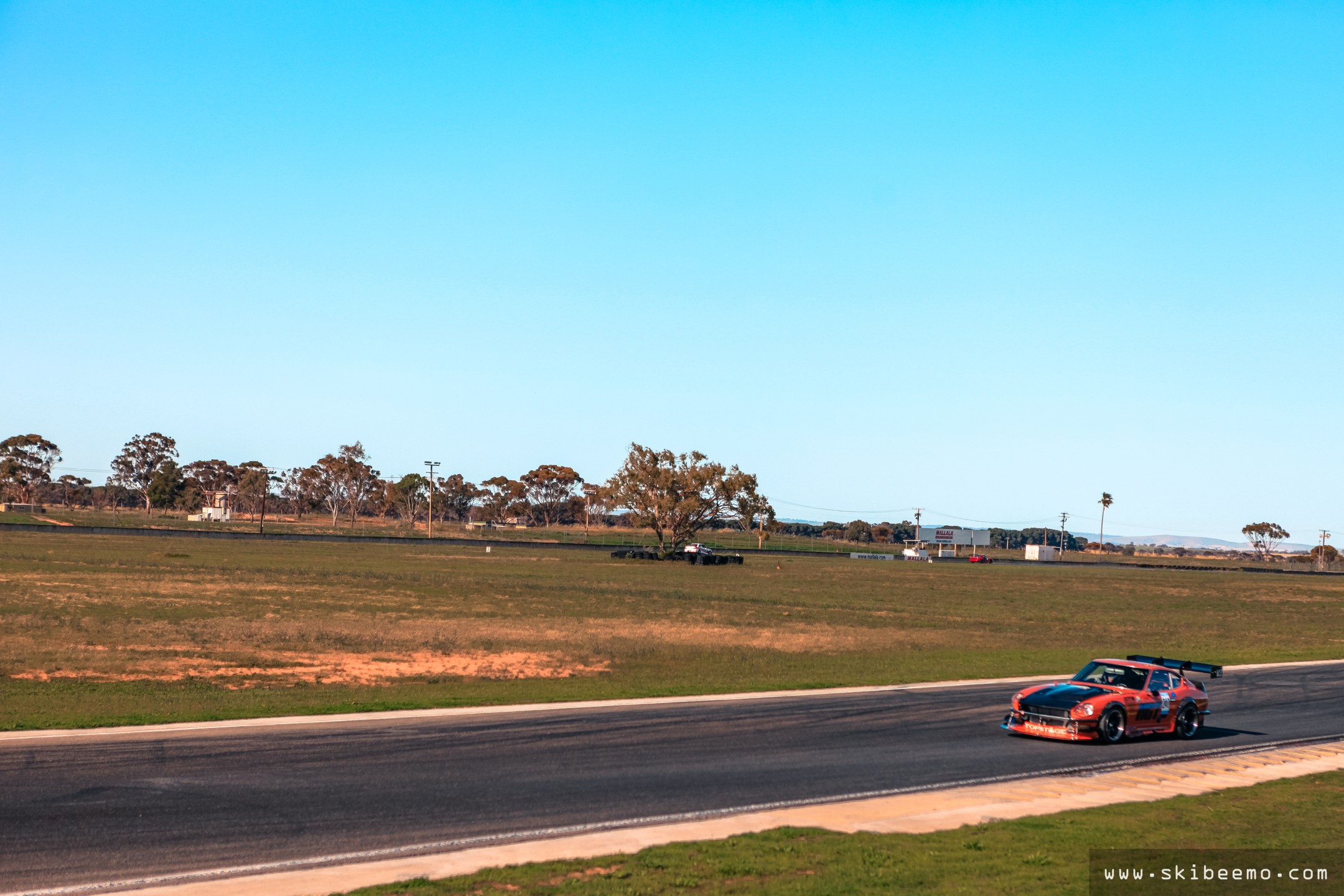
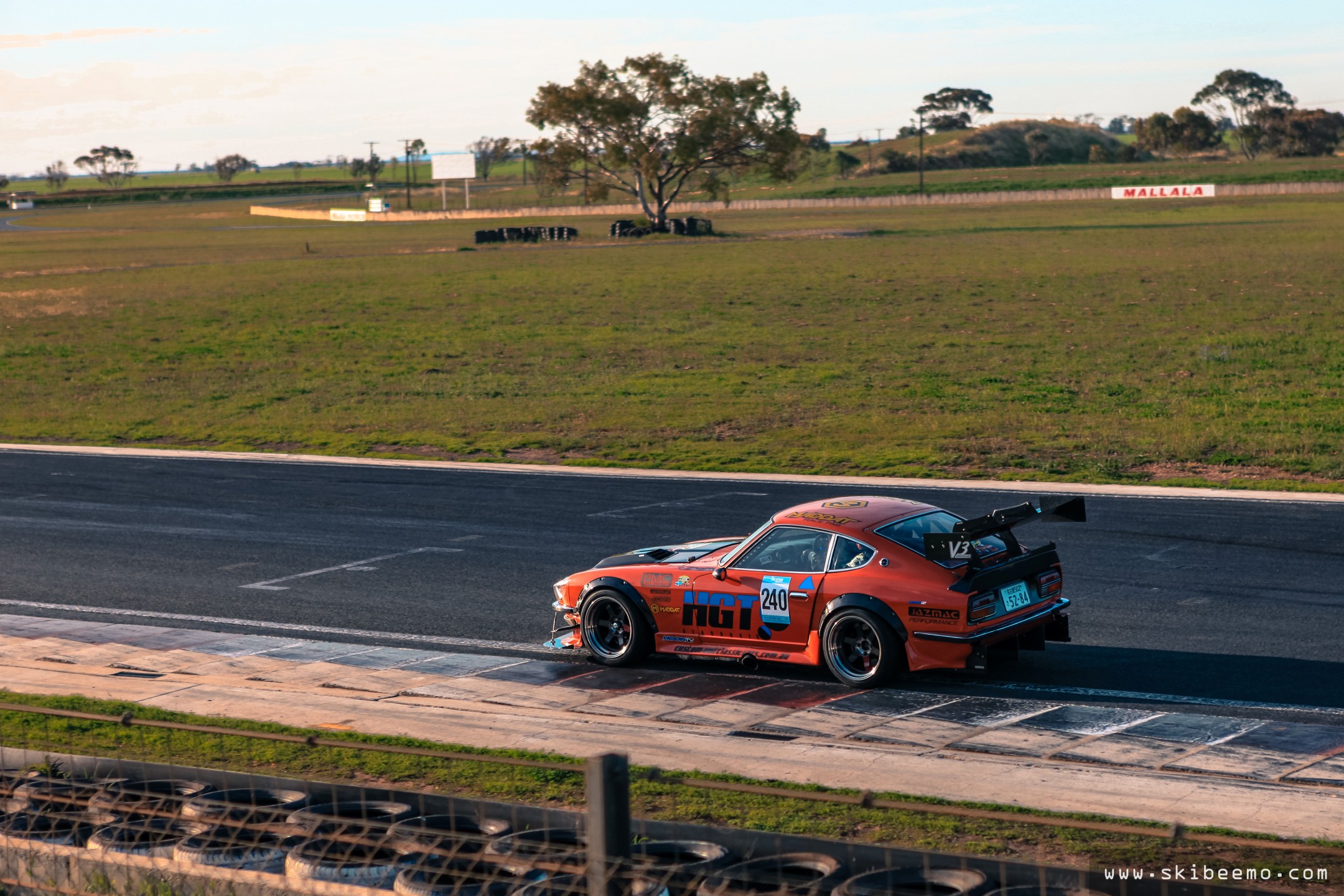

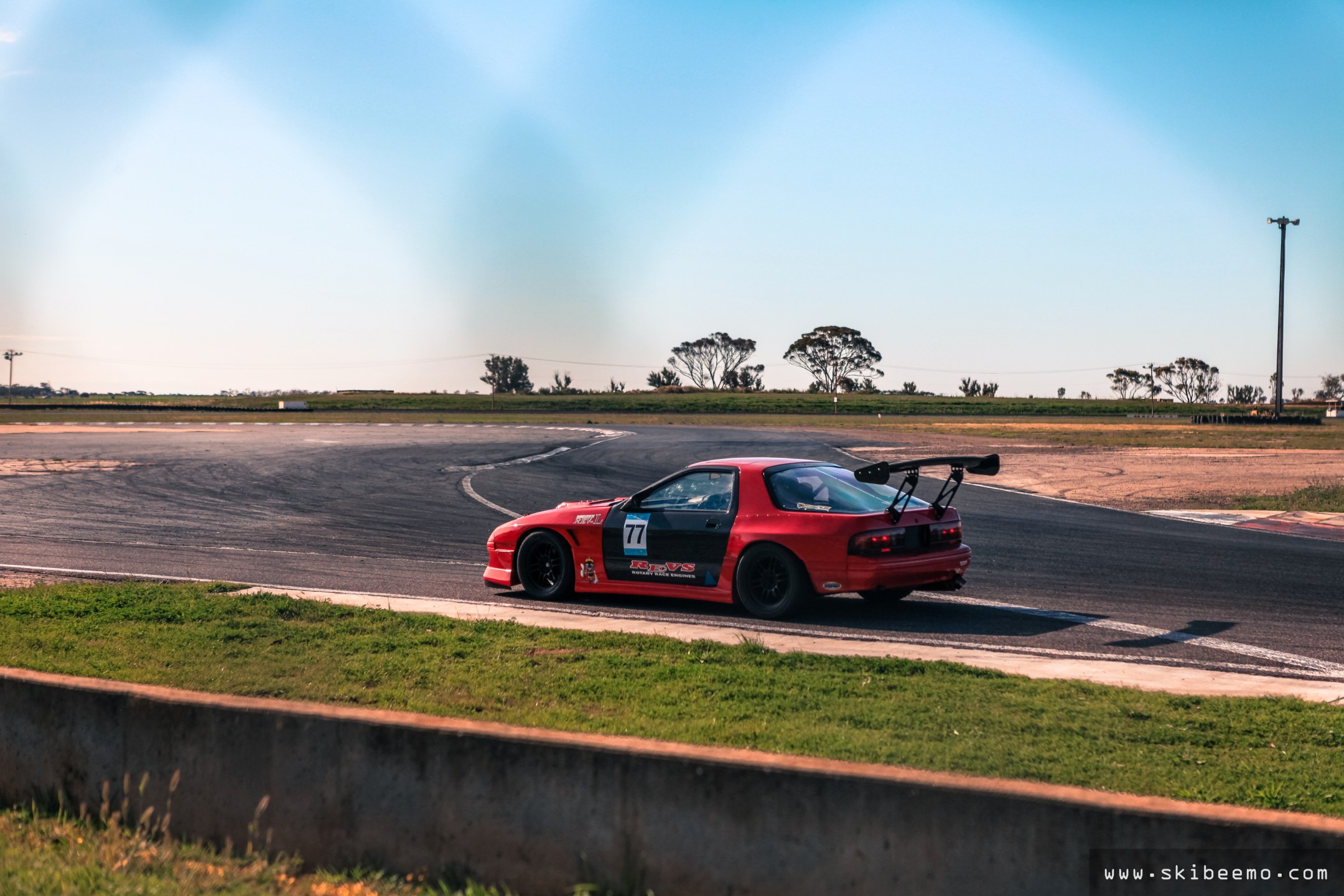
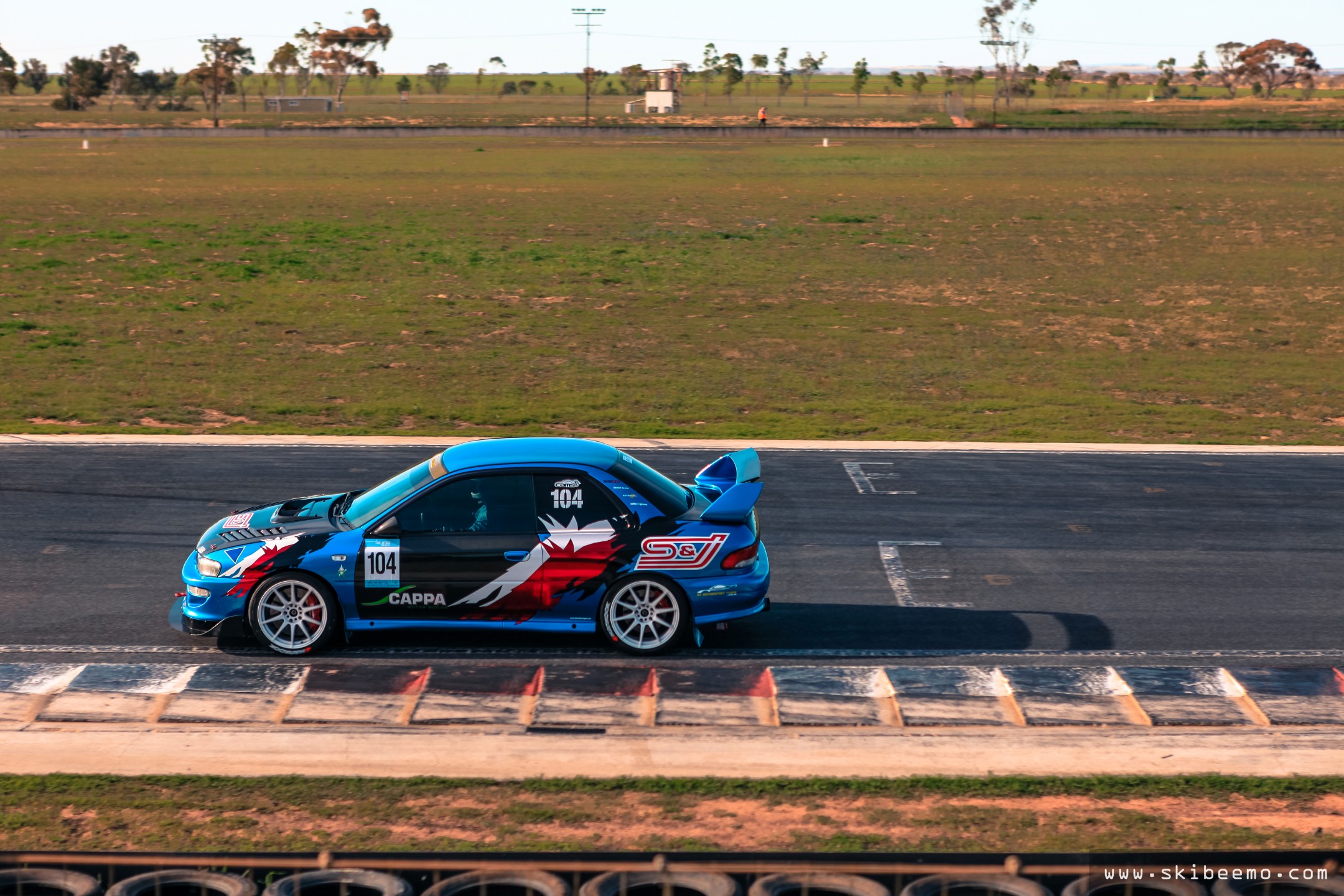

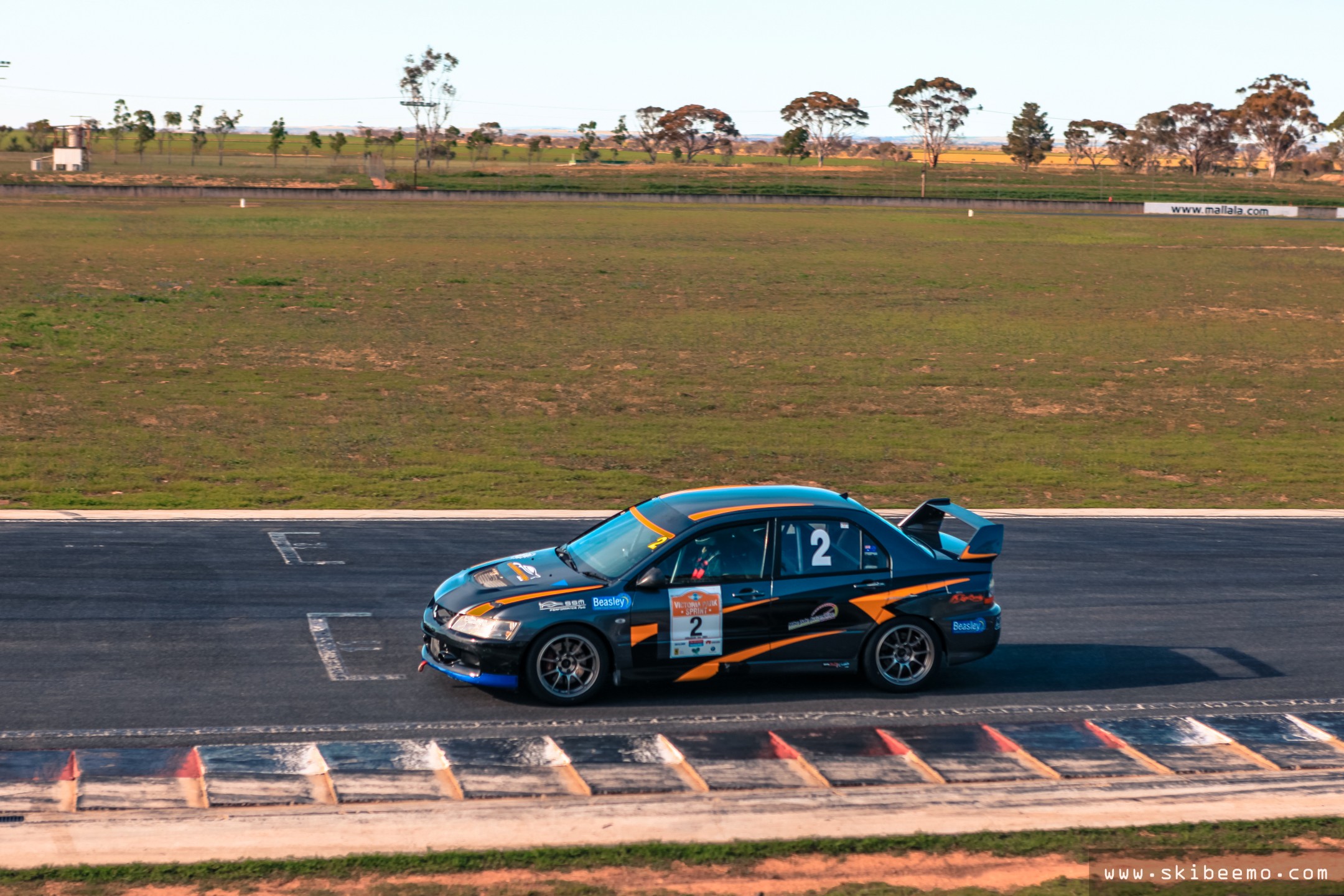
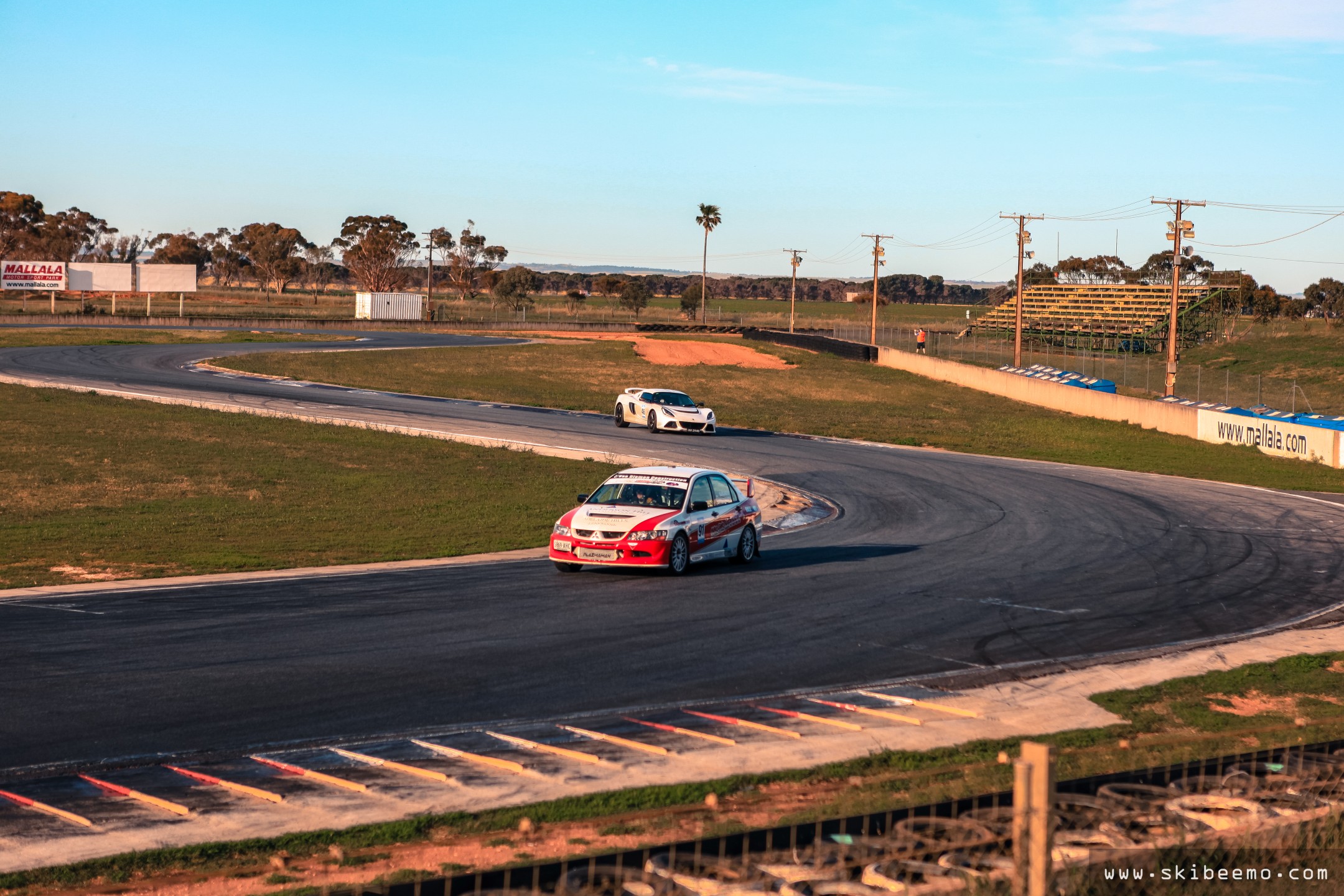
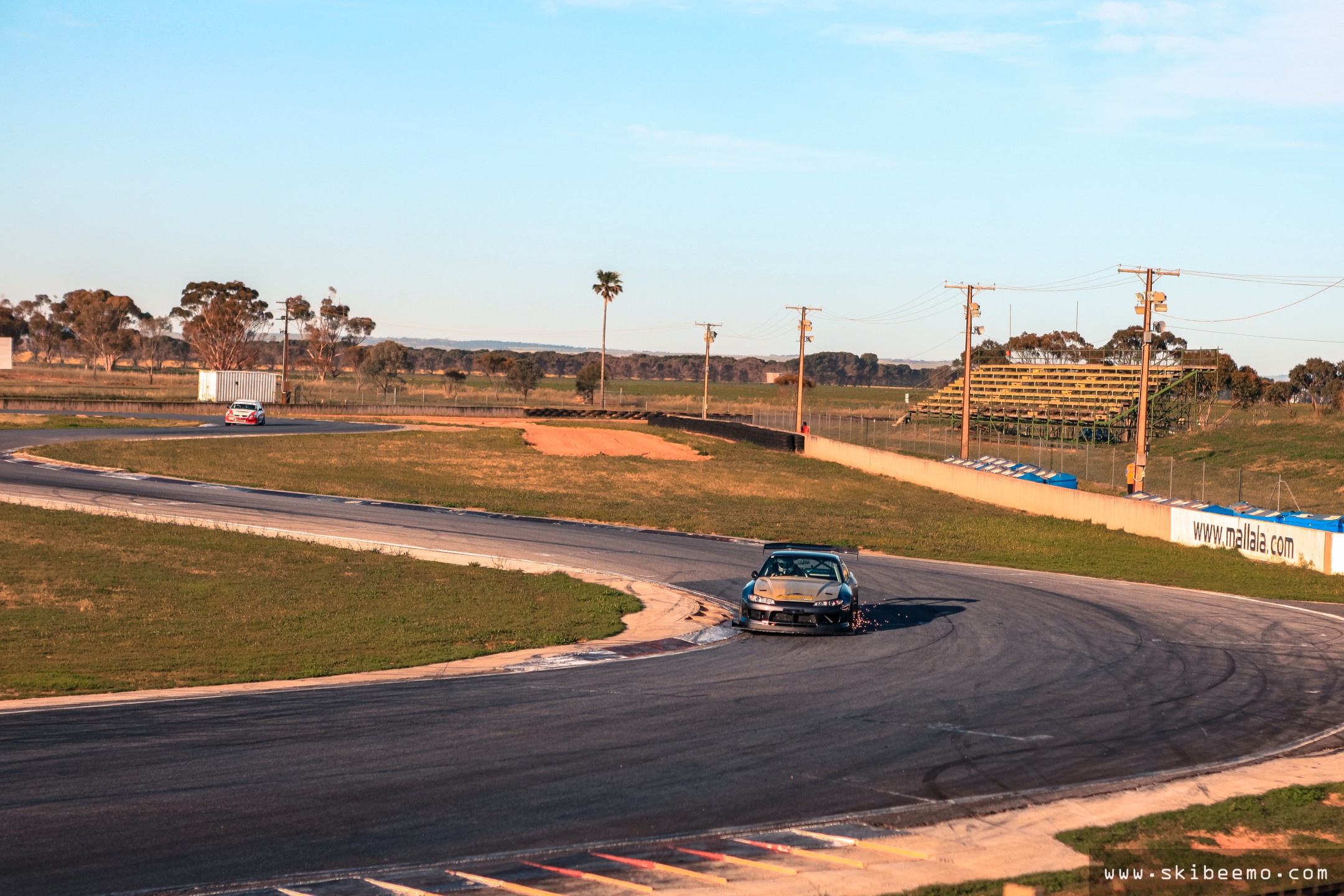
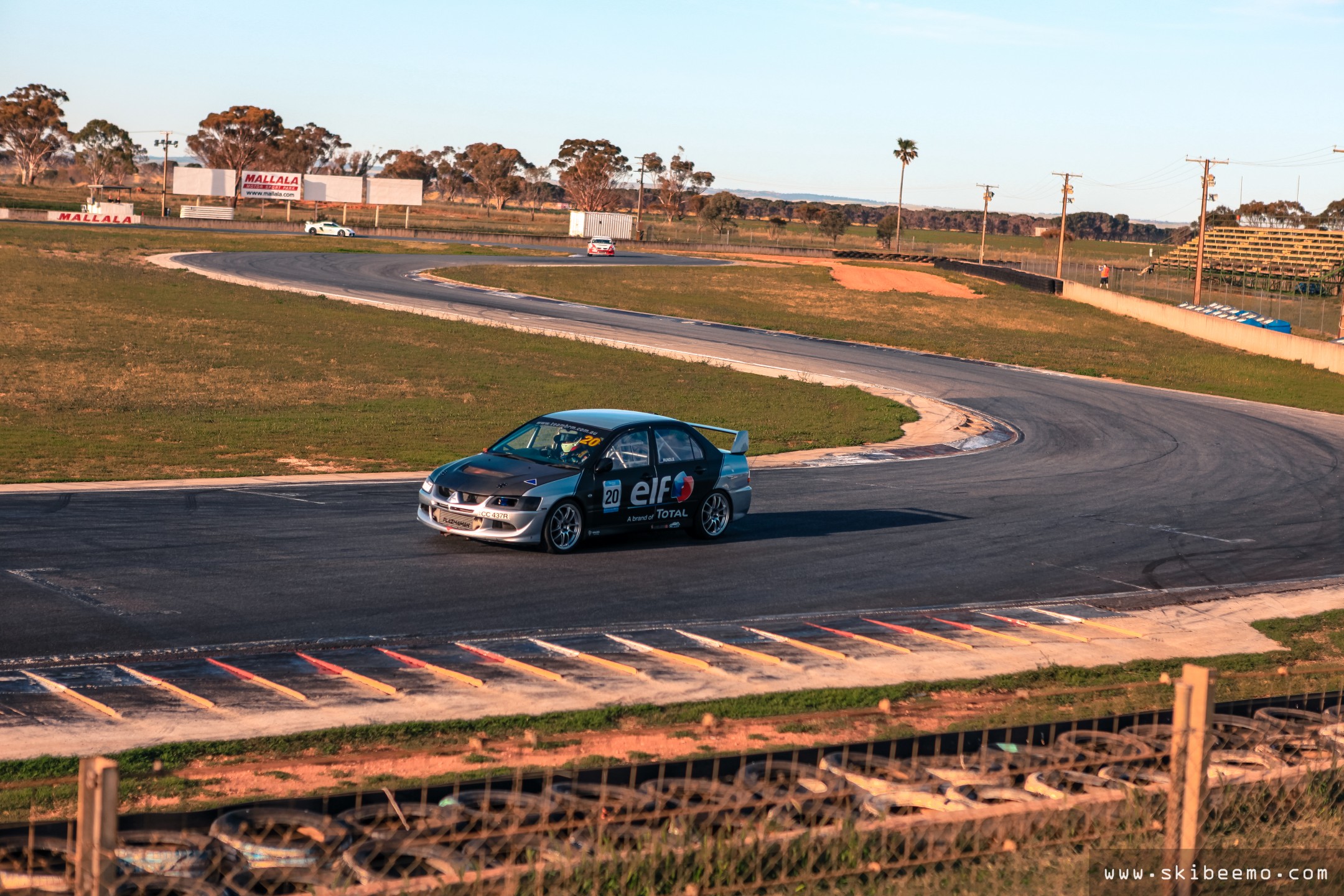
When it comes to the current fastest time attack driver and car in South Australia, Matthew Longhurst and his Bayside Blue BNR34 GT-R have become synonymous with the title. Fresh of his incredible second place finish in the Open Class at World Time Attack Challenge 2016, Matthew was the favourite to take out the Pro Class and the overall event. Despite Pro Class containing only three entrants, the drivers all put on a great show. One interstate driver, Jason Dorrington, even towed his Topstage carbon-bodied FD RX-7 all the way from Victoria to be at the event. Jason managed a best of 1:18.719, which put him in third place. This left Matthew and his GT-R as well as fellow local hero, Brad Trenwith in his 20B-powered FD RX-7 to fight it out for top honours. Unfortunately for Brad, his superb 1:09.331 was only enough to score him second place.
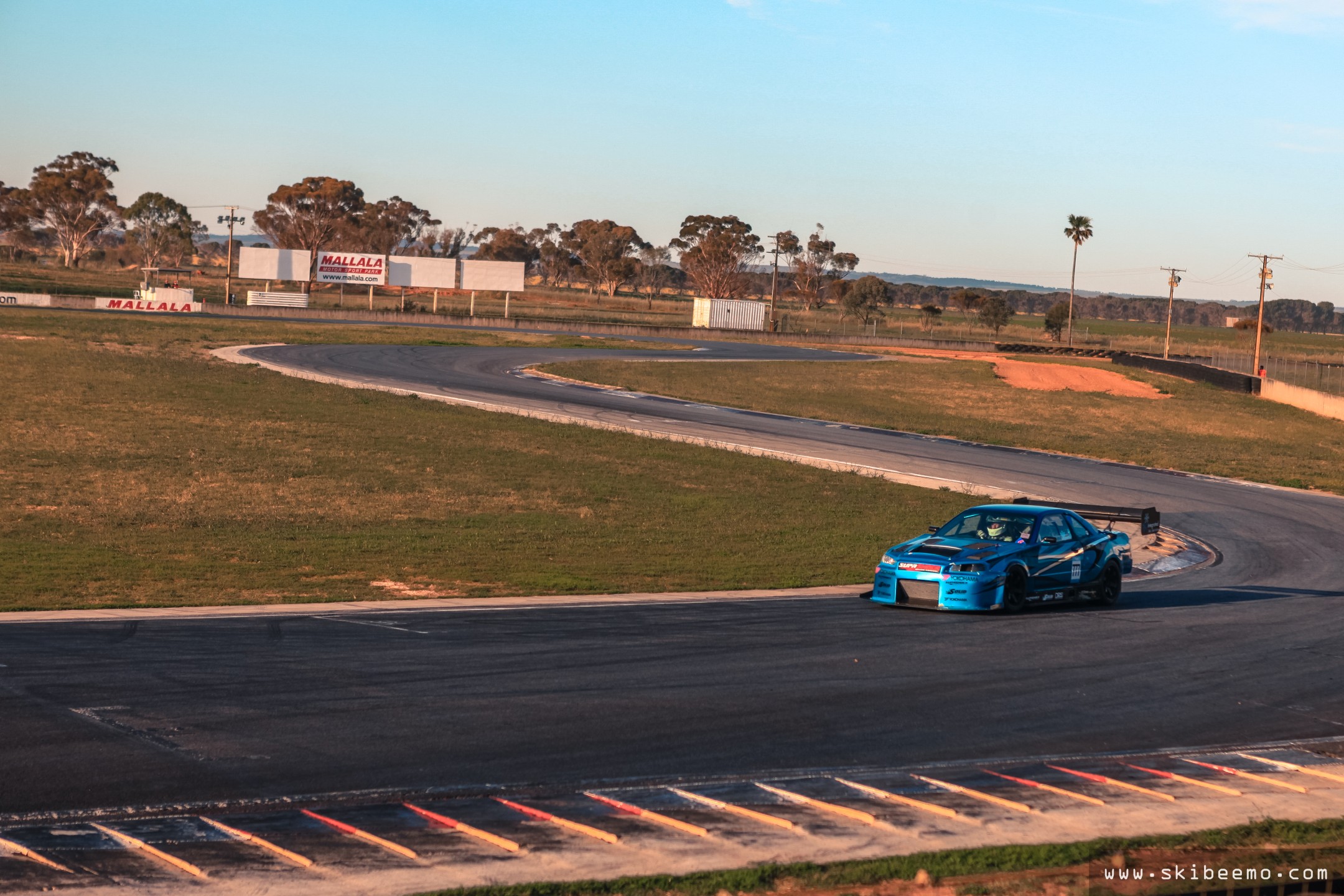
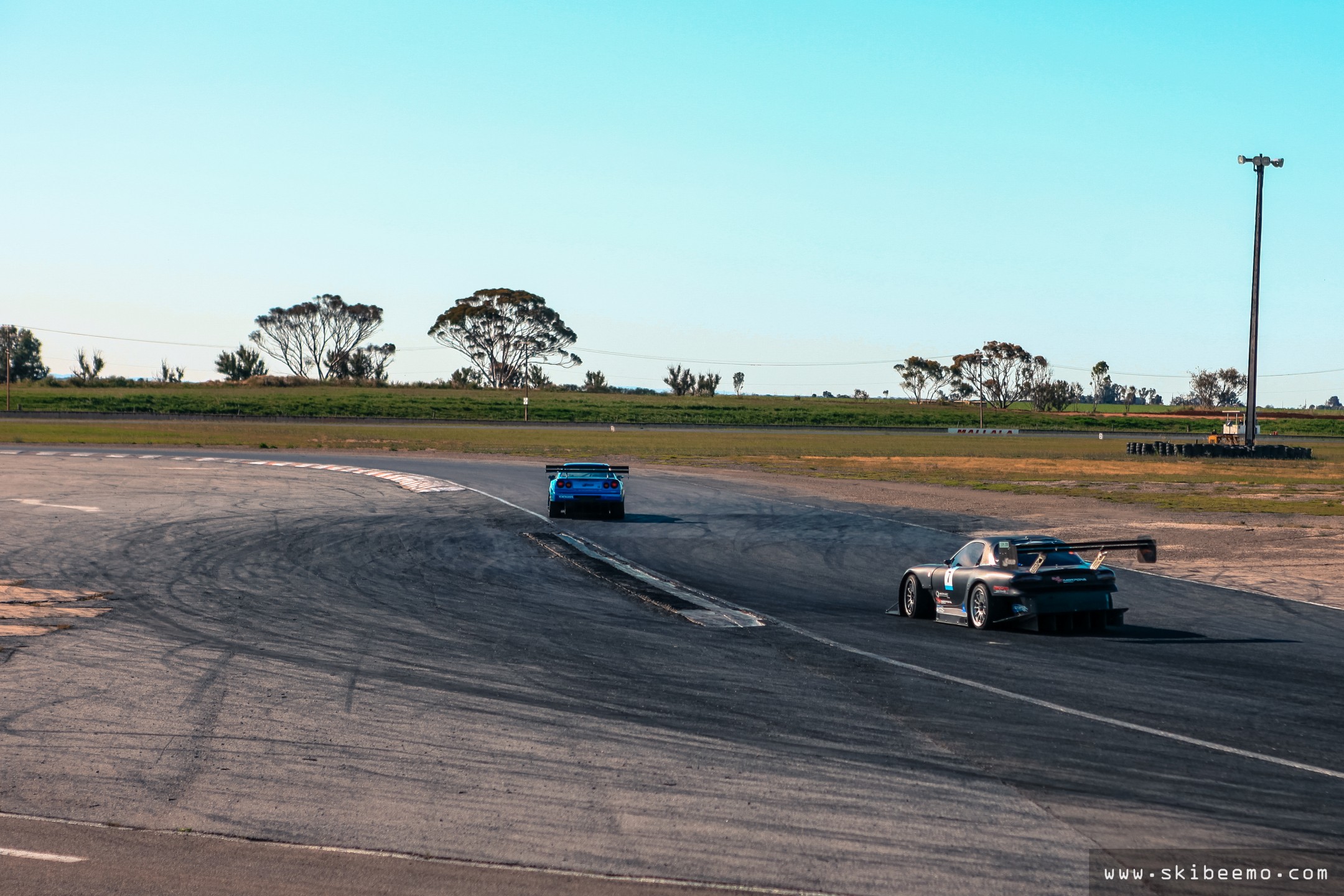
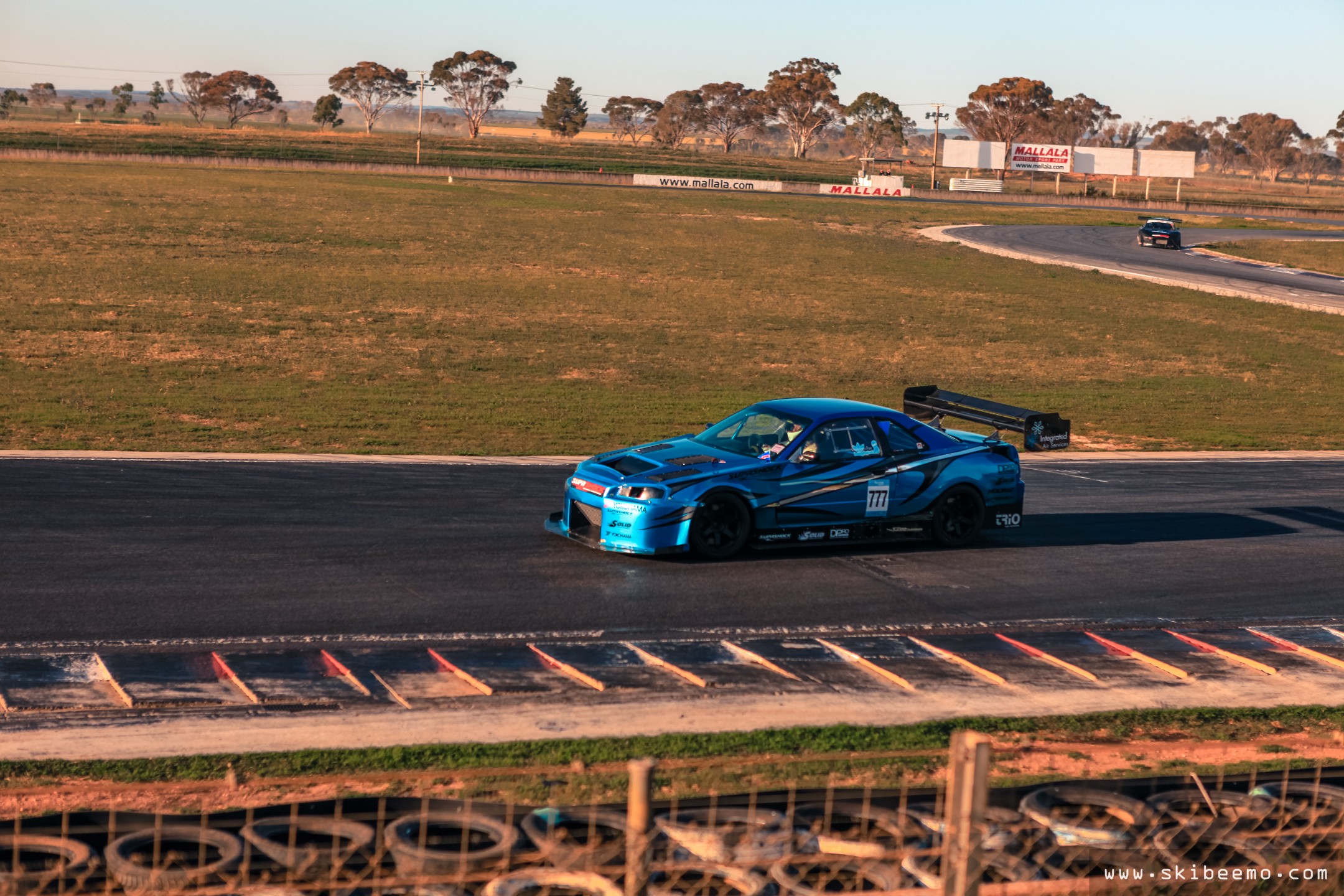
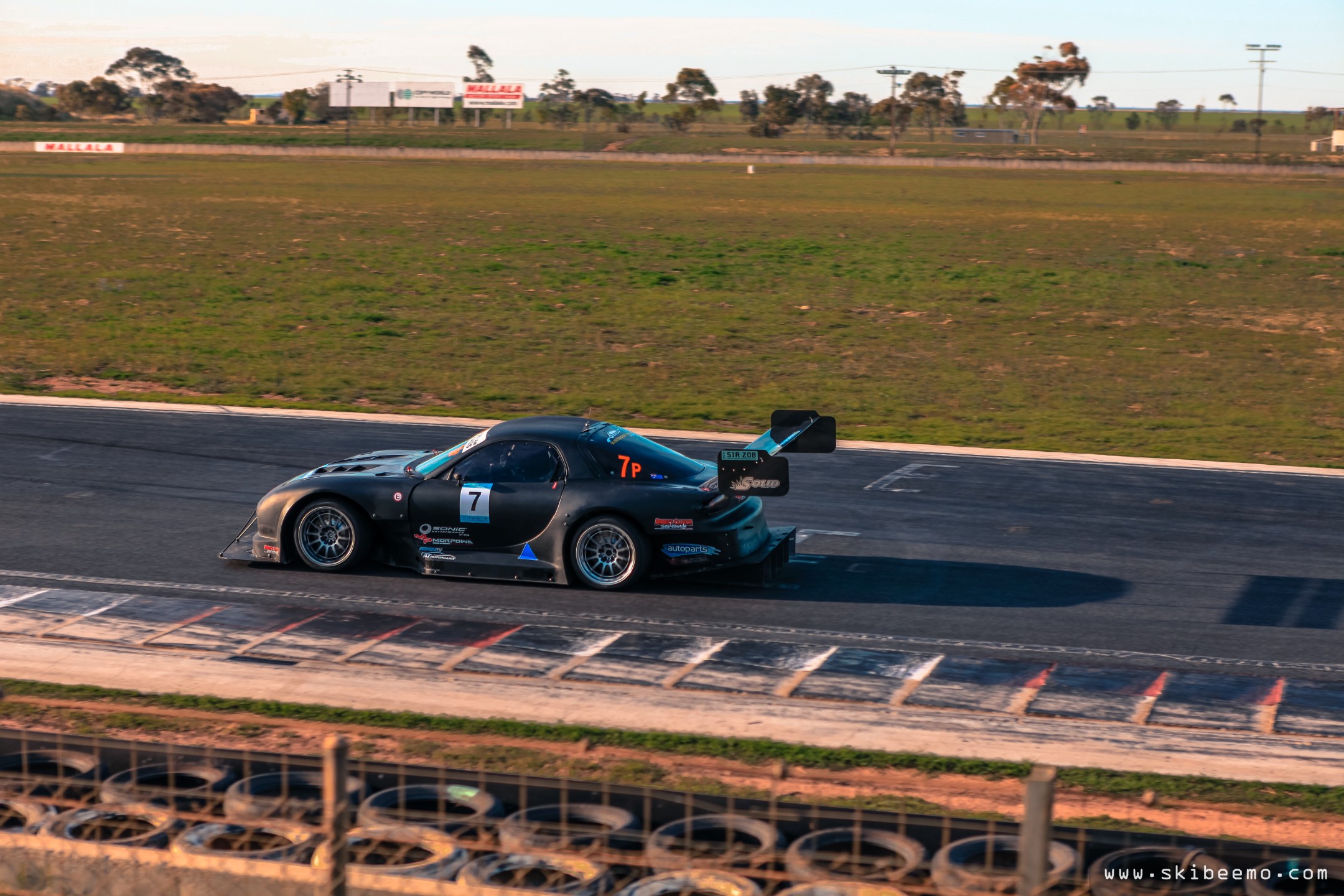
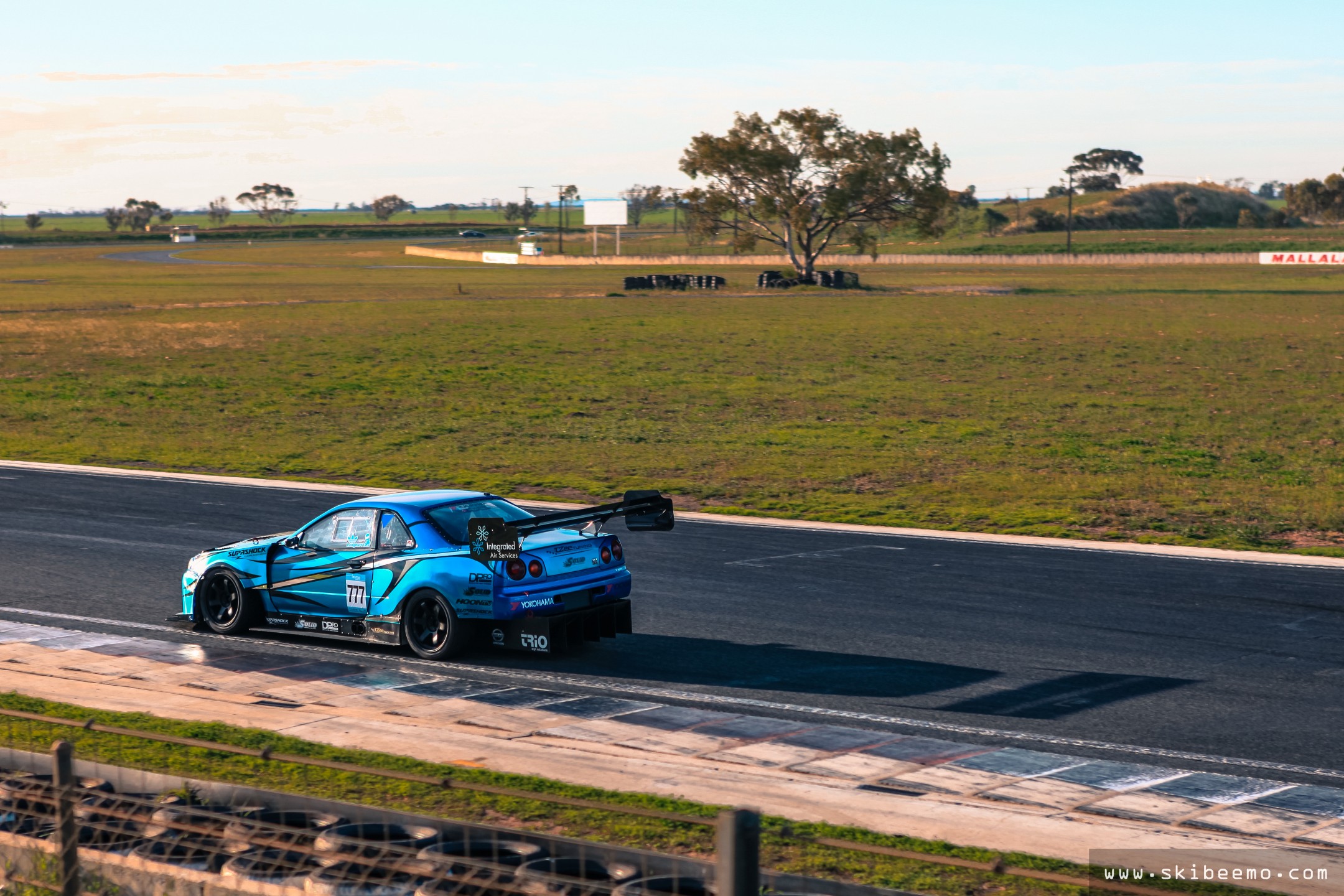
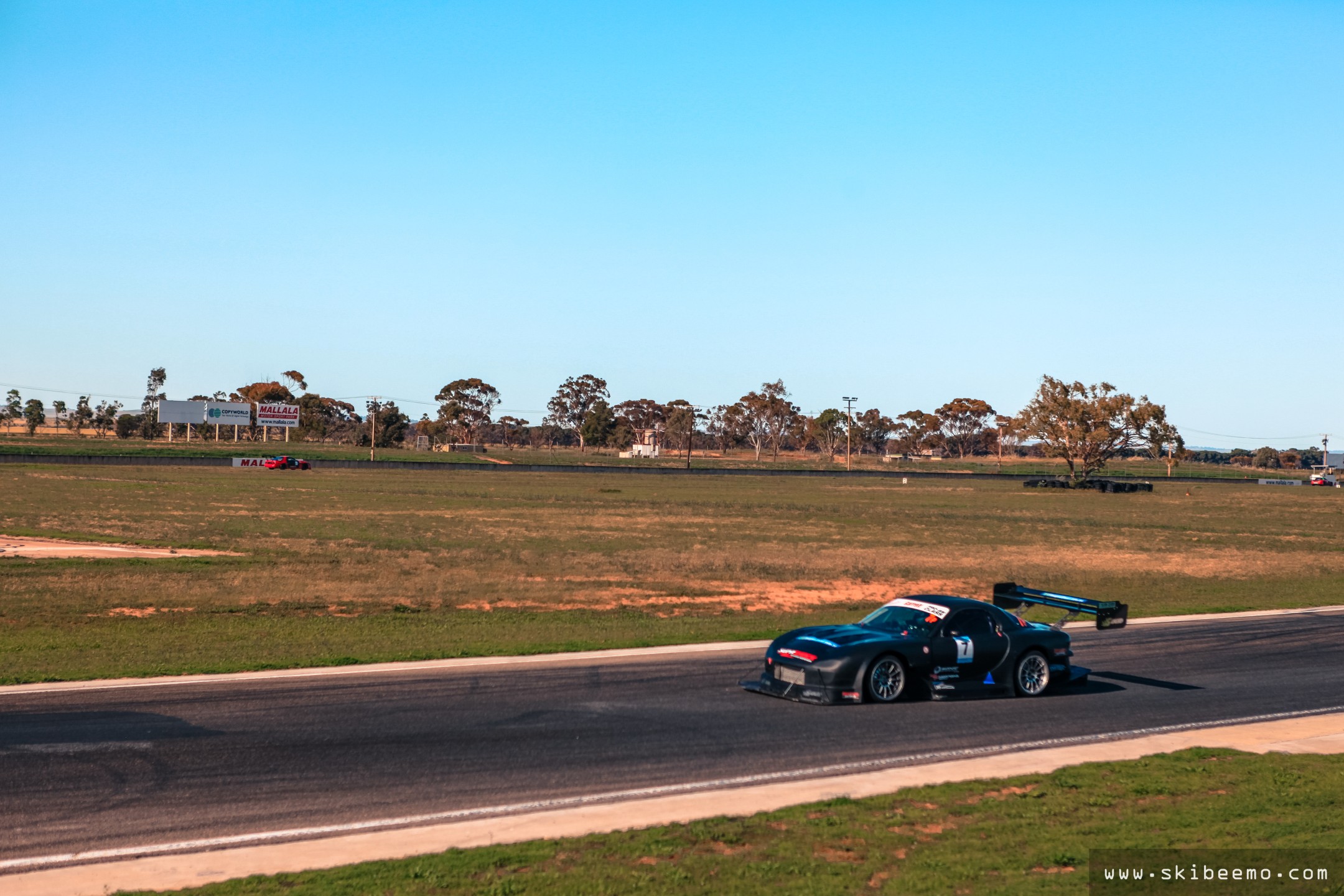
It was Matthew Longhurst, who once again demonstrated why he is the fastest time attack driver in South Australia; piloting his RB28-powered, 900HP Integrated Motorsport GT-R to a record-smashing and spine-tingling 1:06.799, taking out first place in Pro Class and subsequently, outright overall.
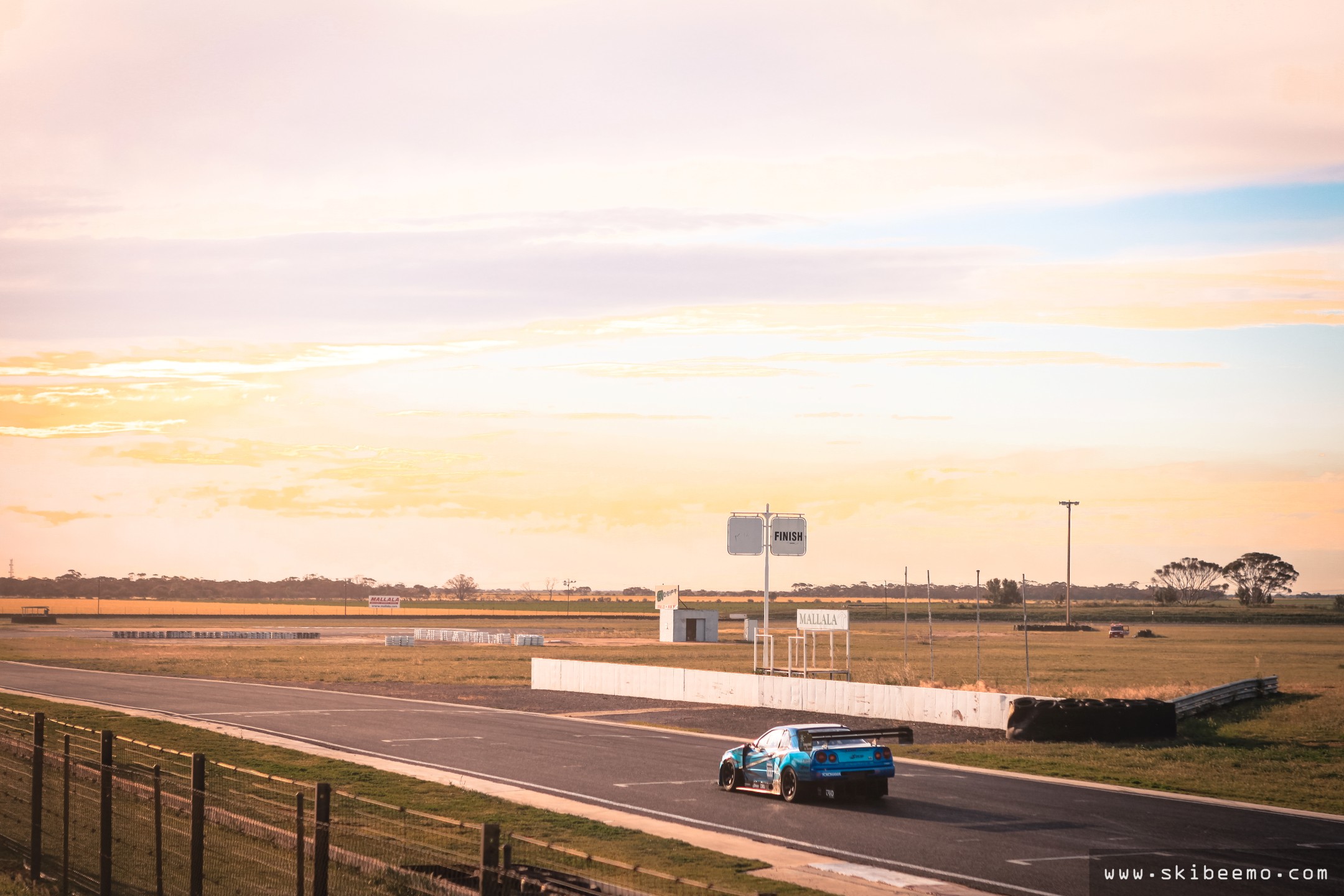
As the time attack community continues to grow in South Australia, so will this event. MGEC have done a tremendous job in putting this event together and their passion for time attack racing really shines through. Spectator entrance and parking was also free which really says a lot about the event. It’ll be exciting to see how time attack racing develops here in South Australia, as the state will be receiving a new race-circuit in the form of an FIA Category 2 certified track at Tailem Bend. I’m sure our local, future local, interstate, and international time attack drivers will be pleased with that.
![]()

